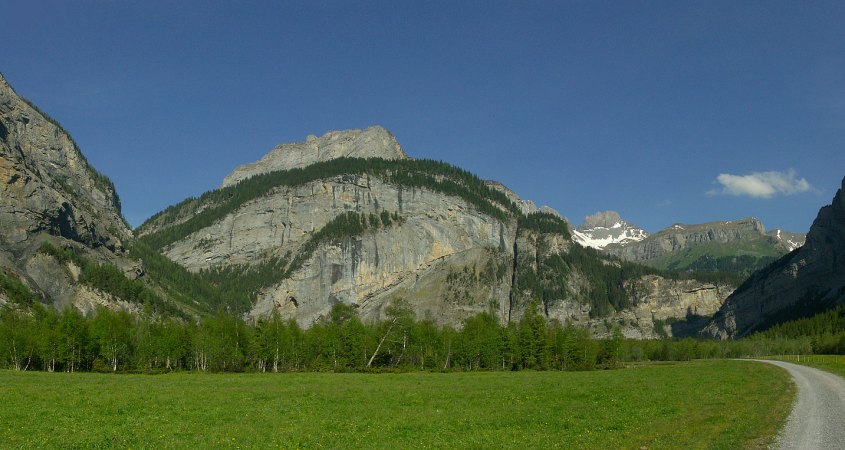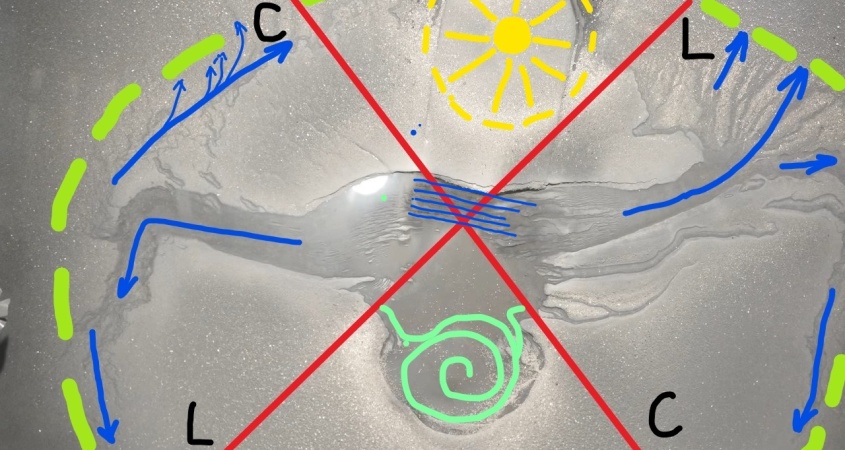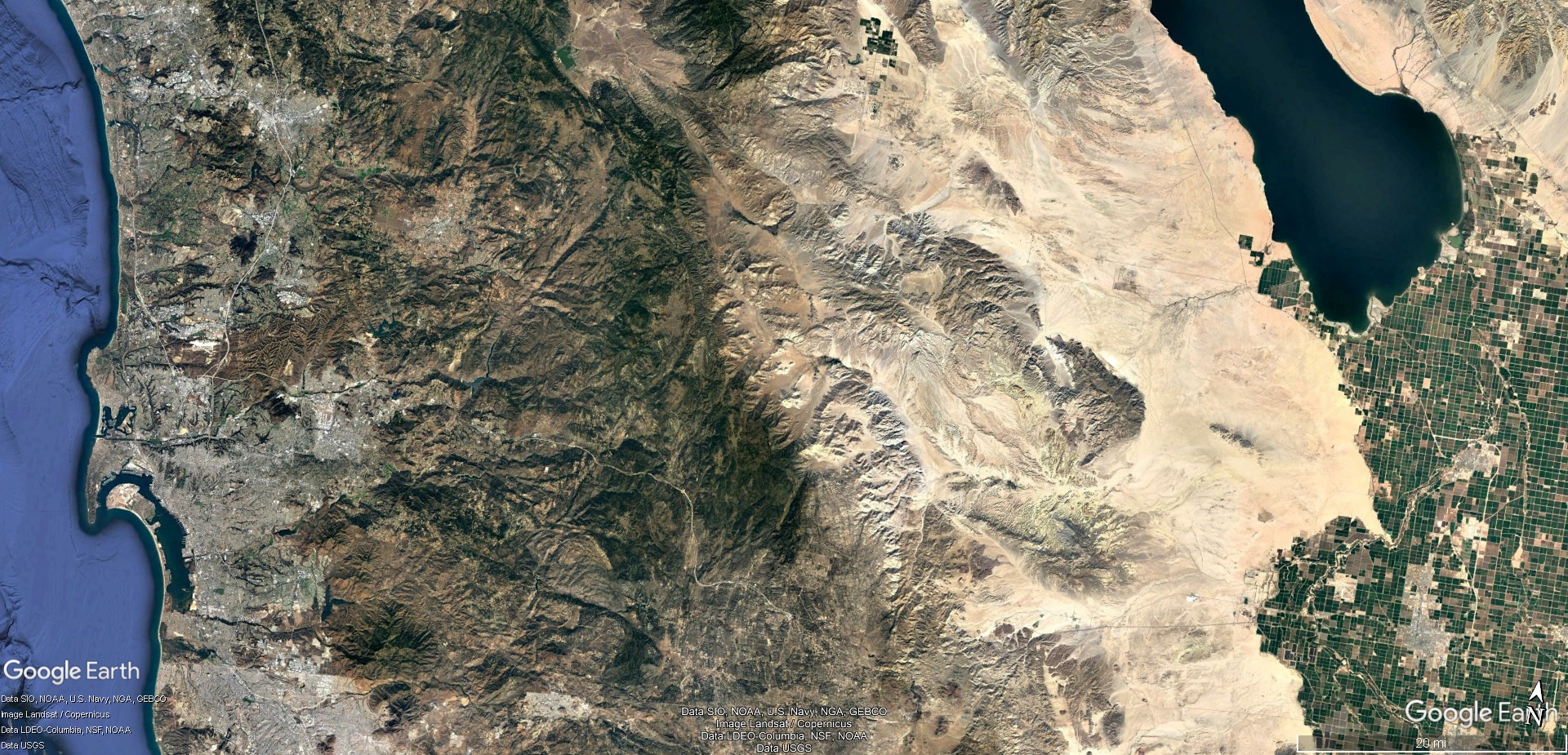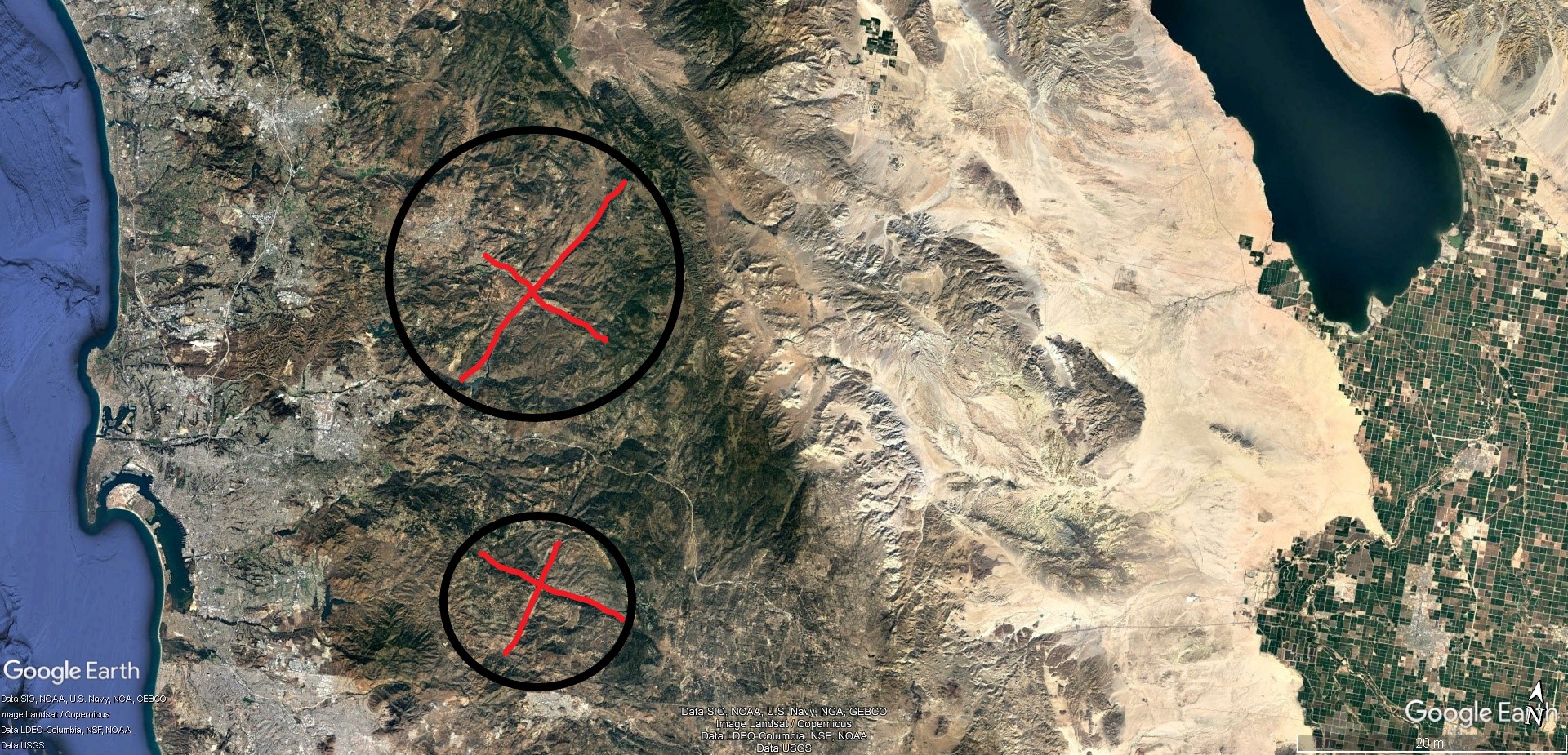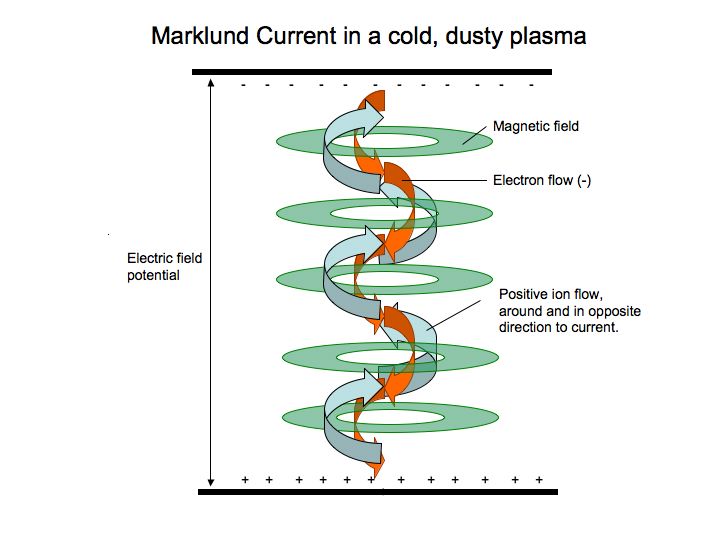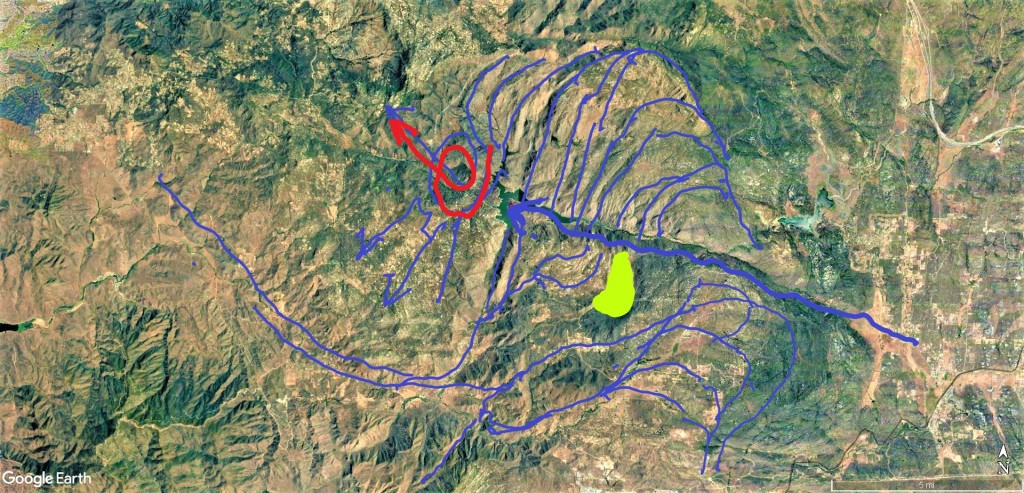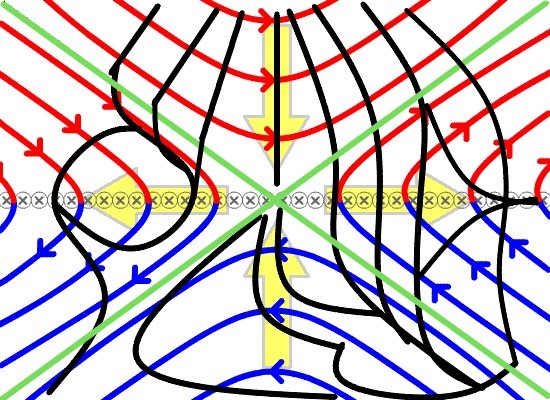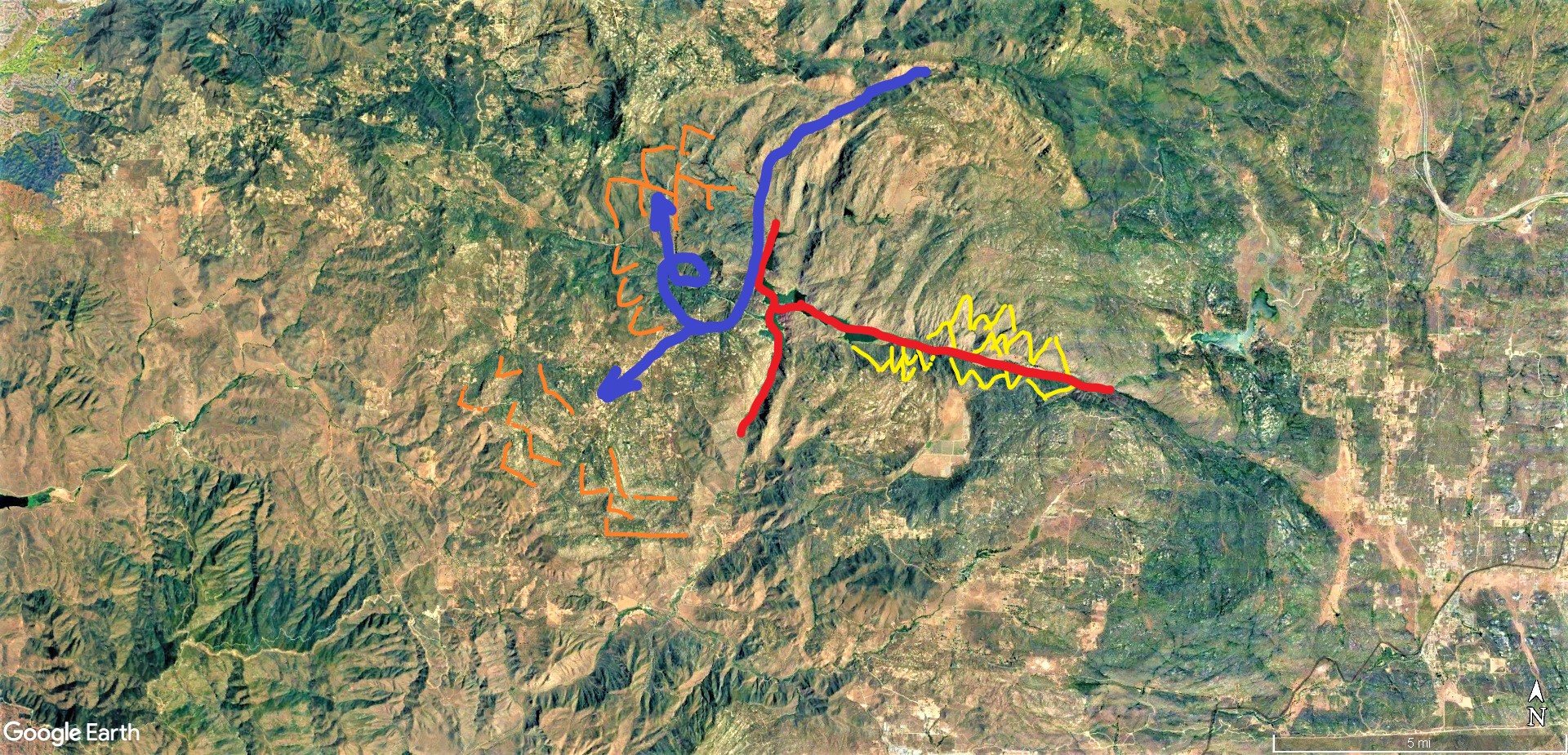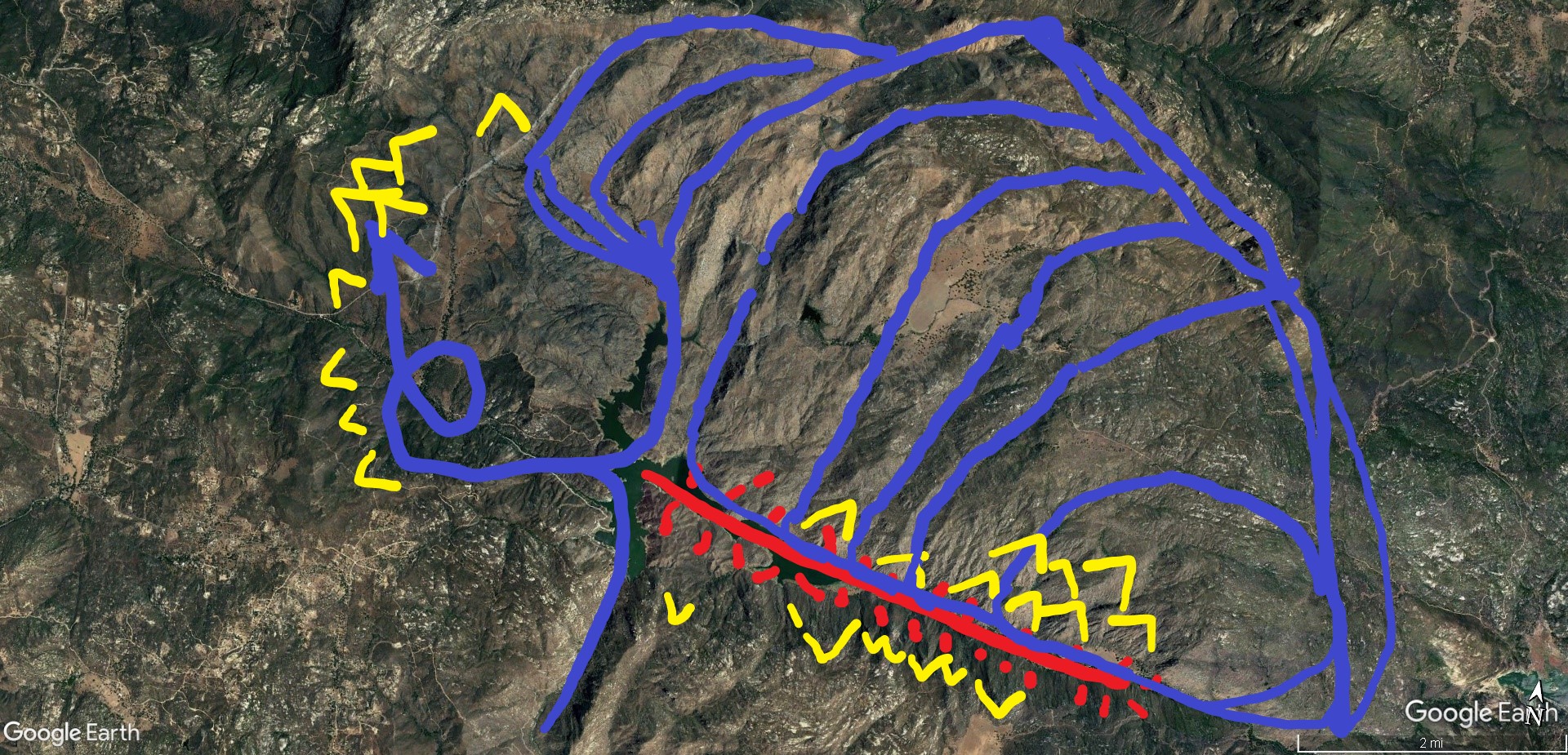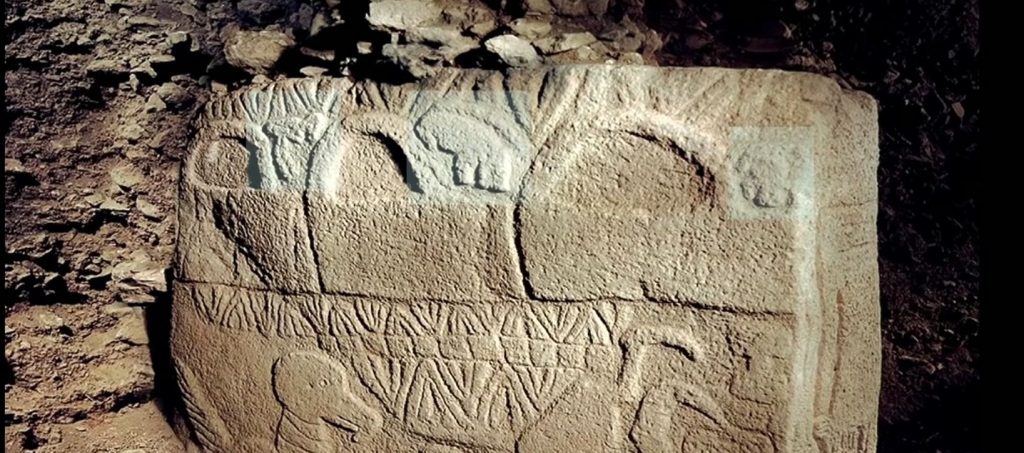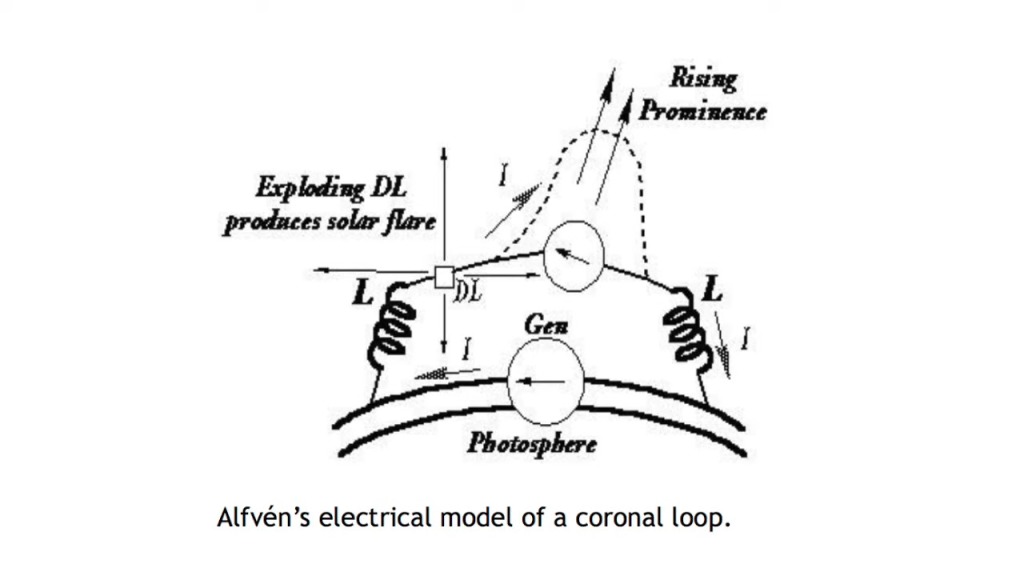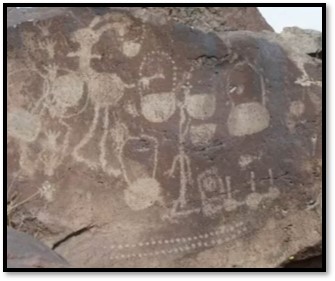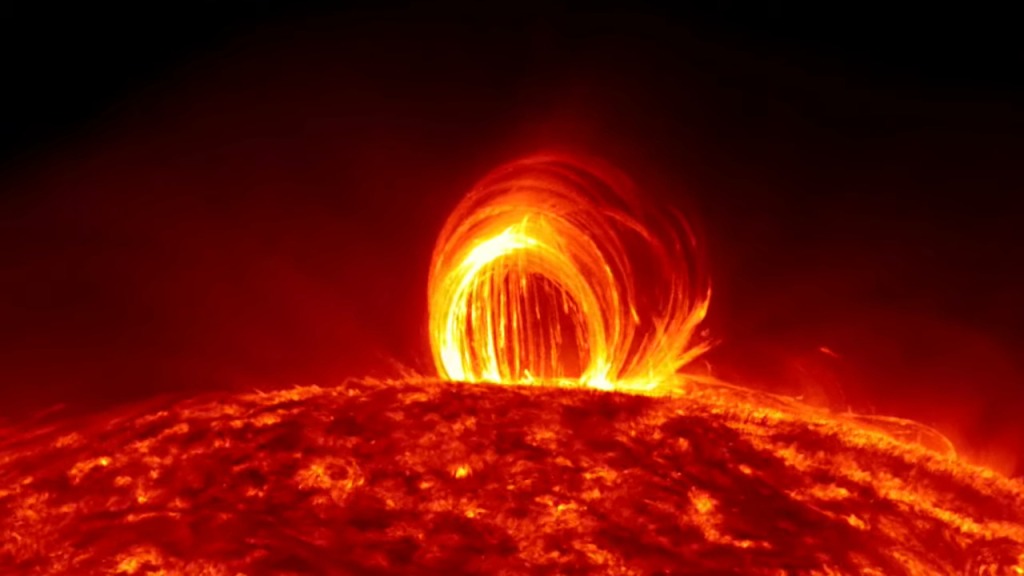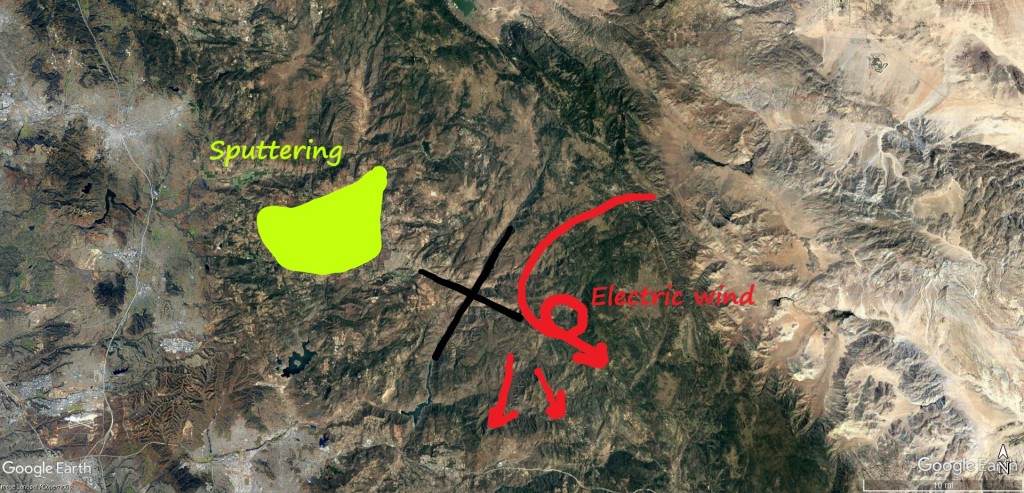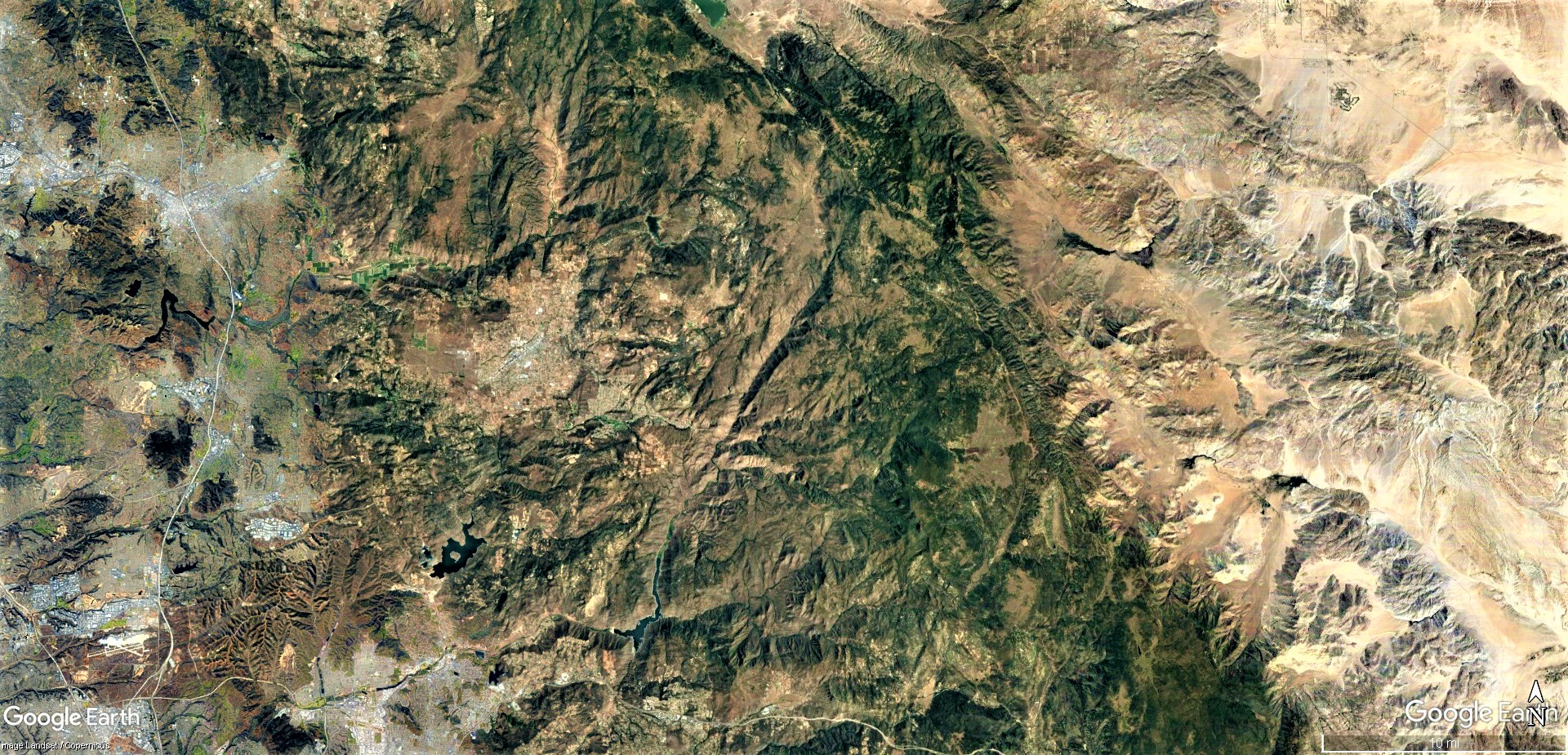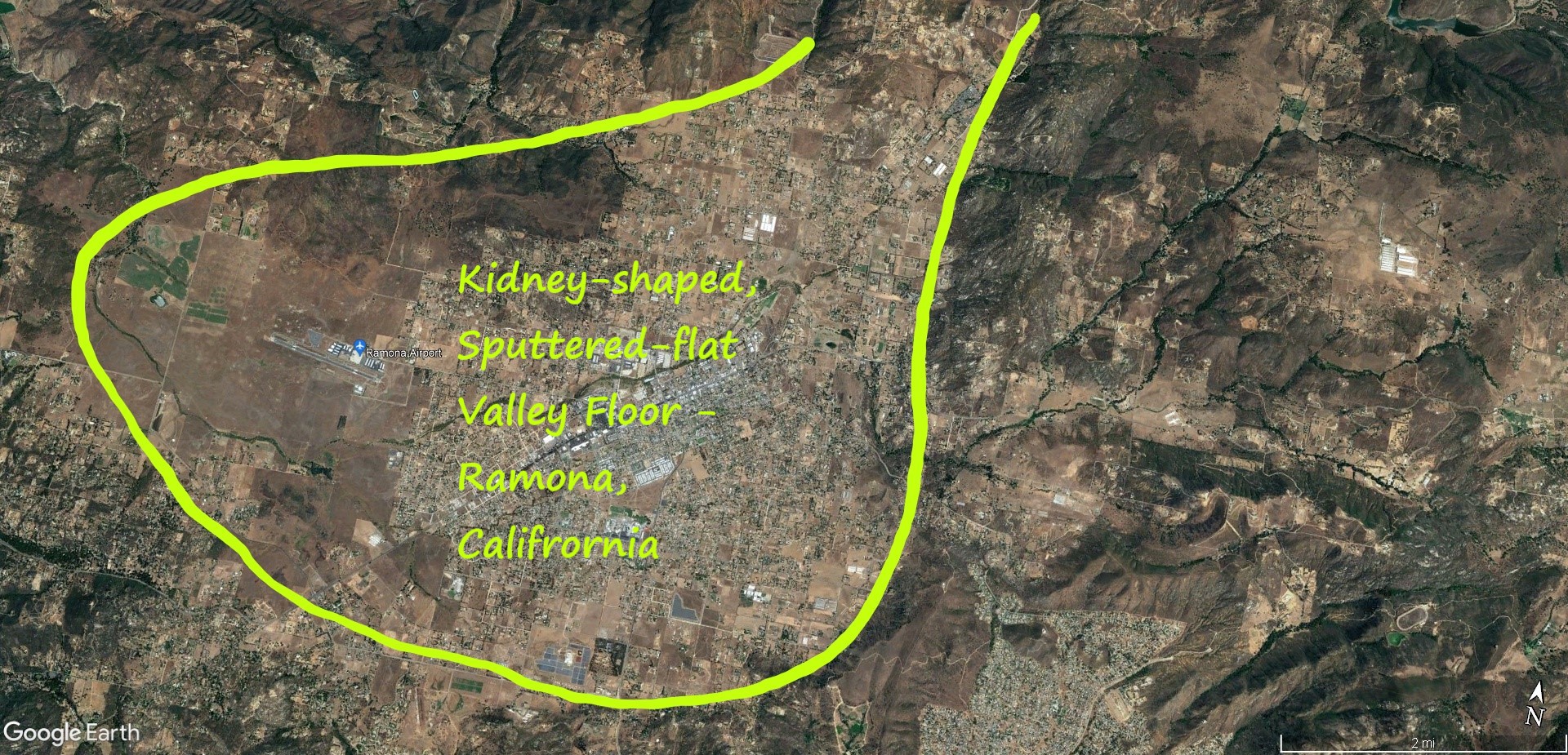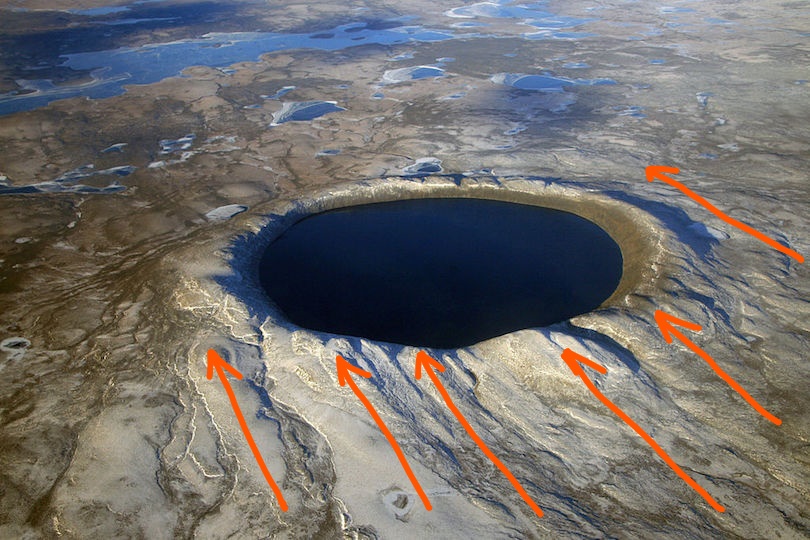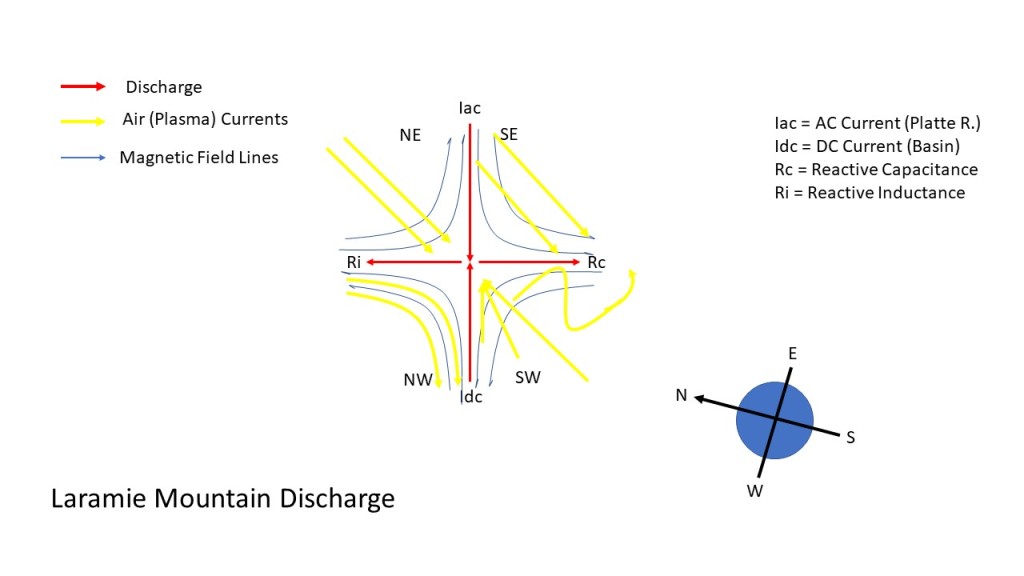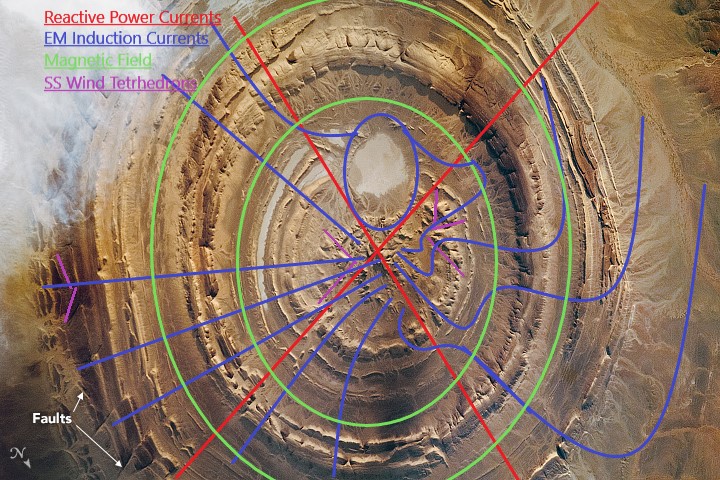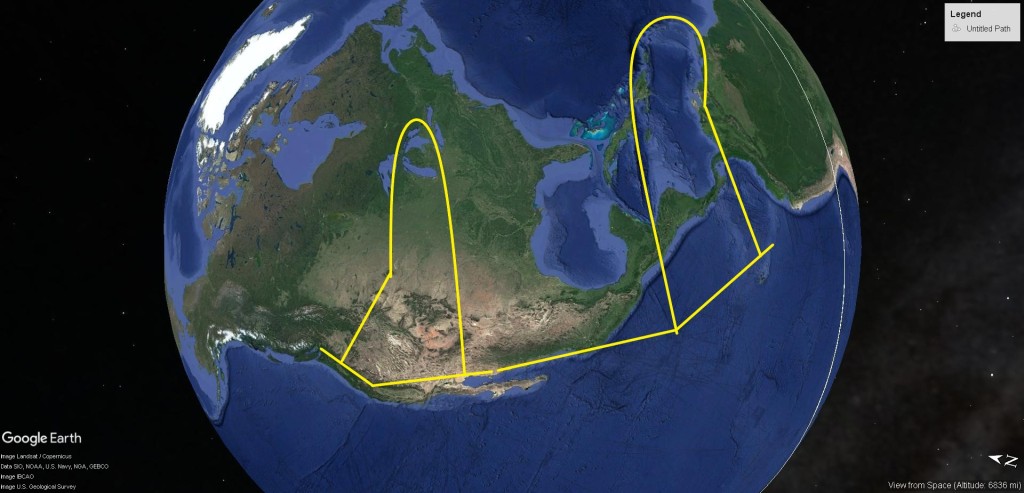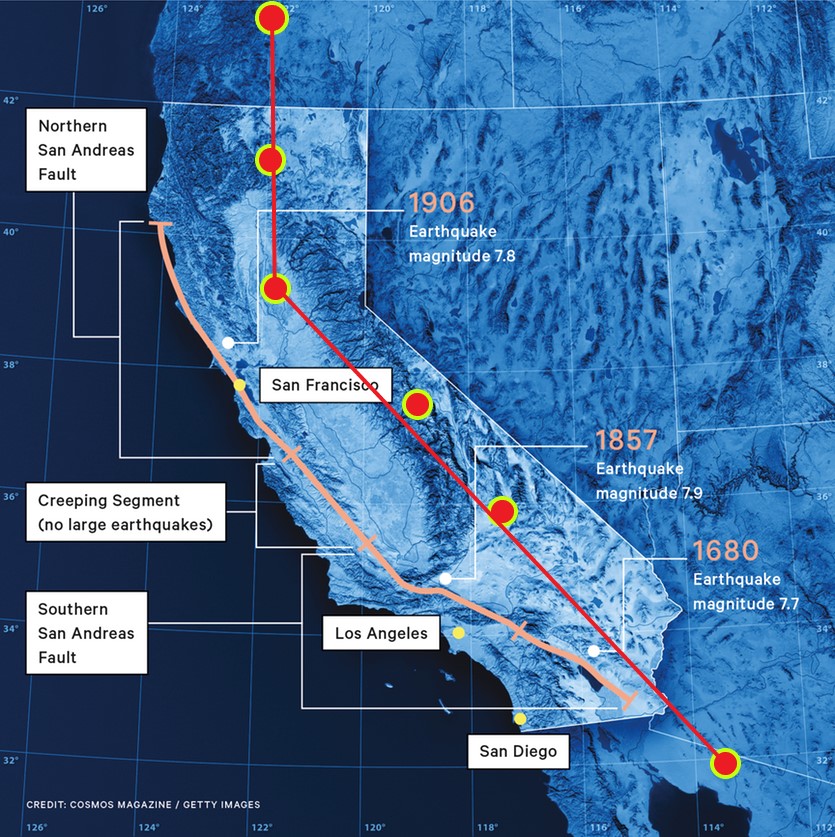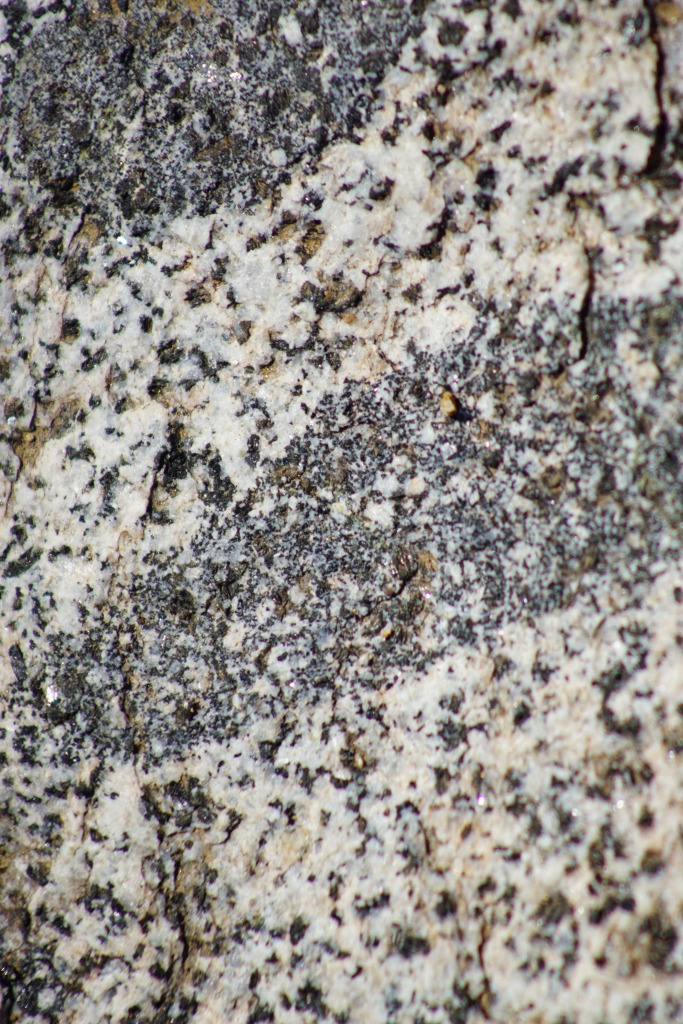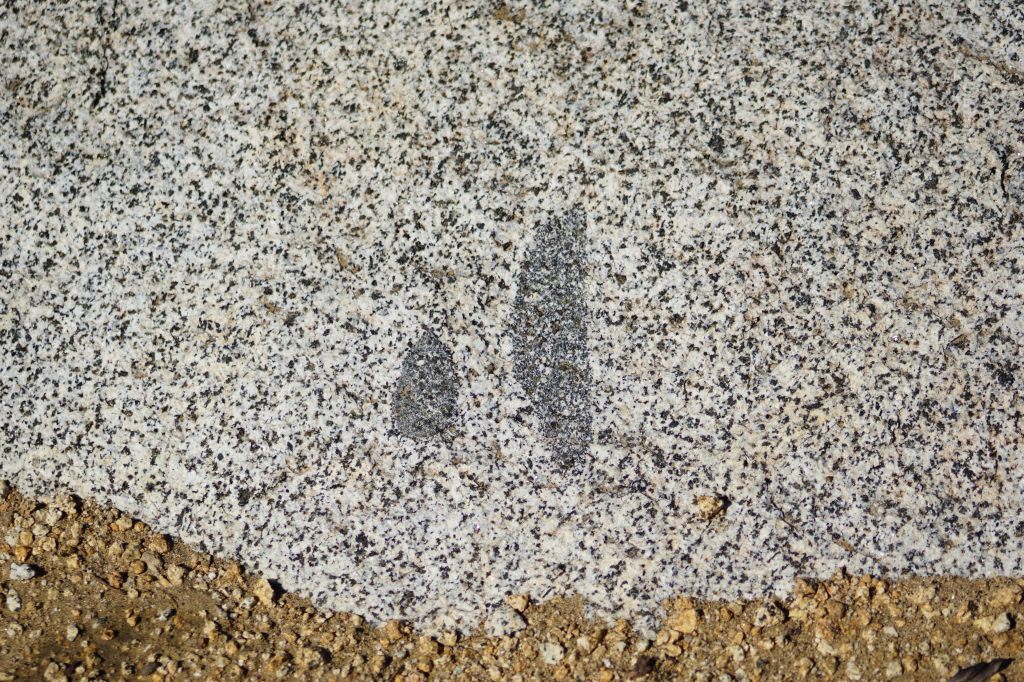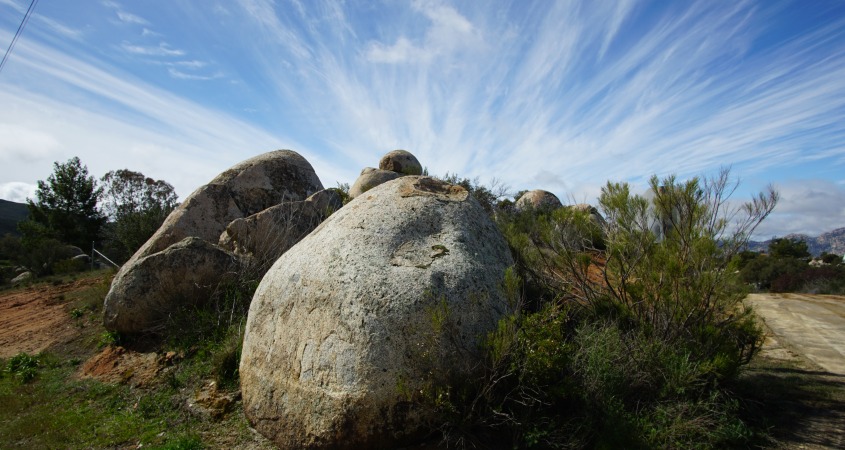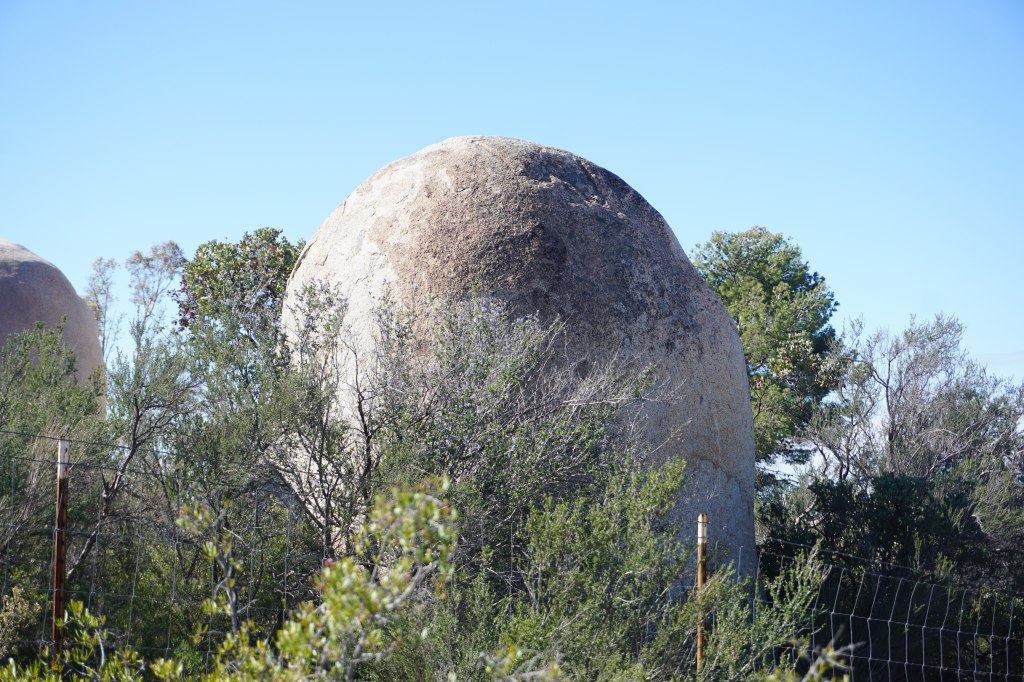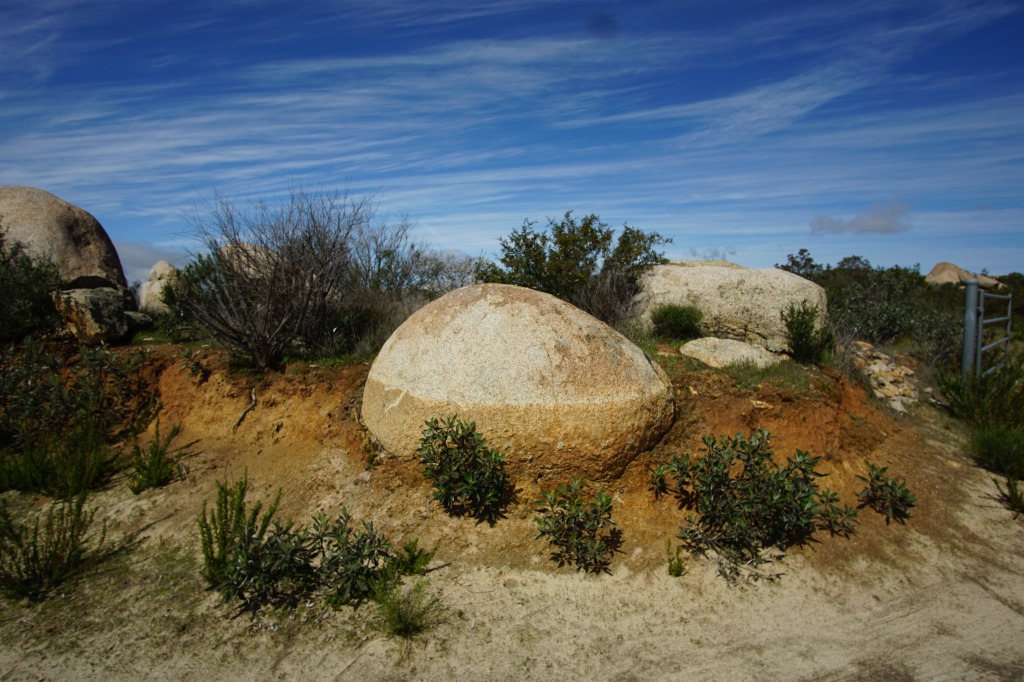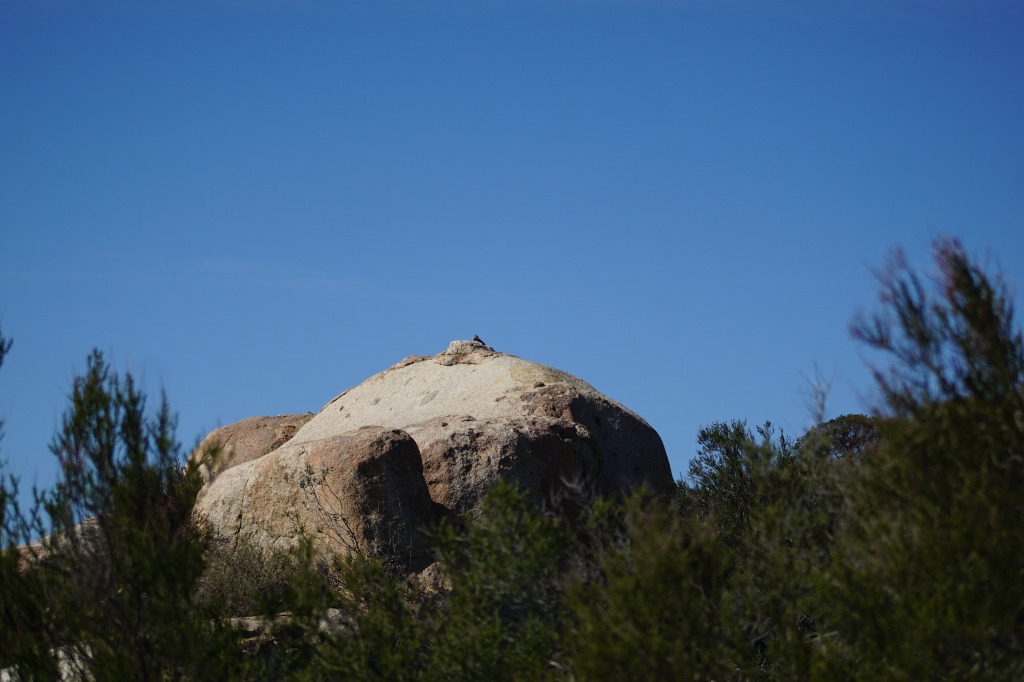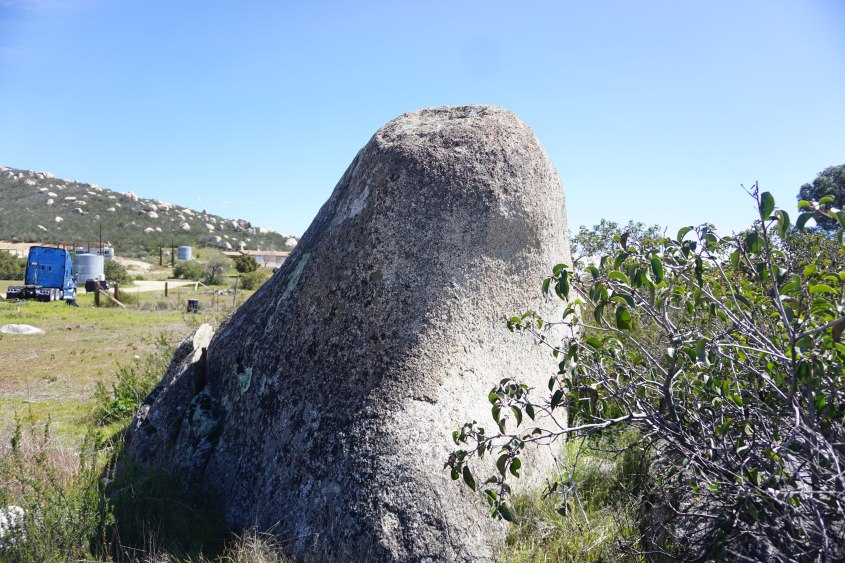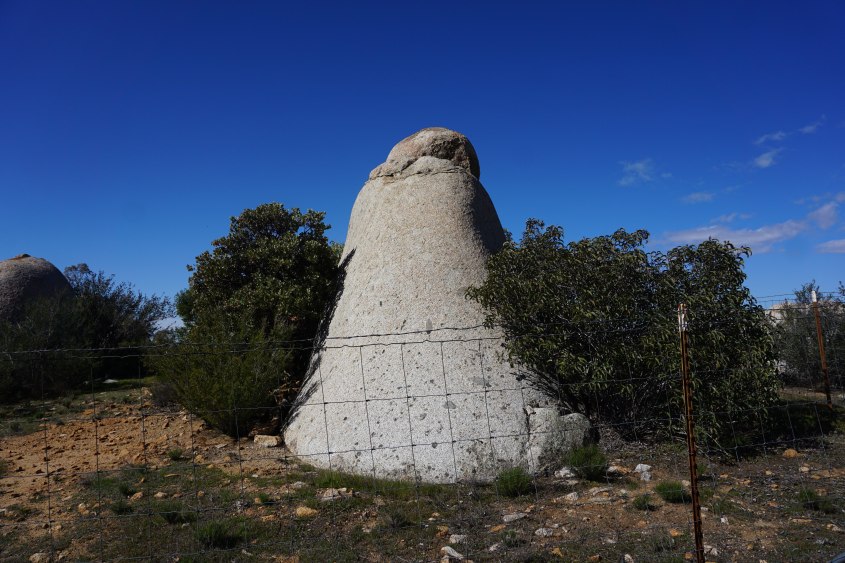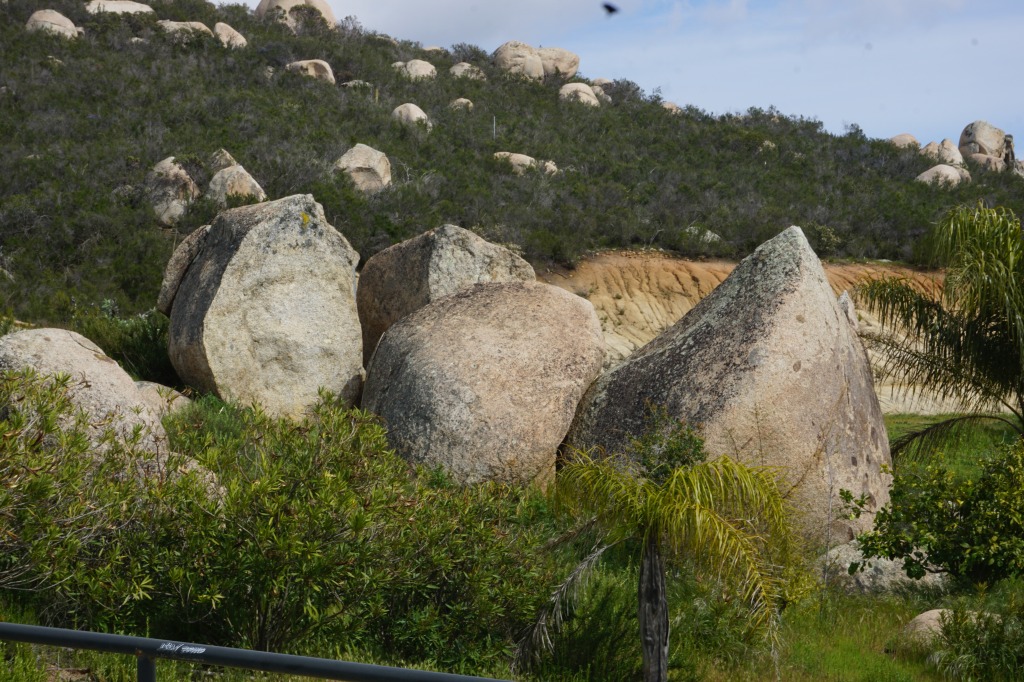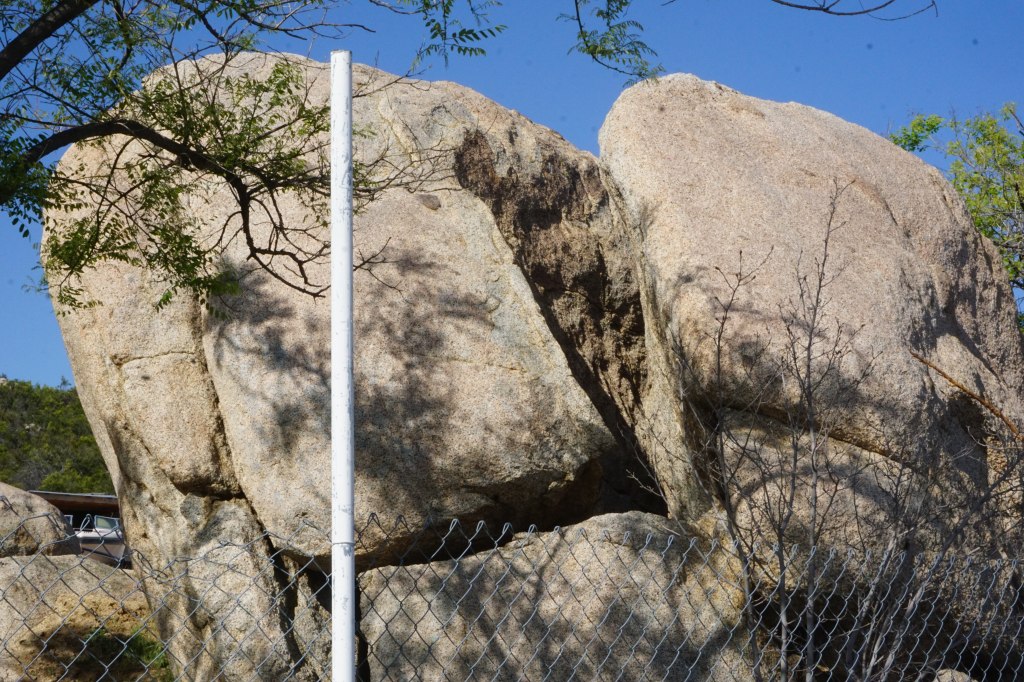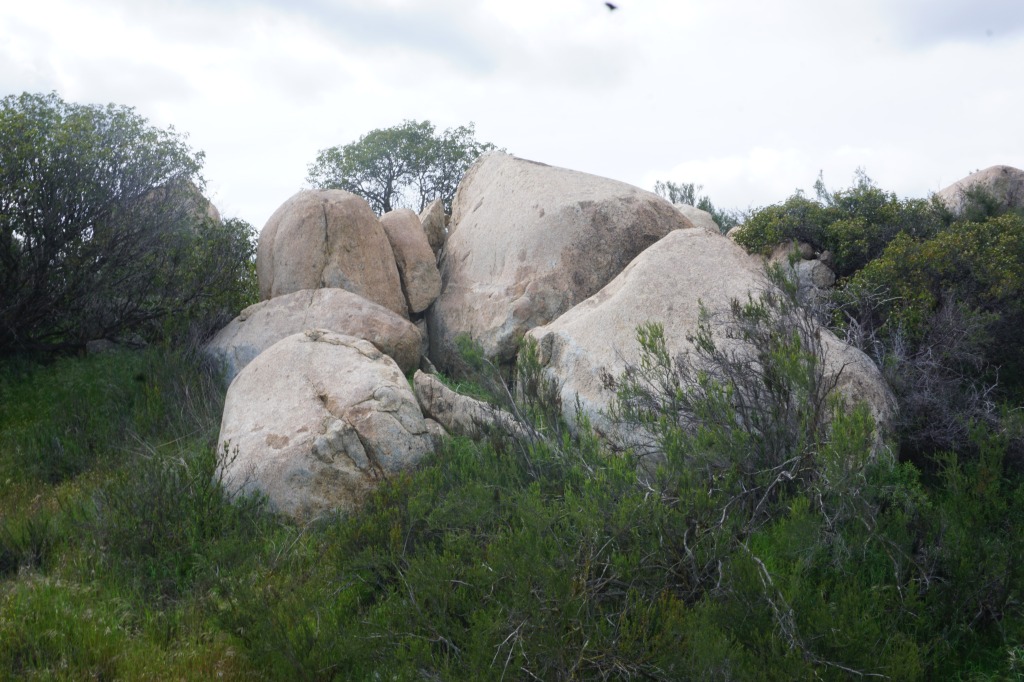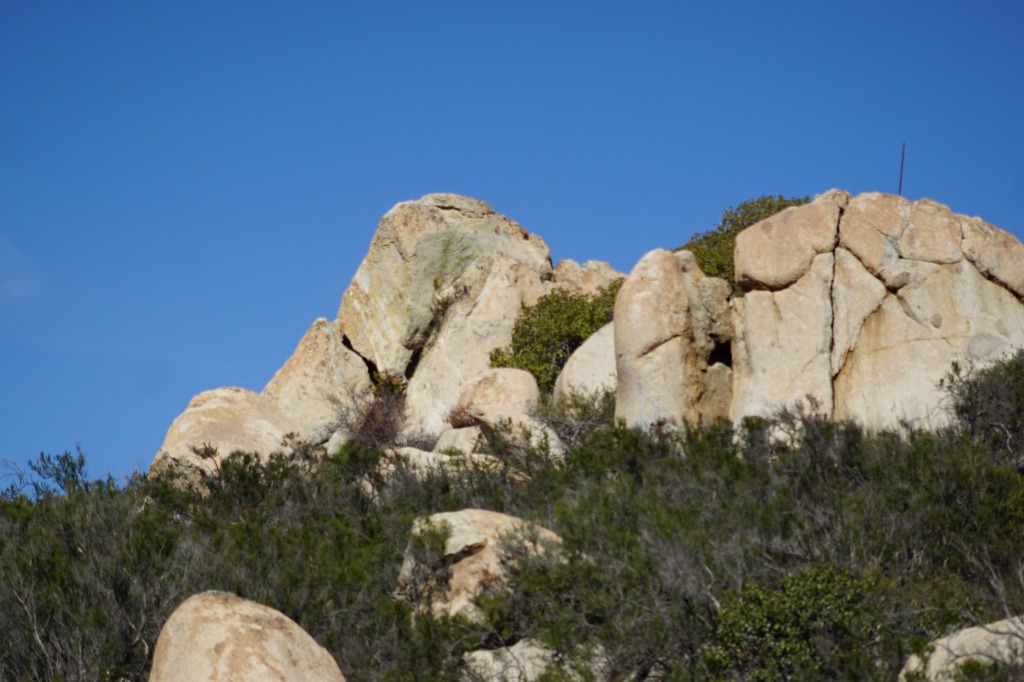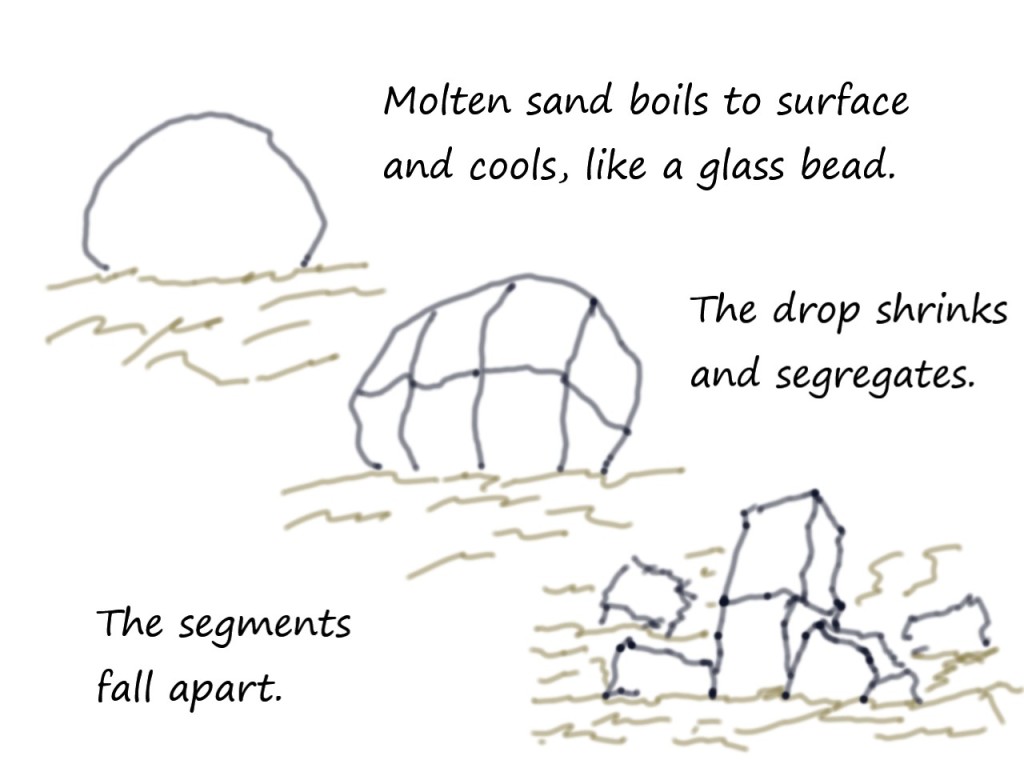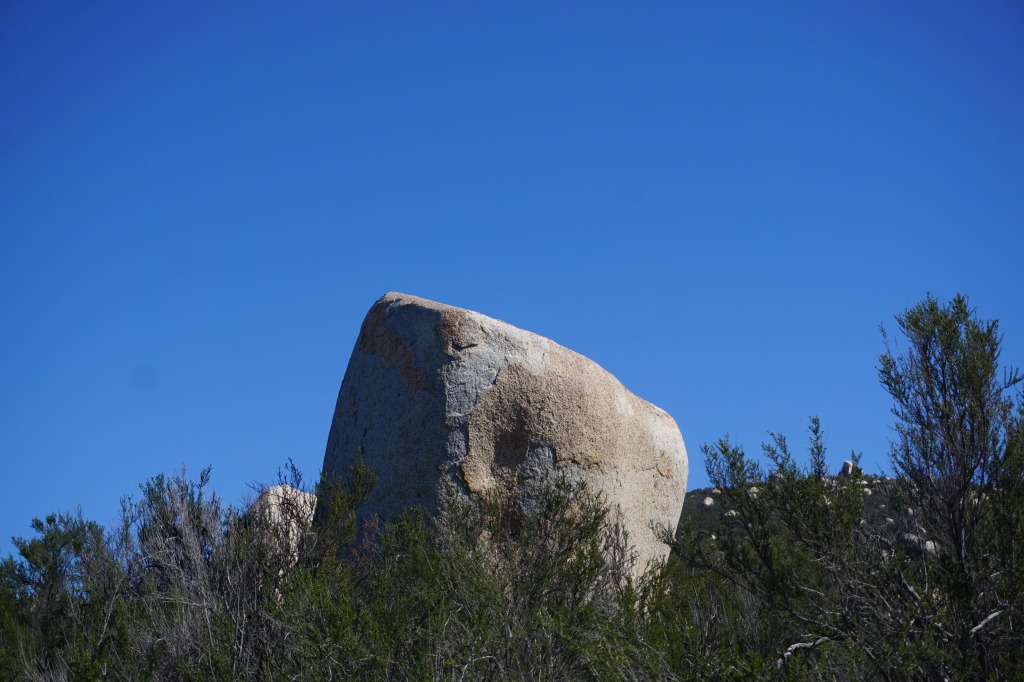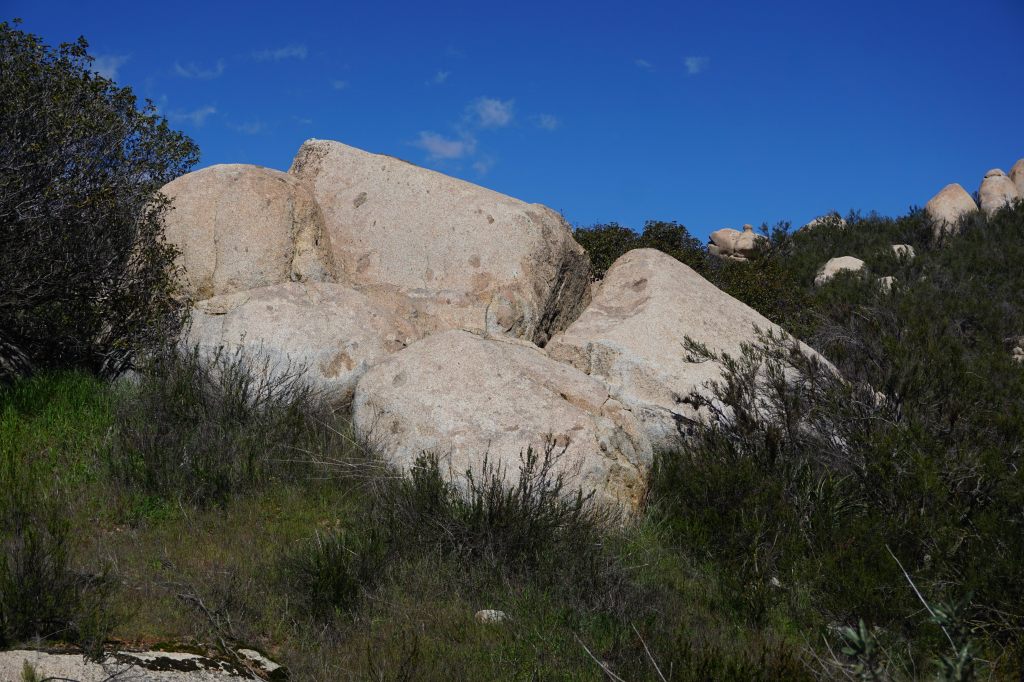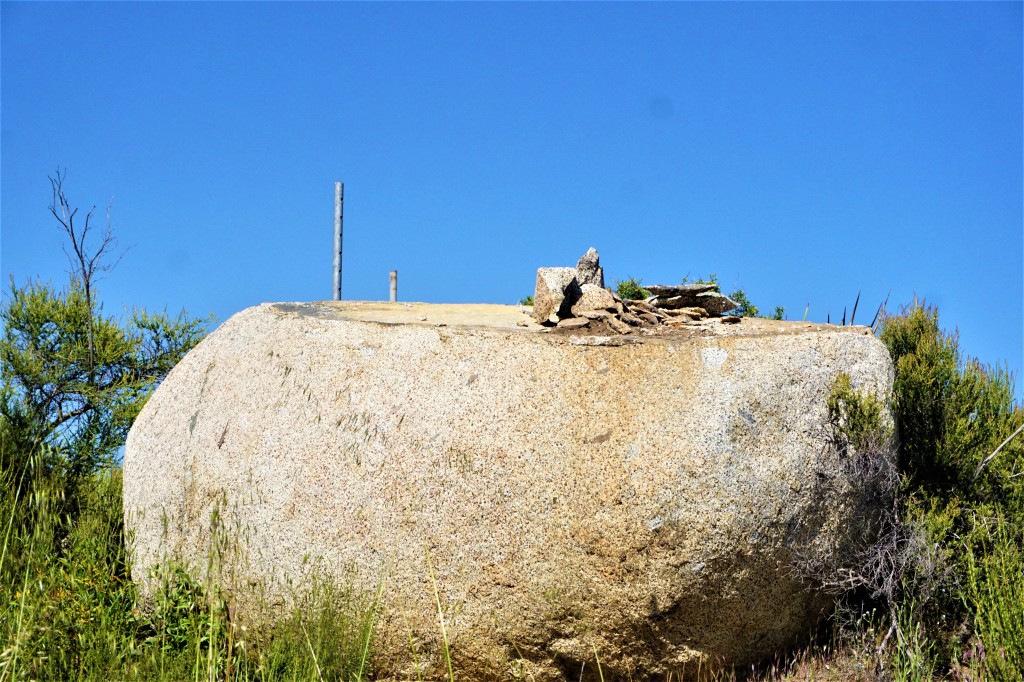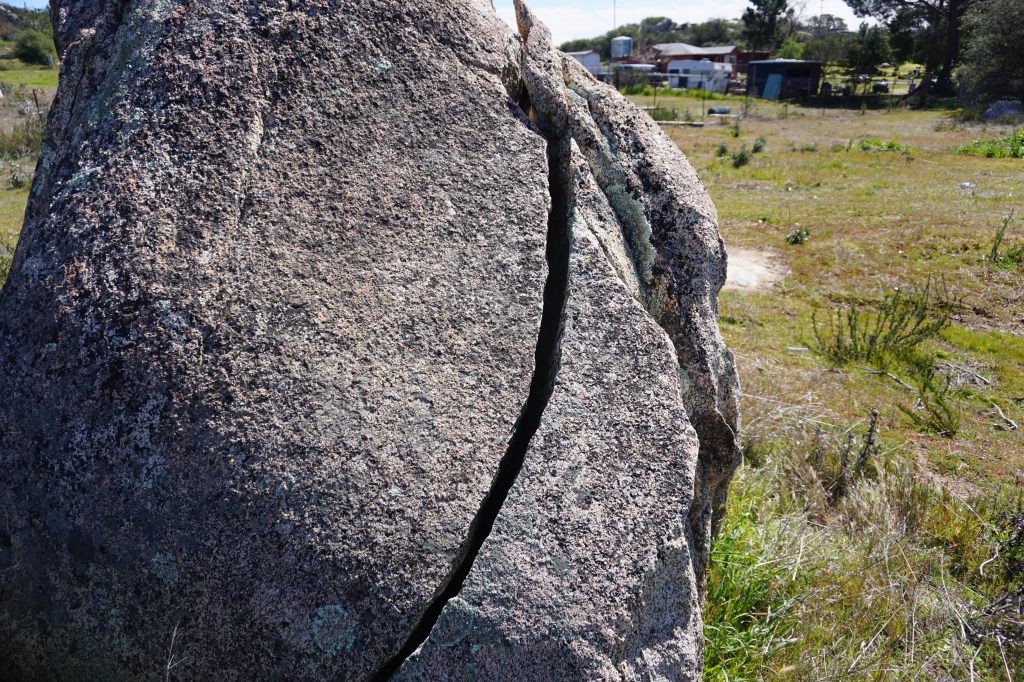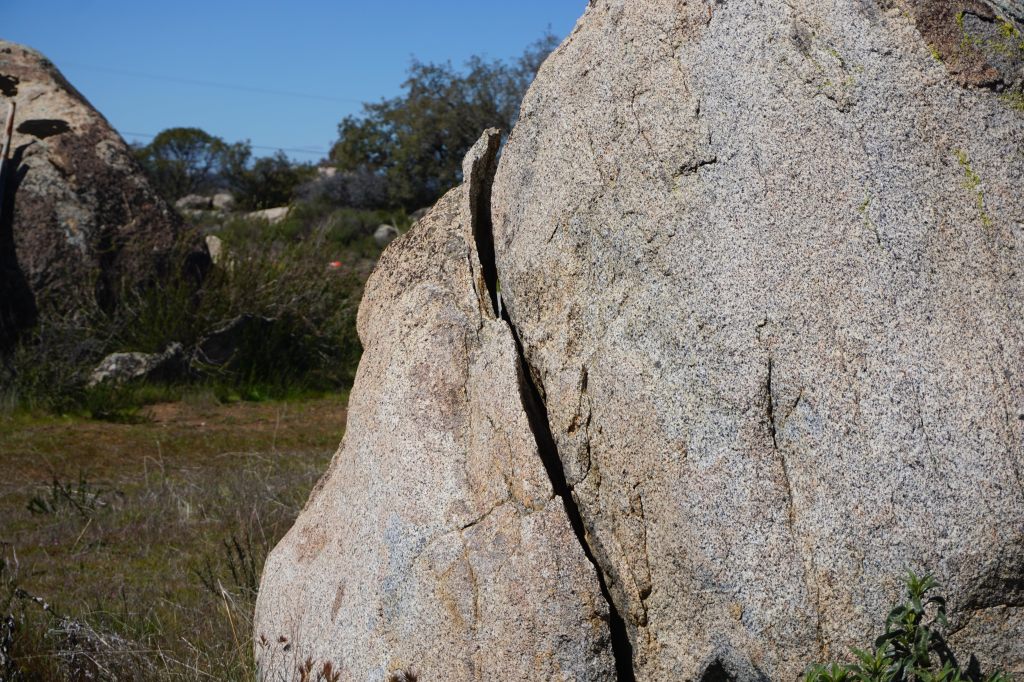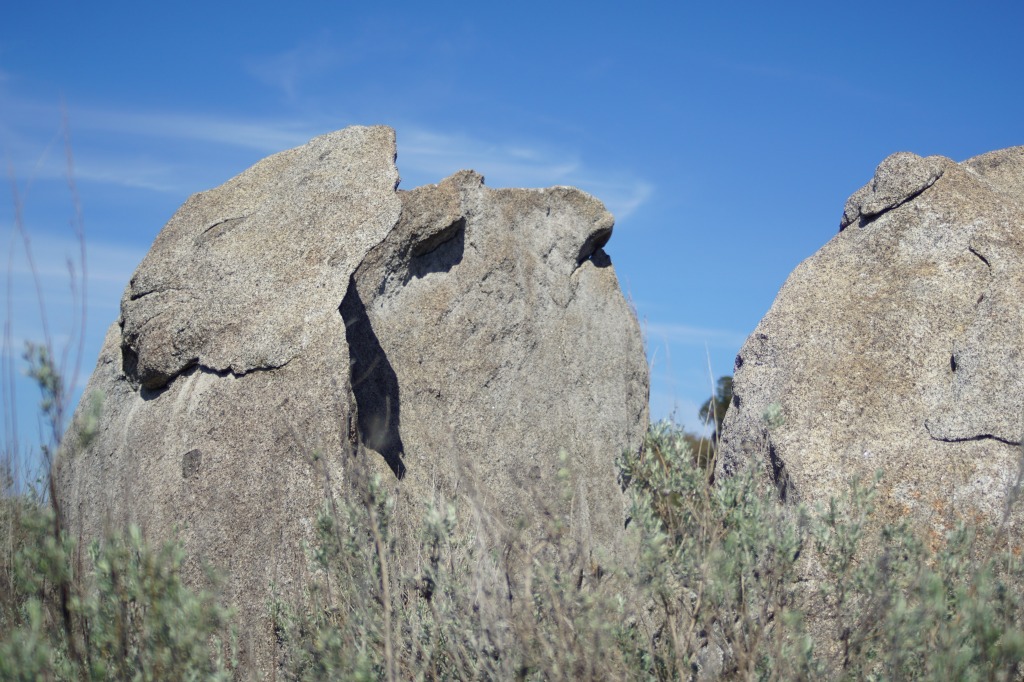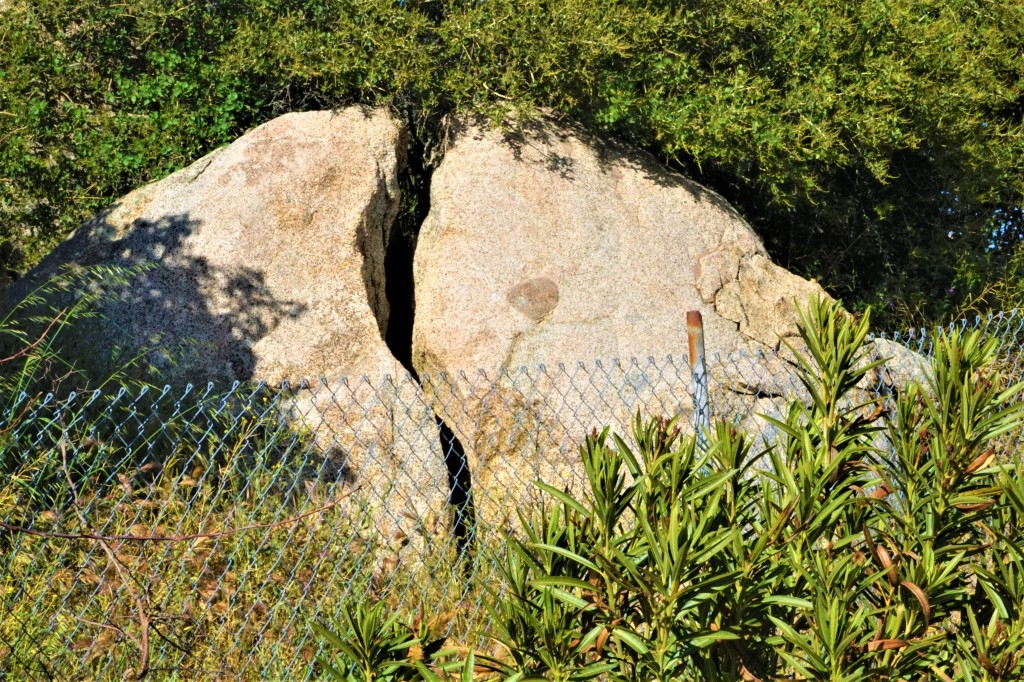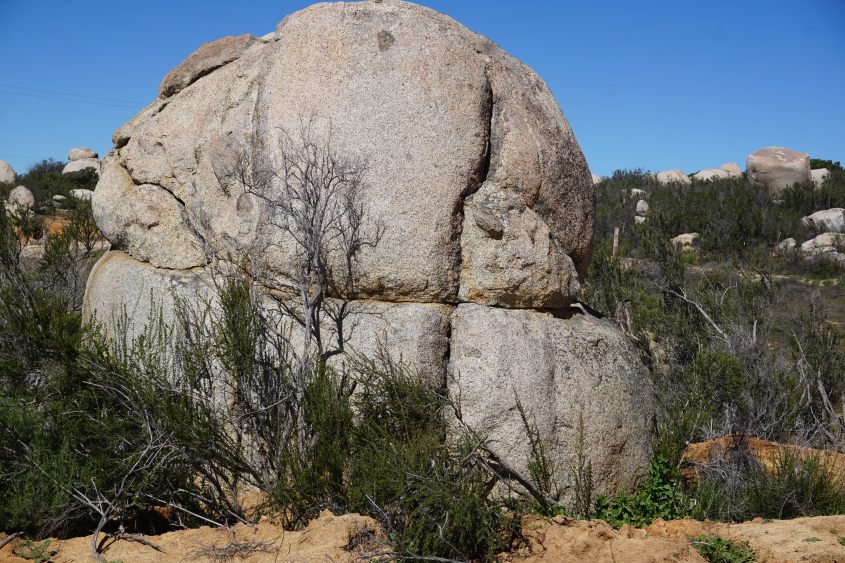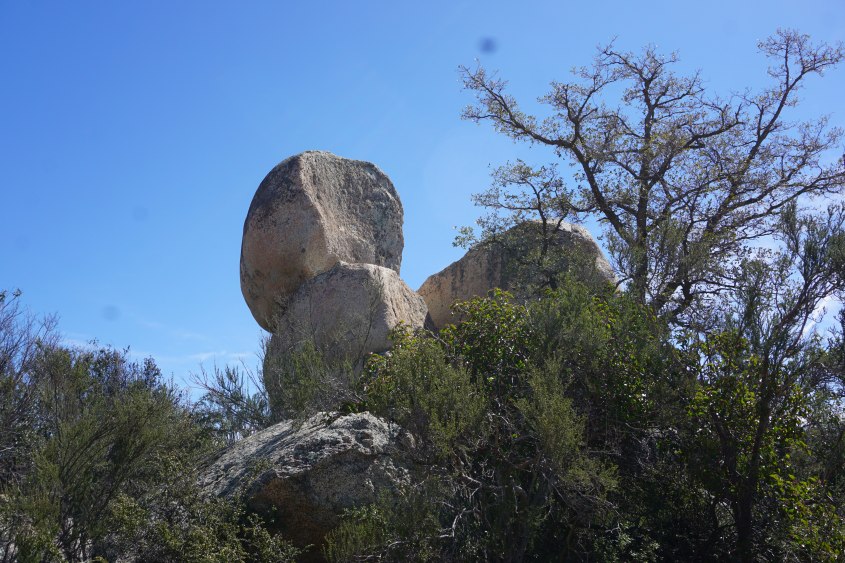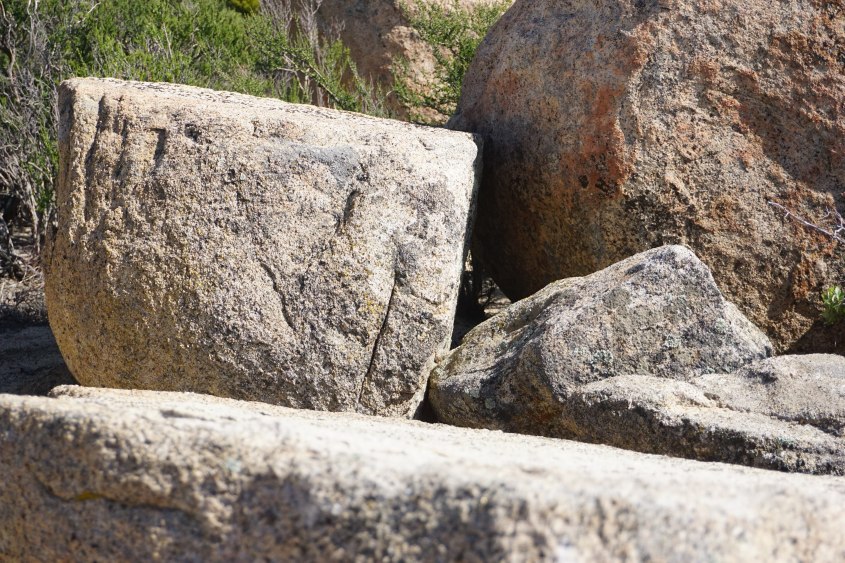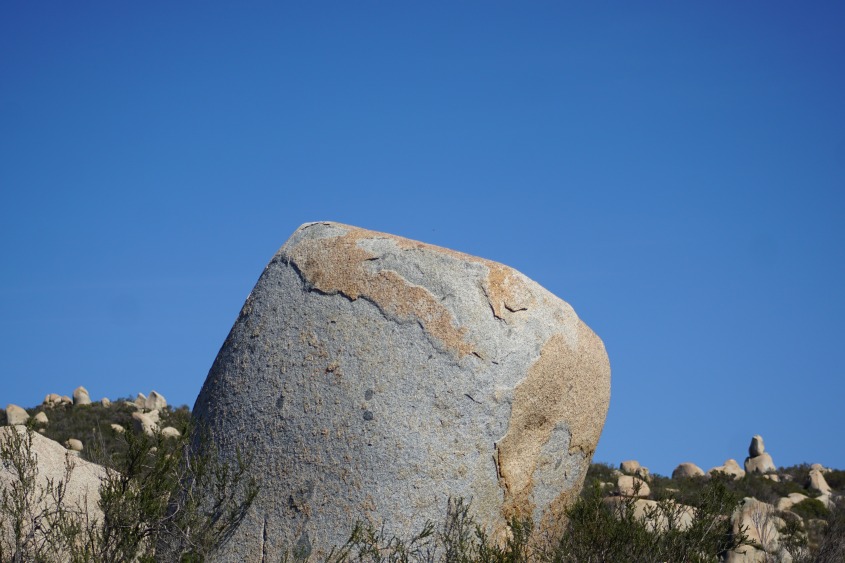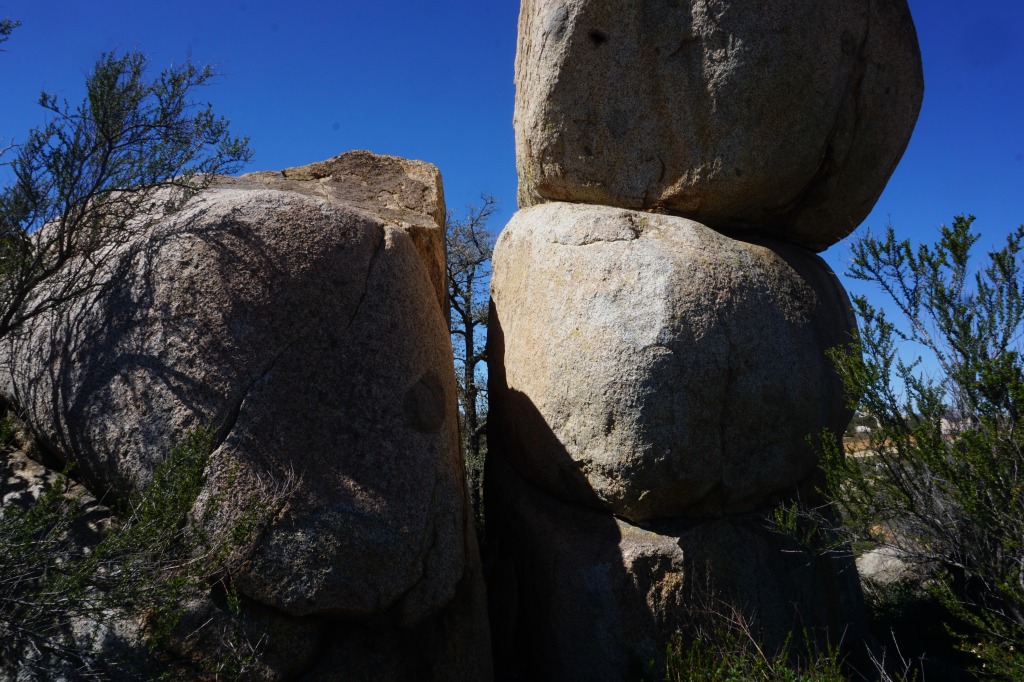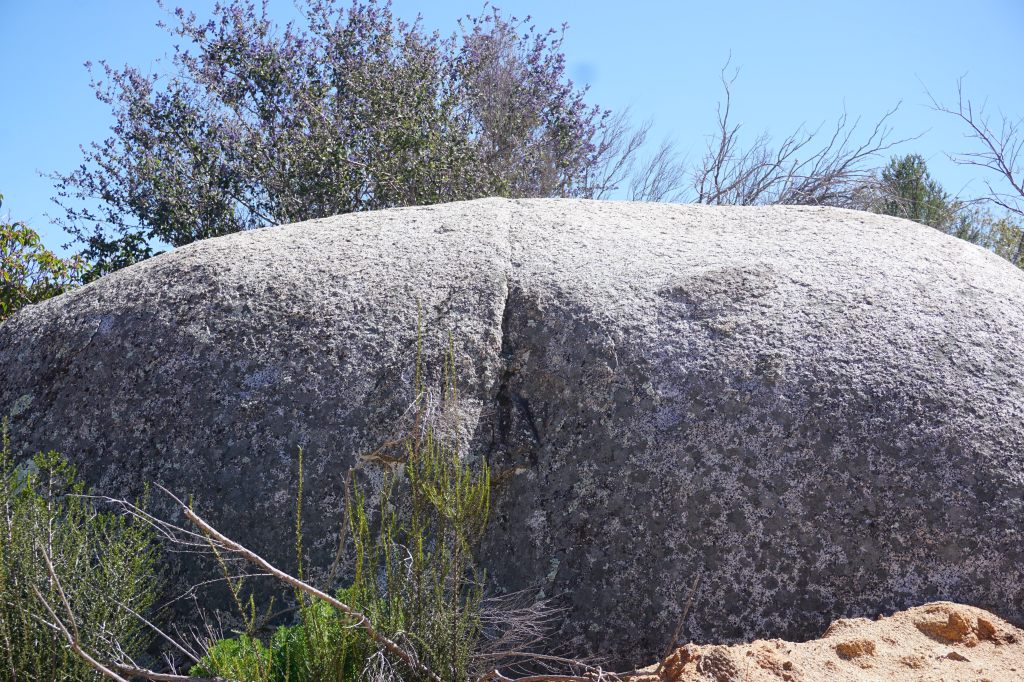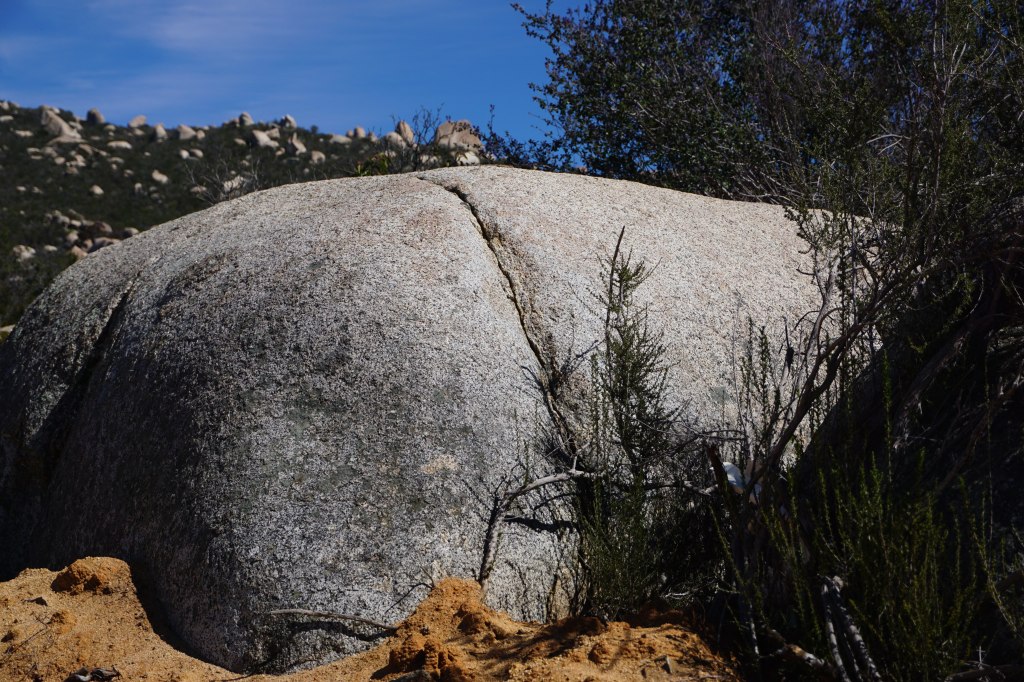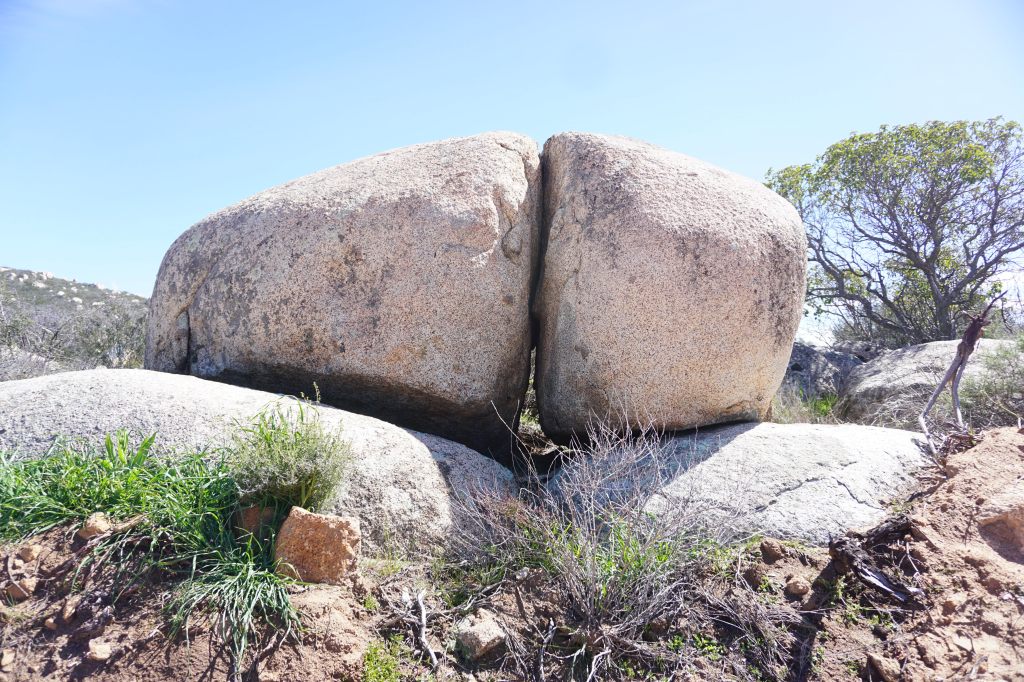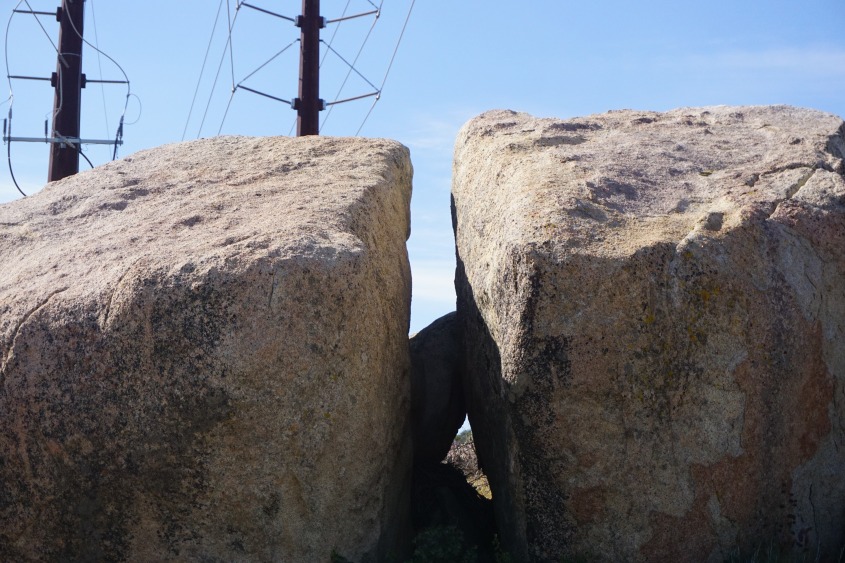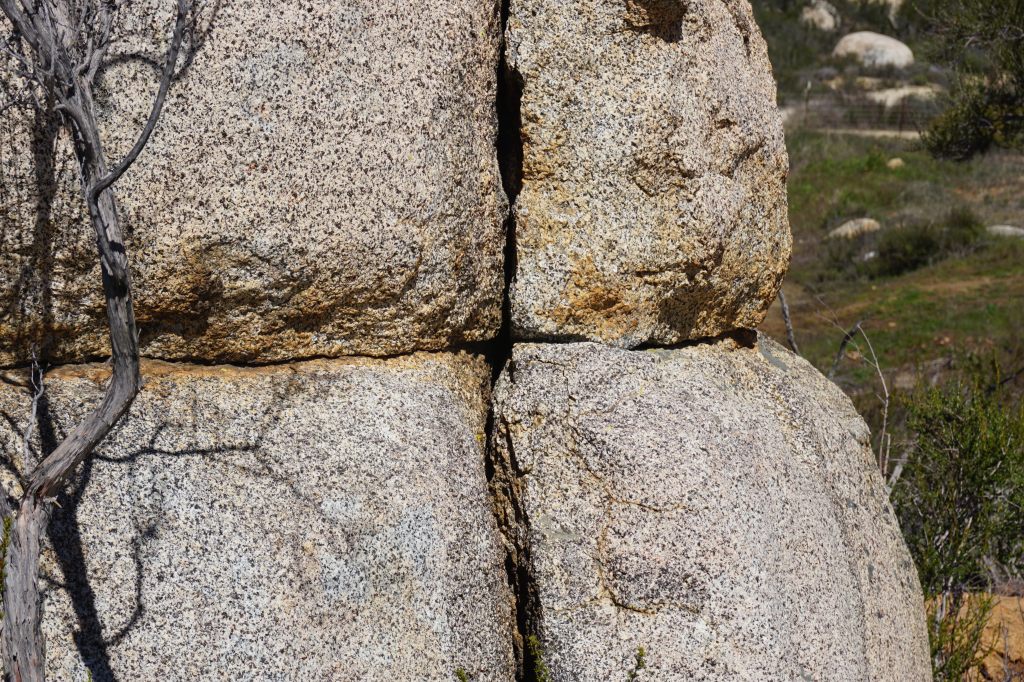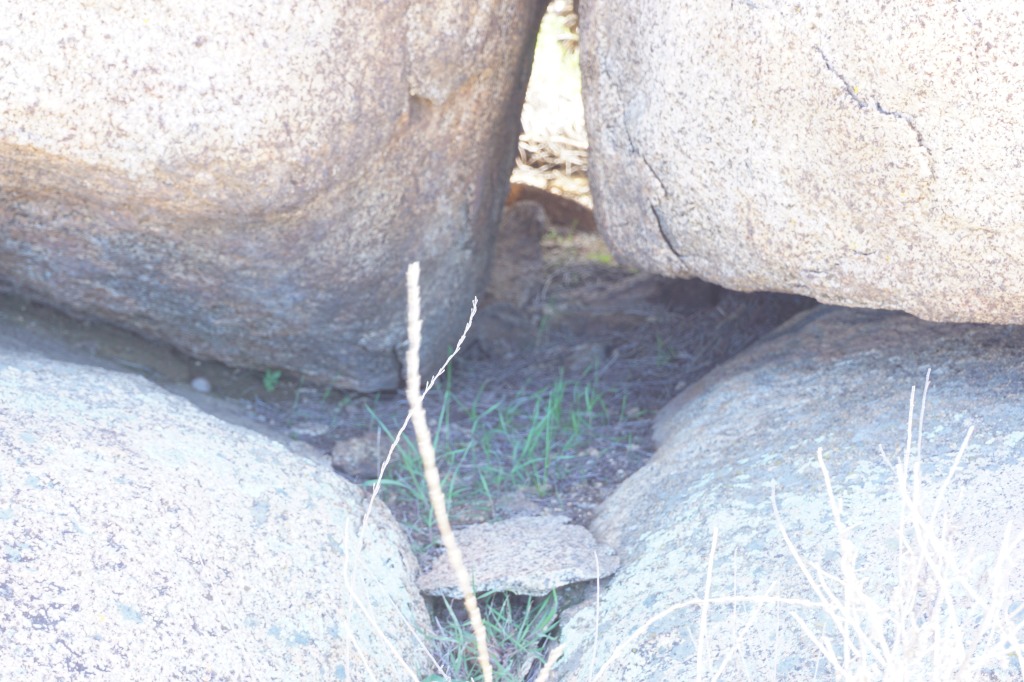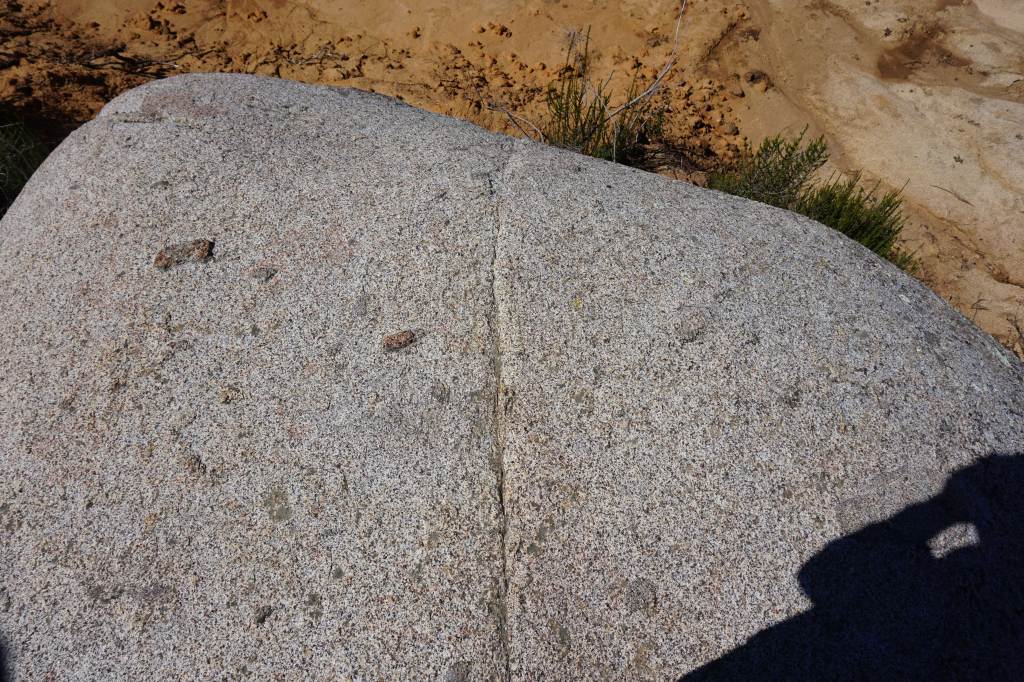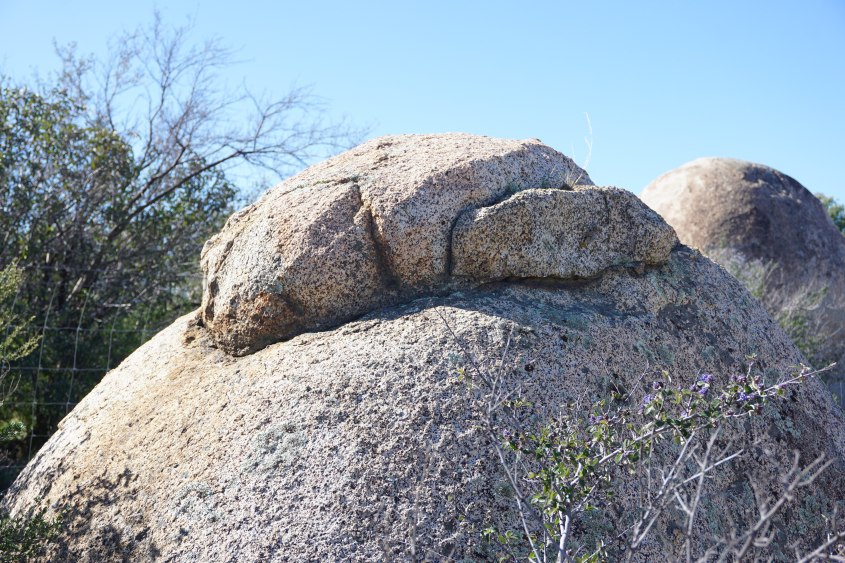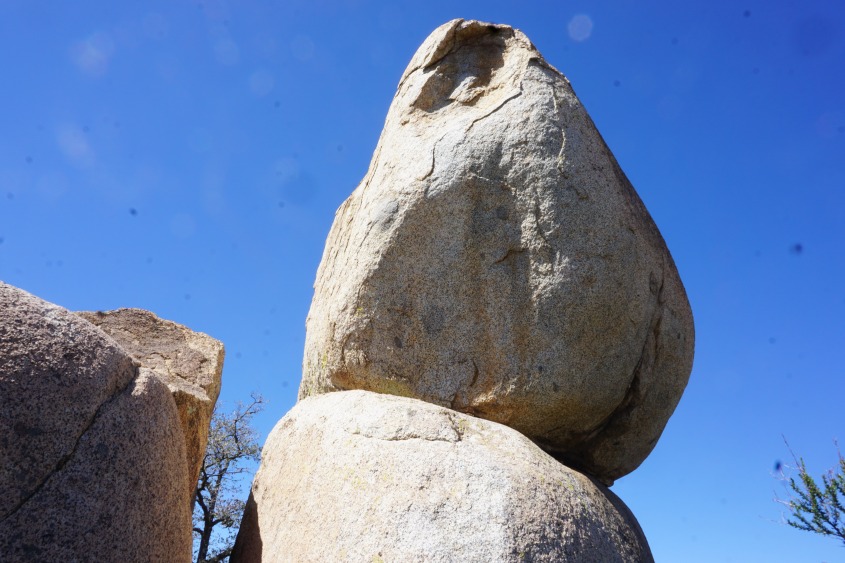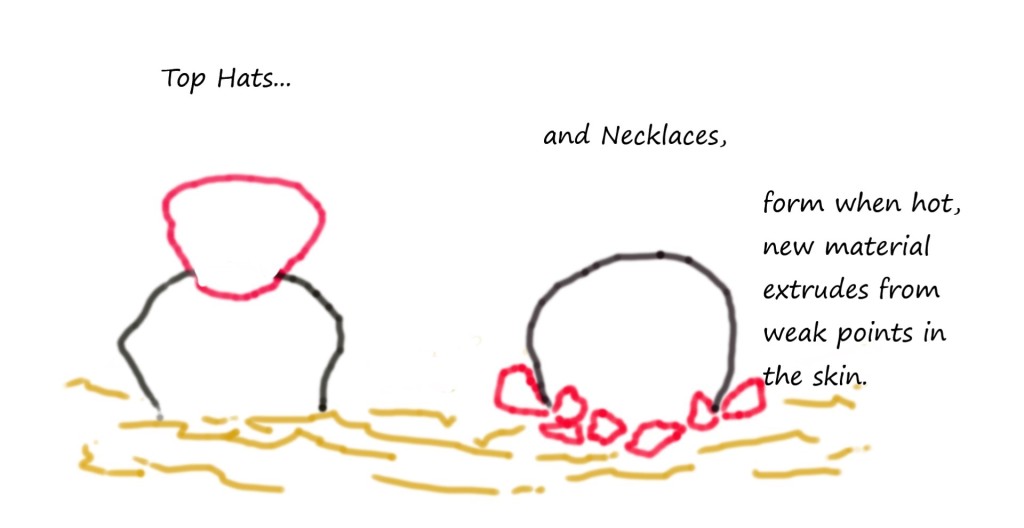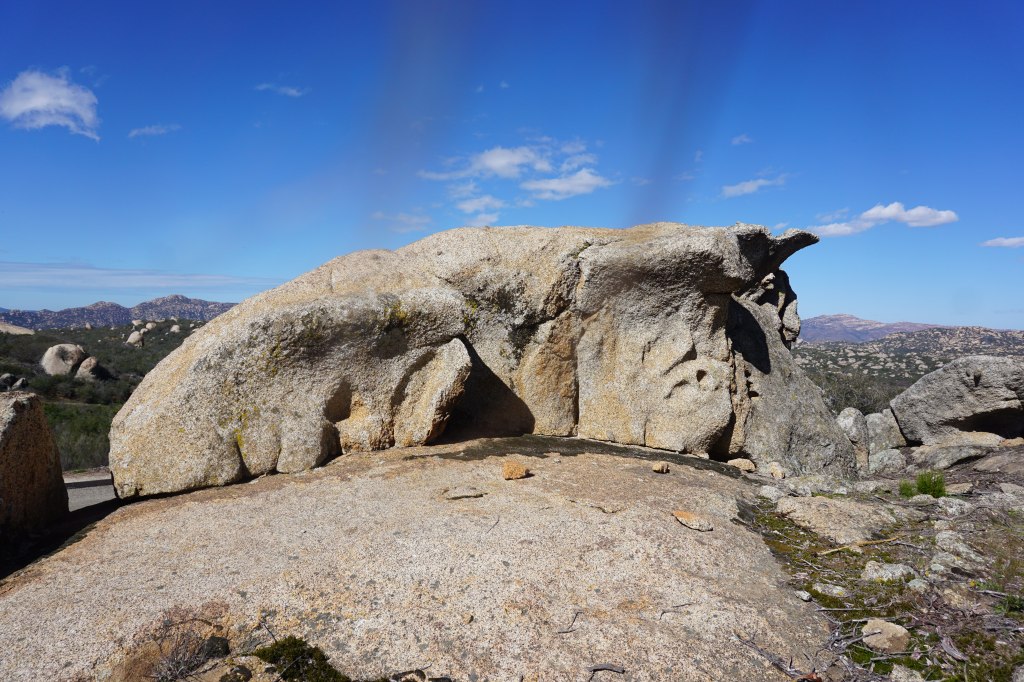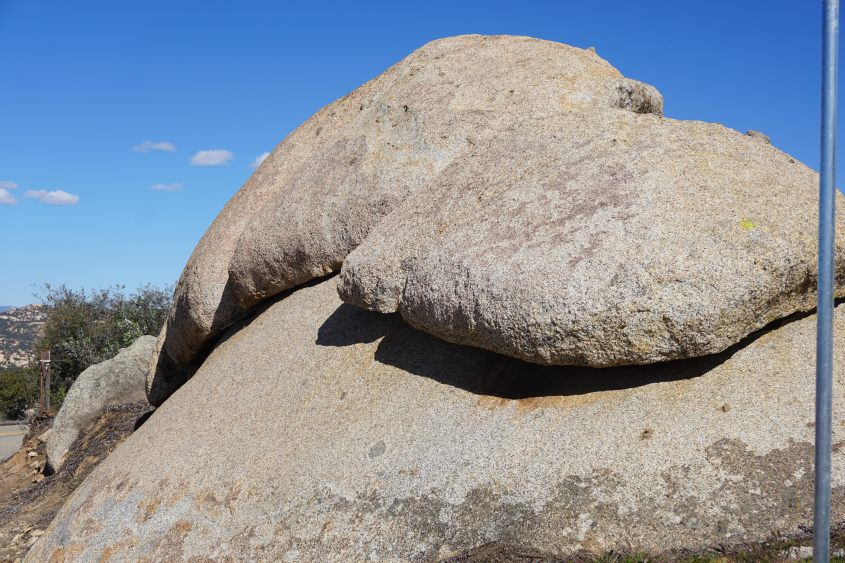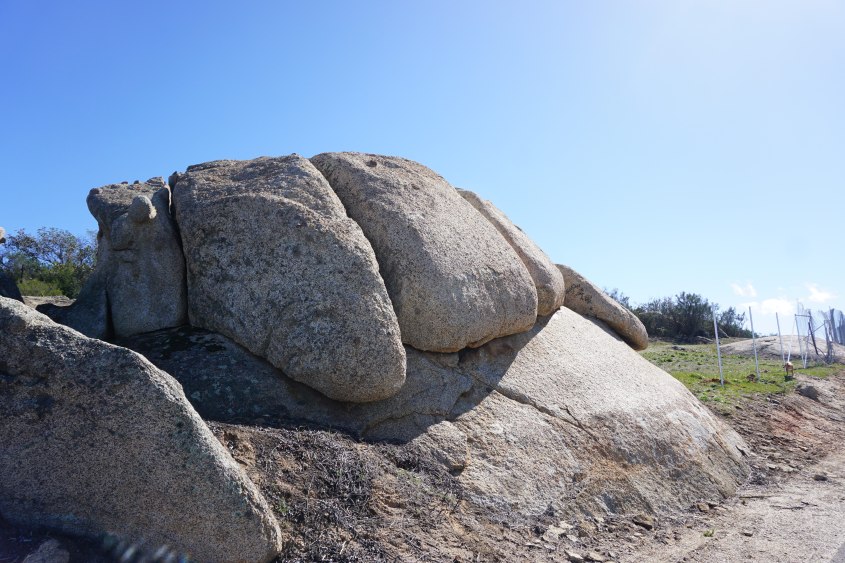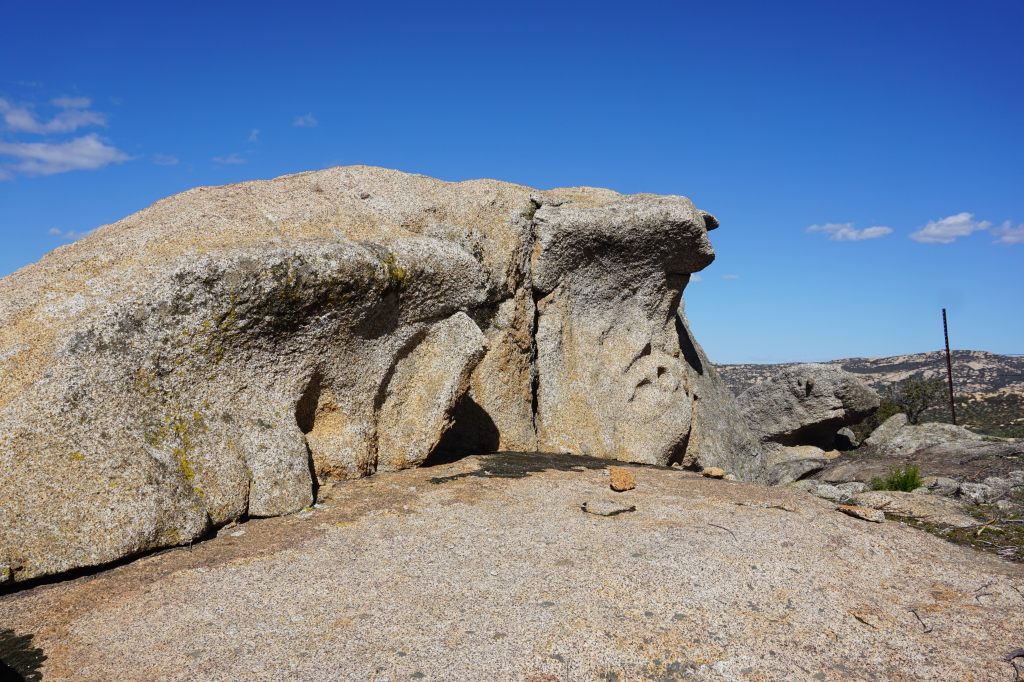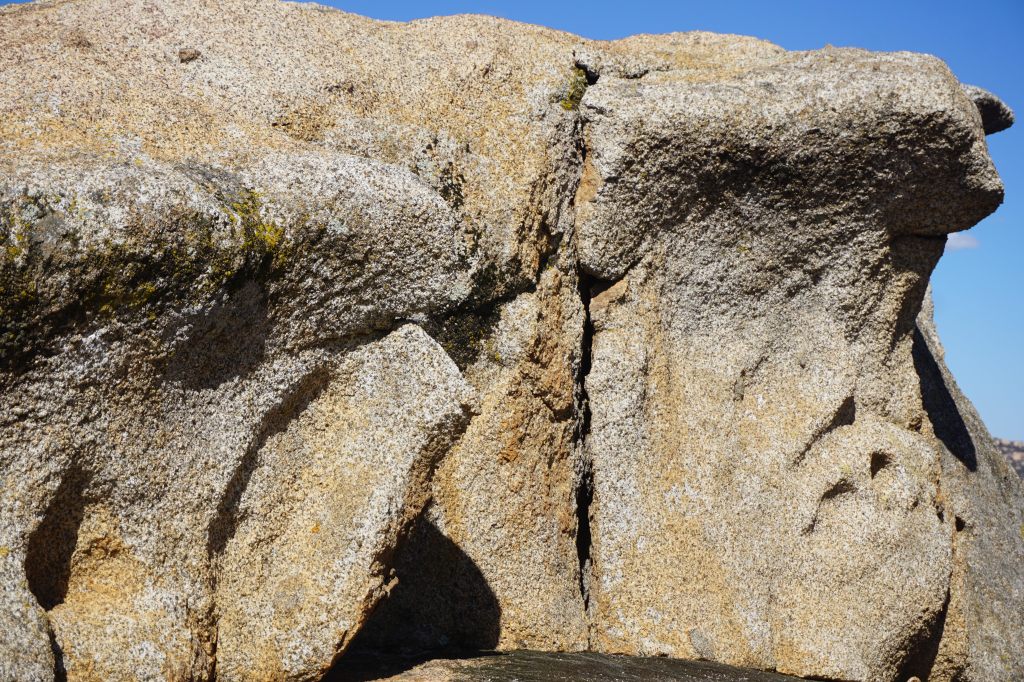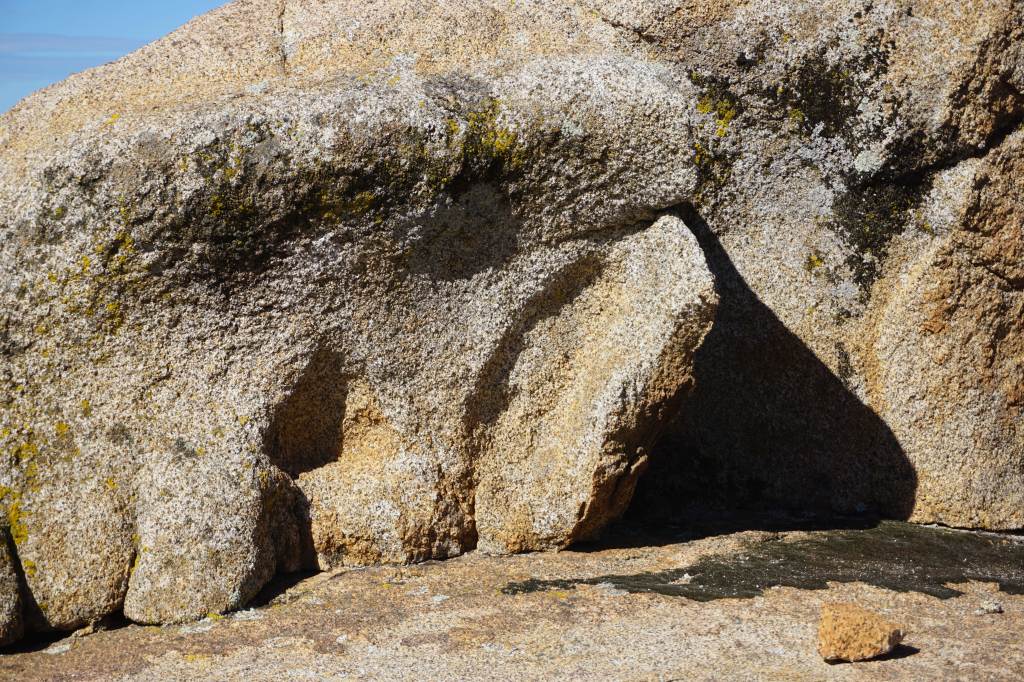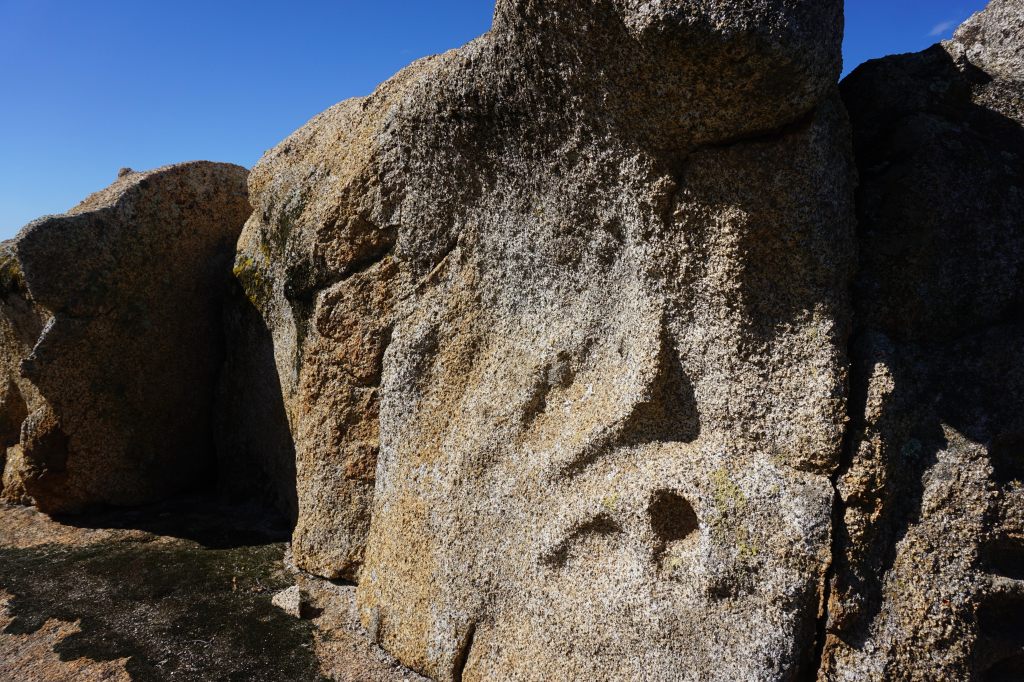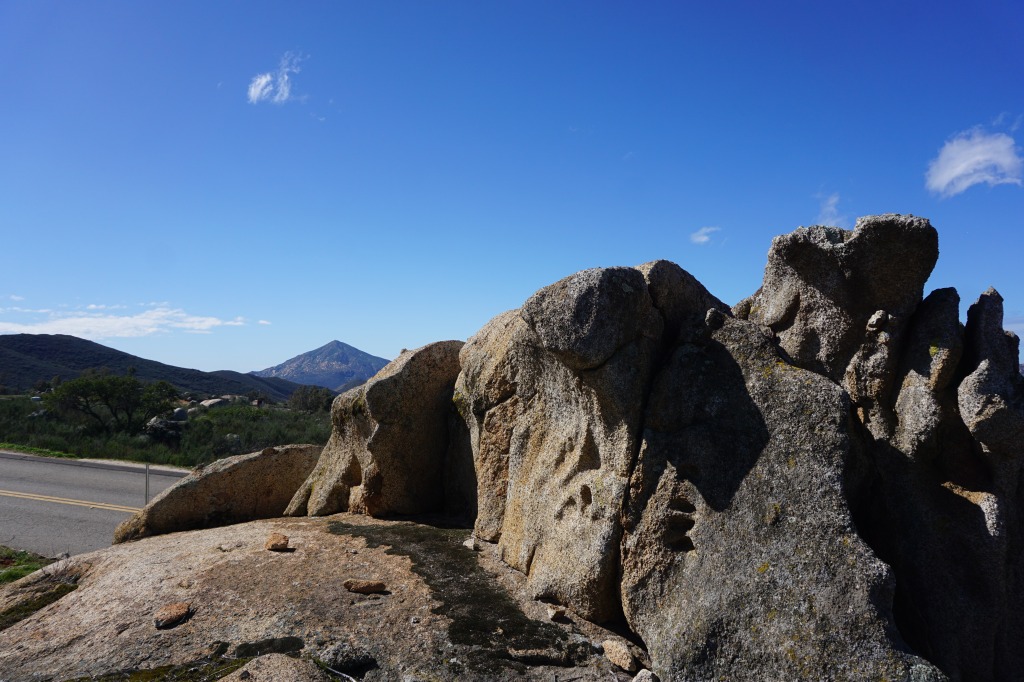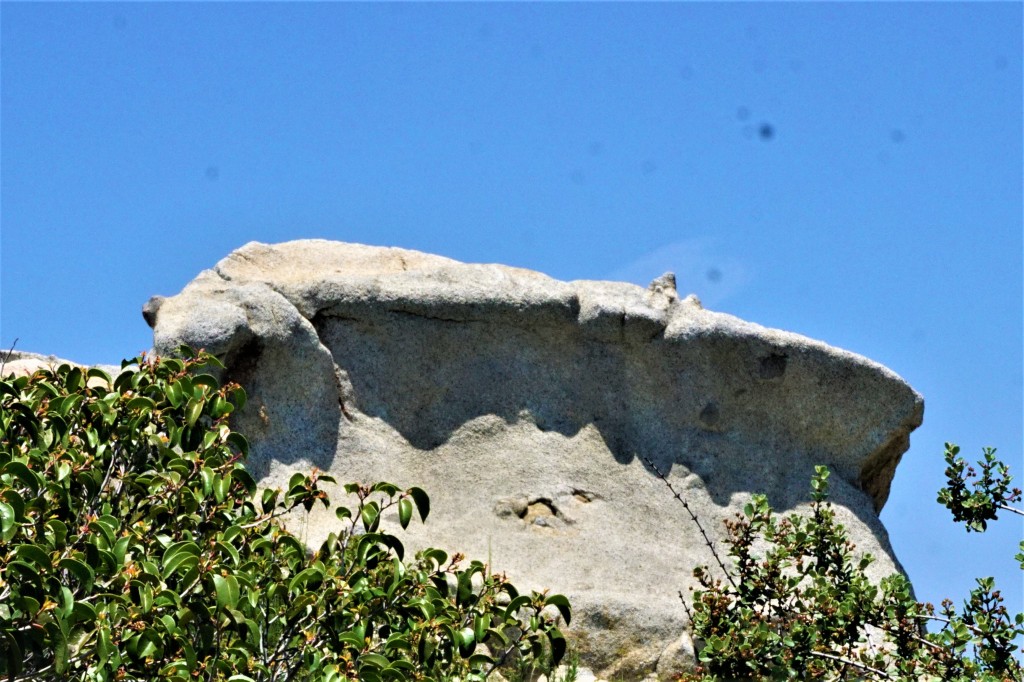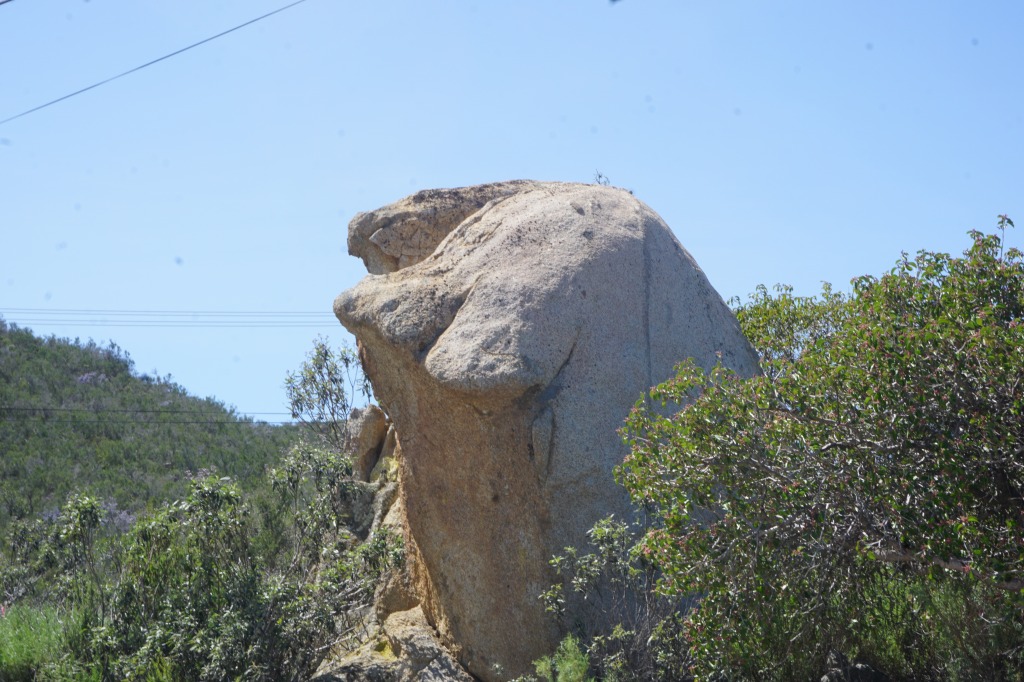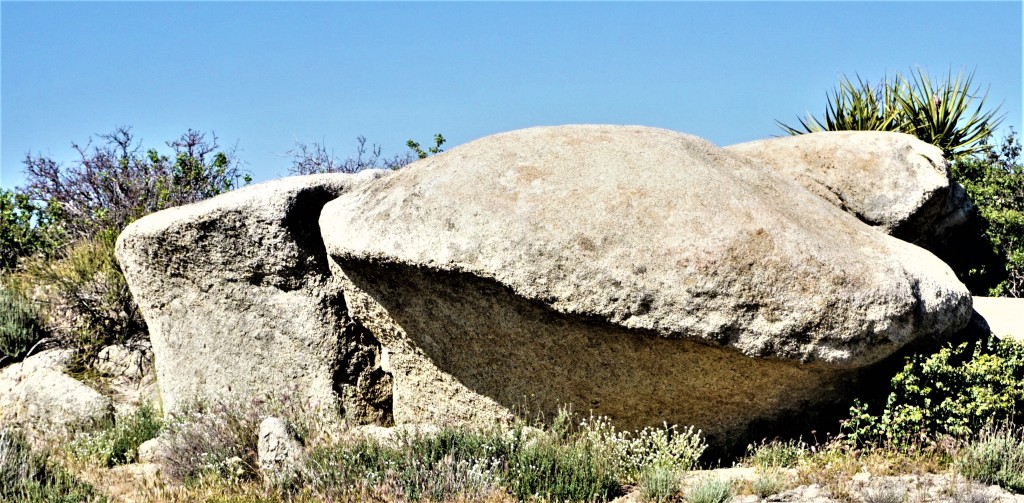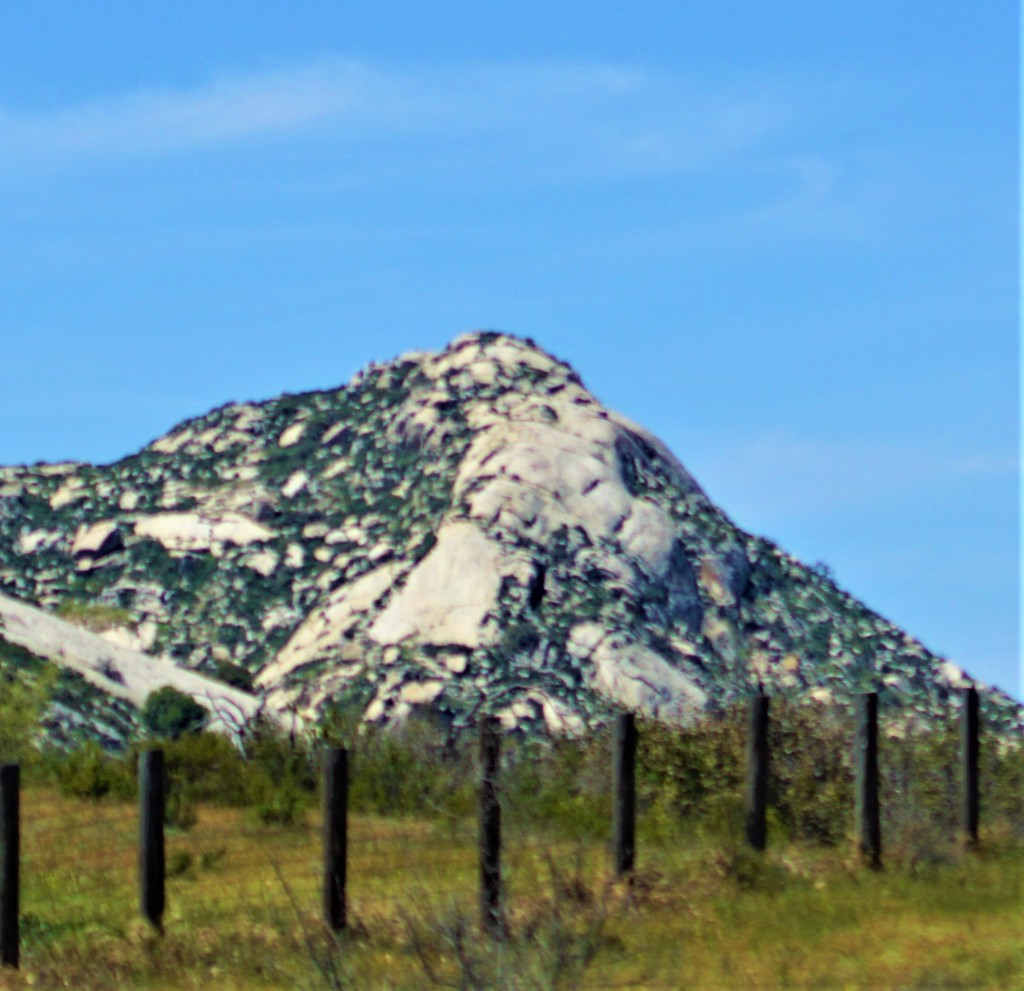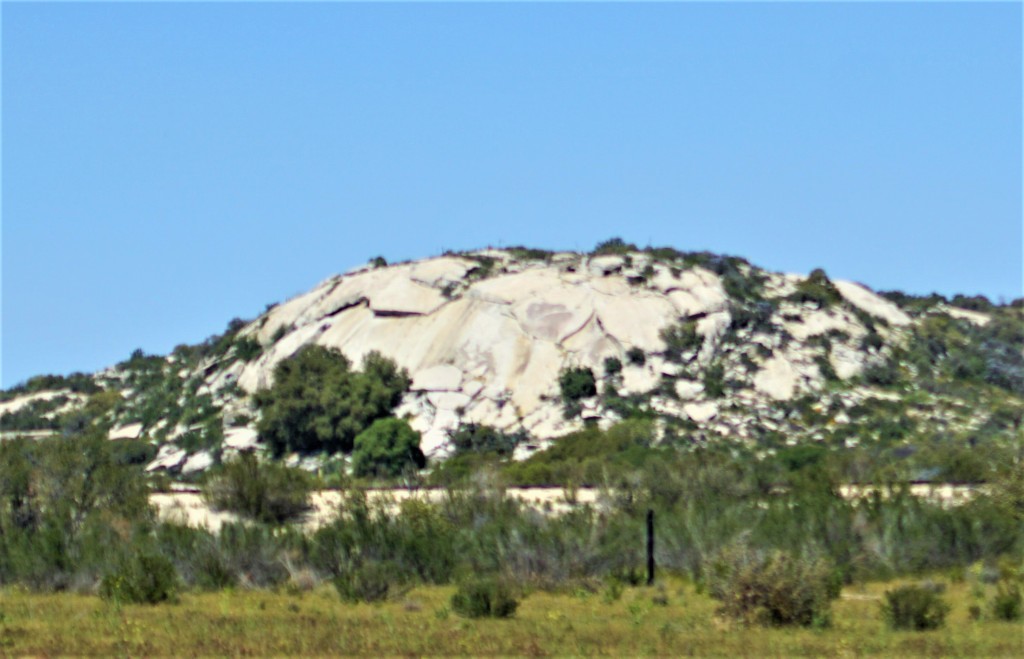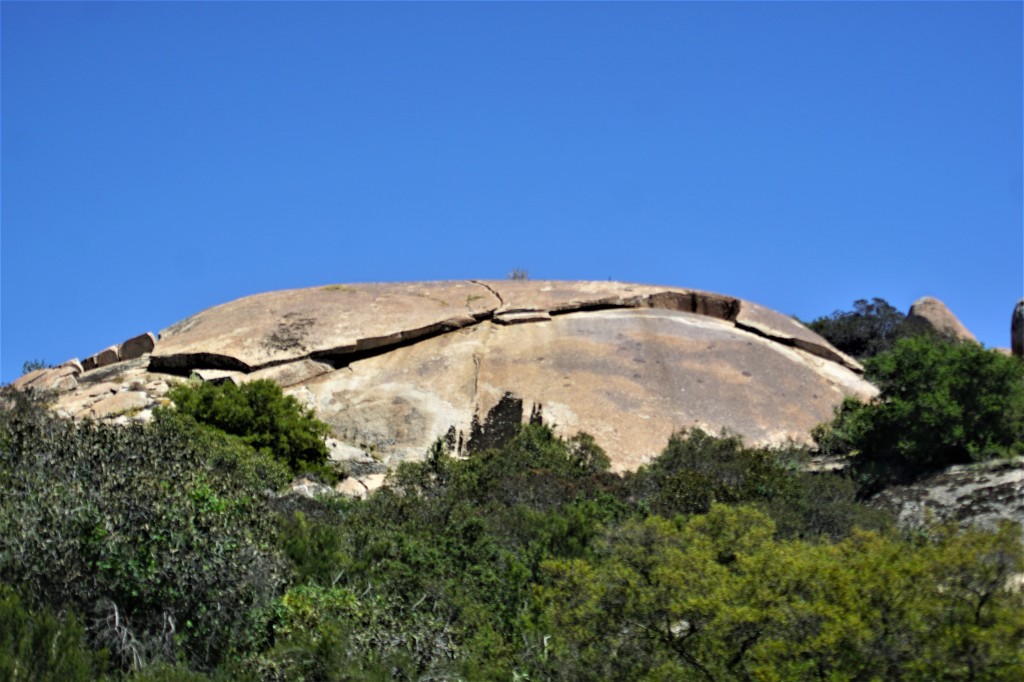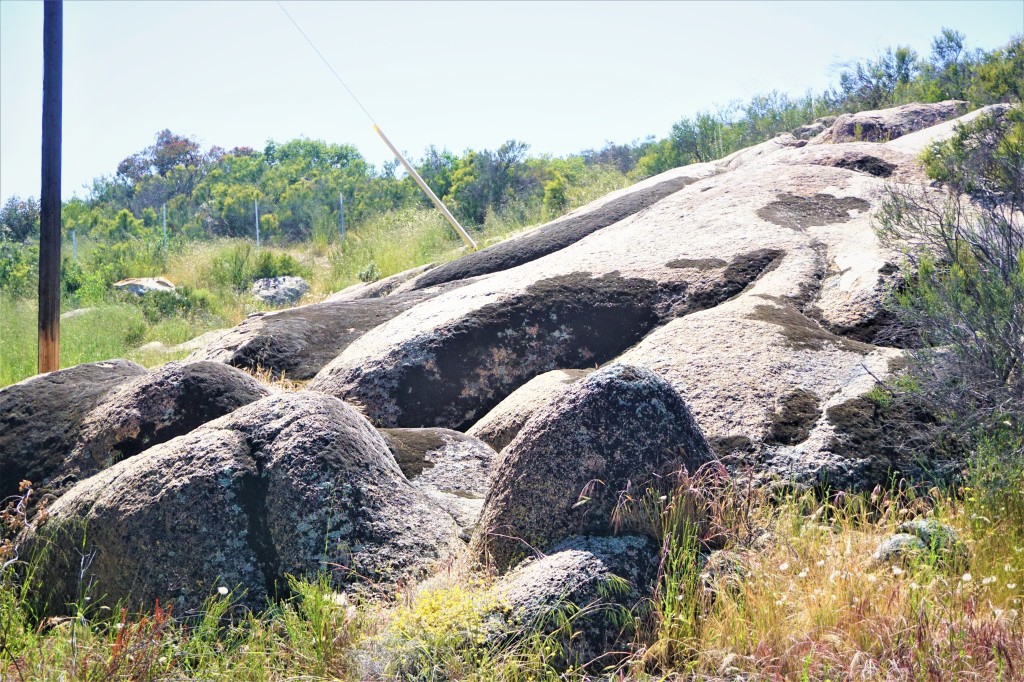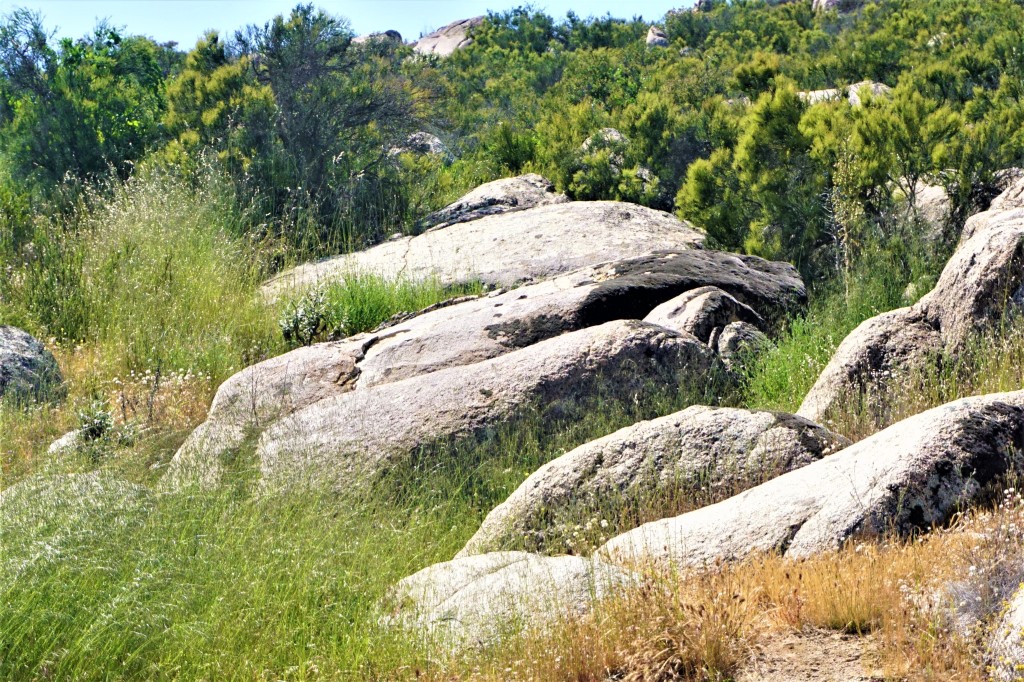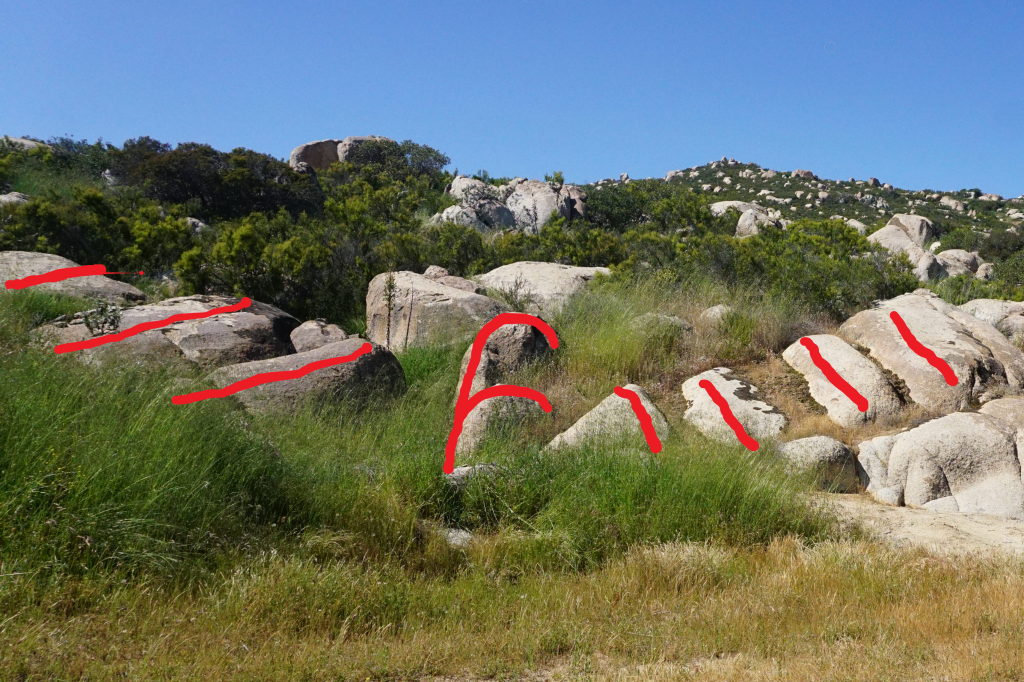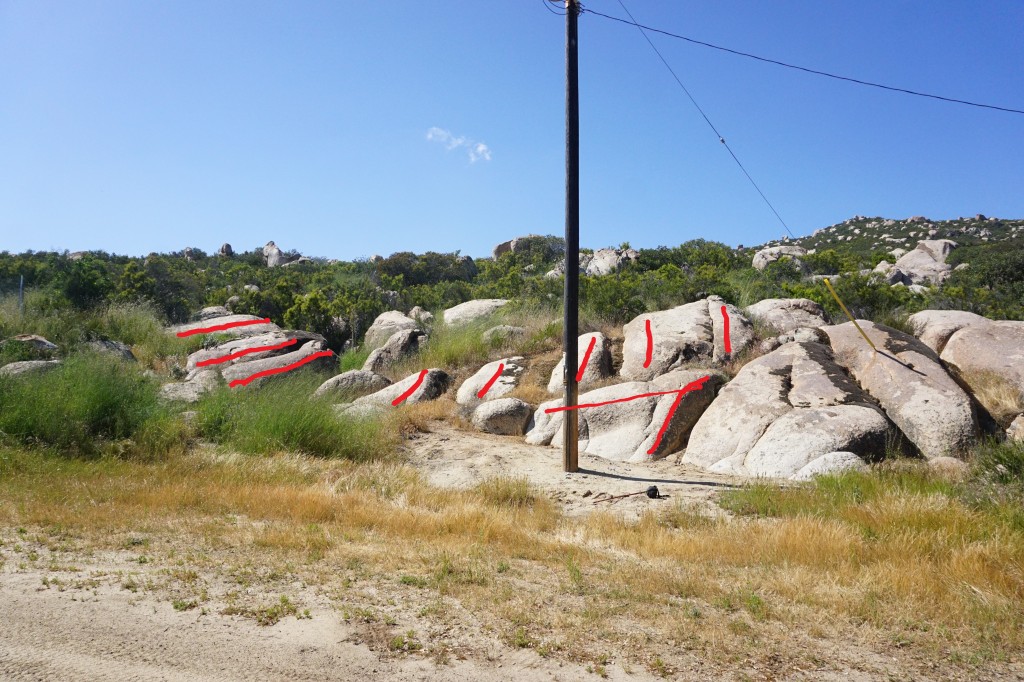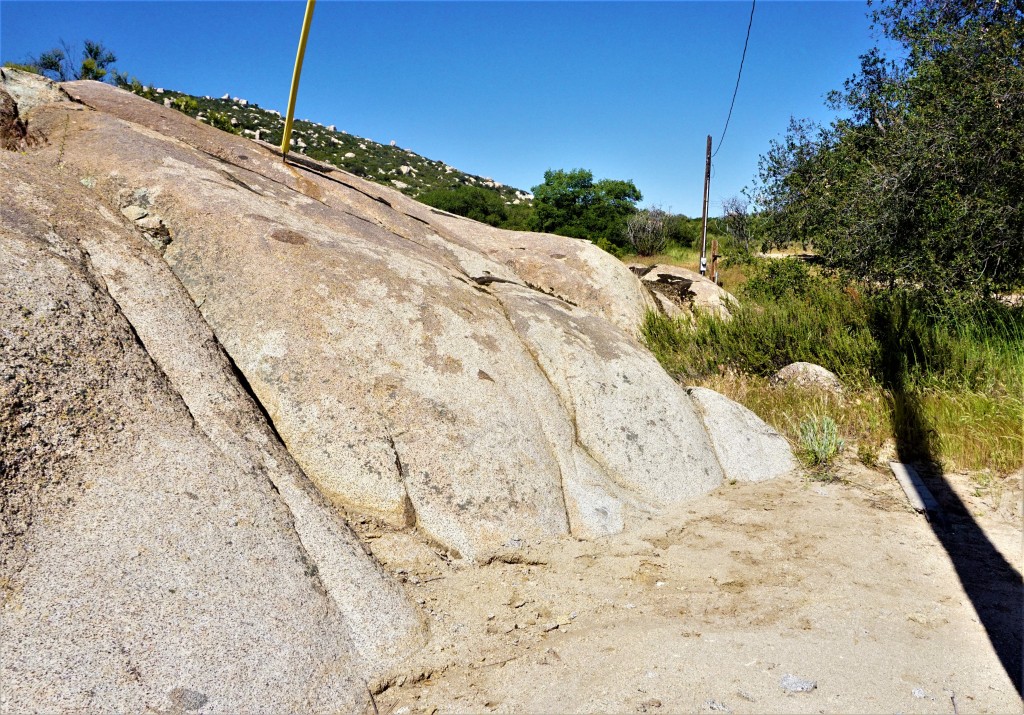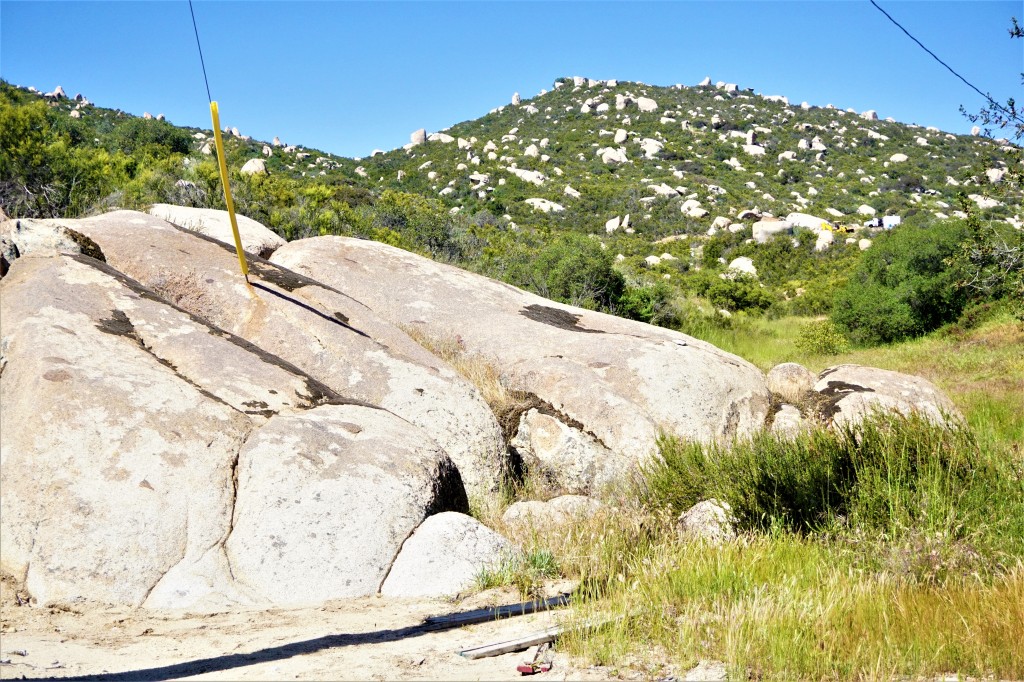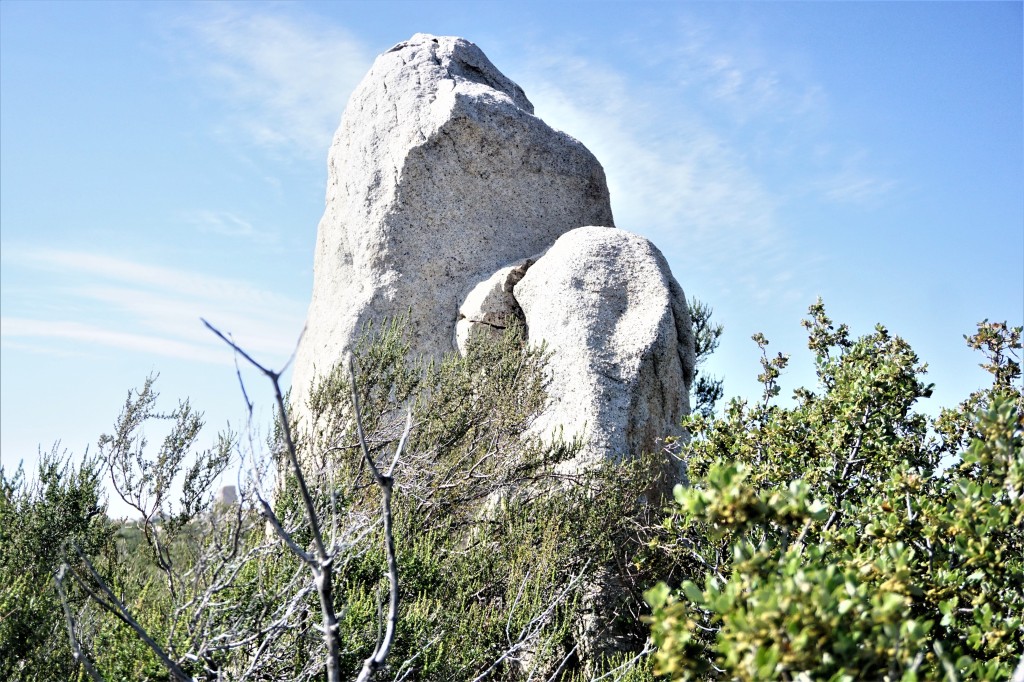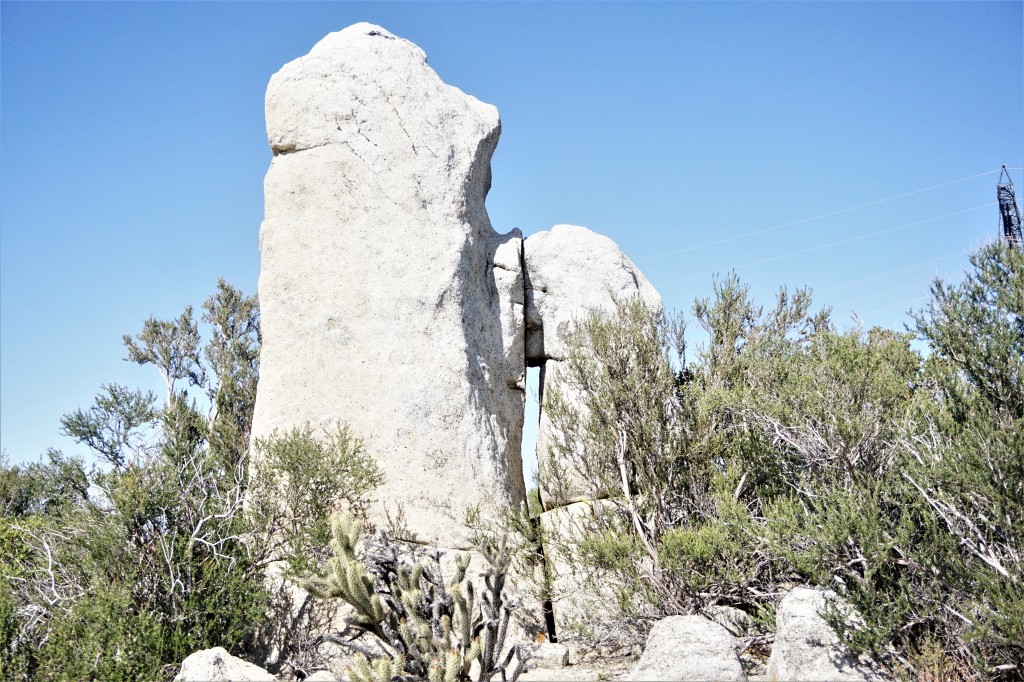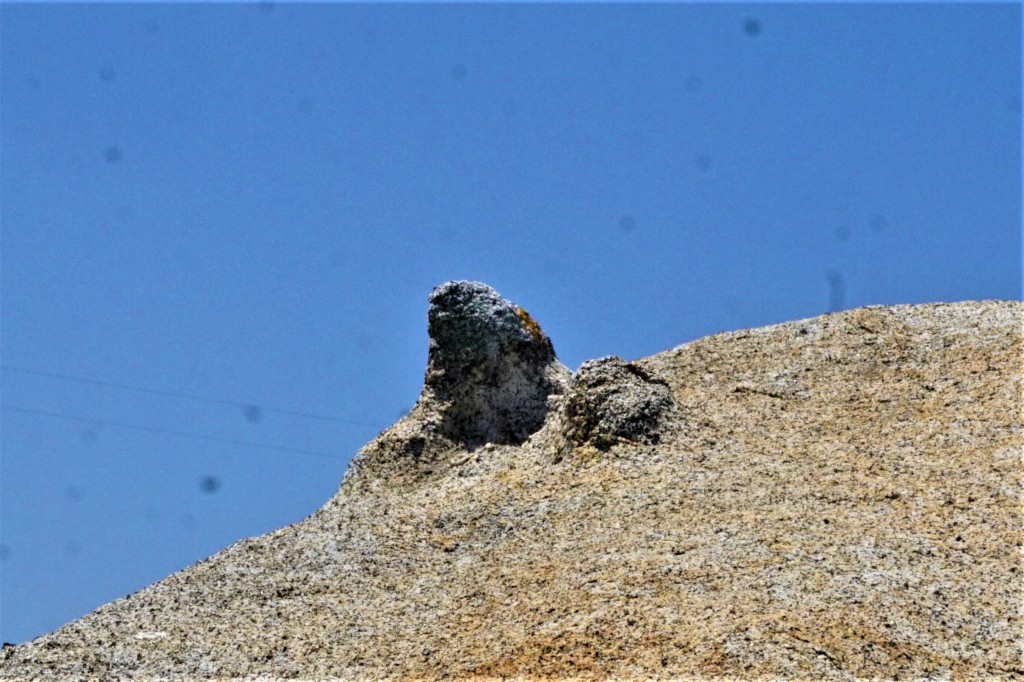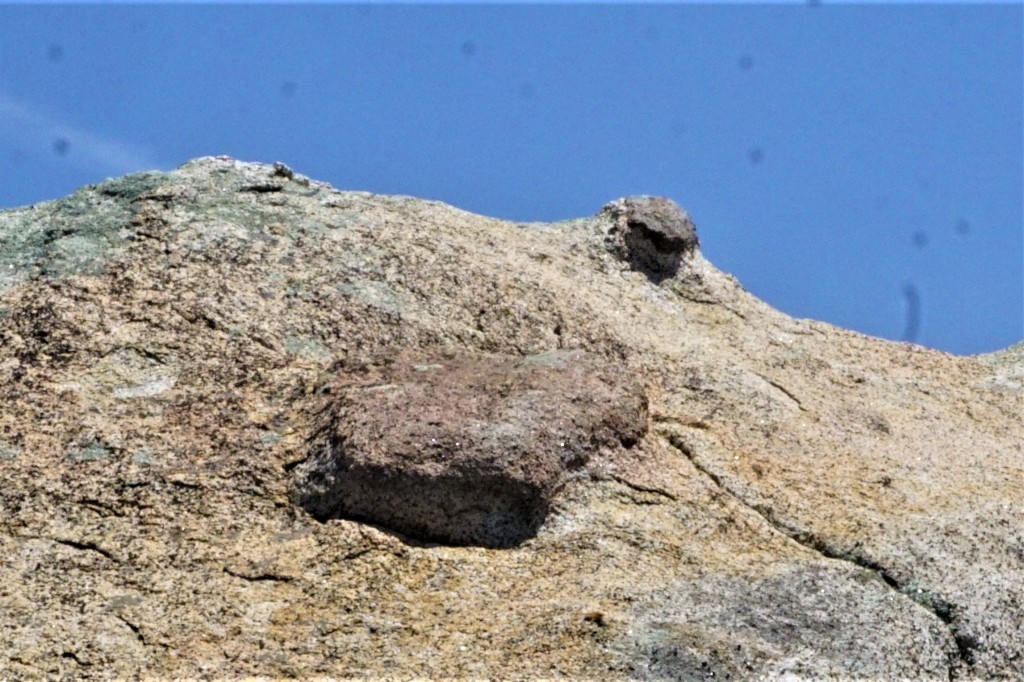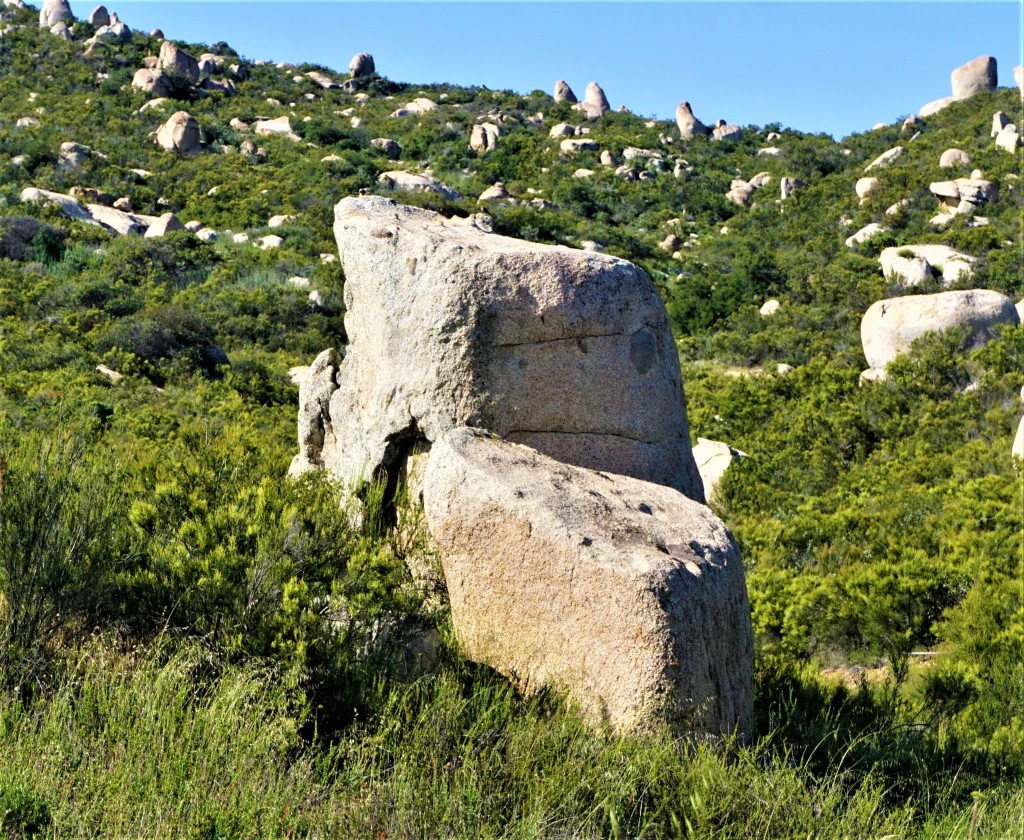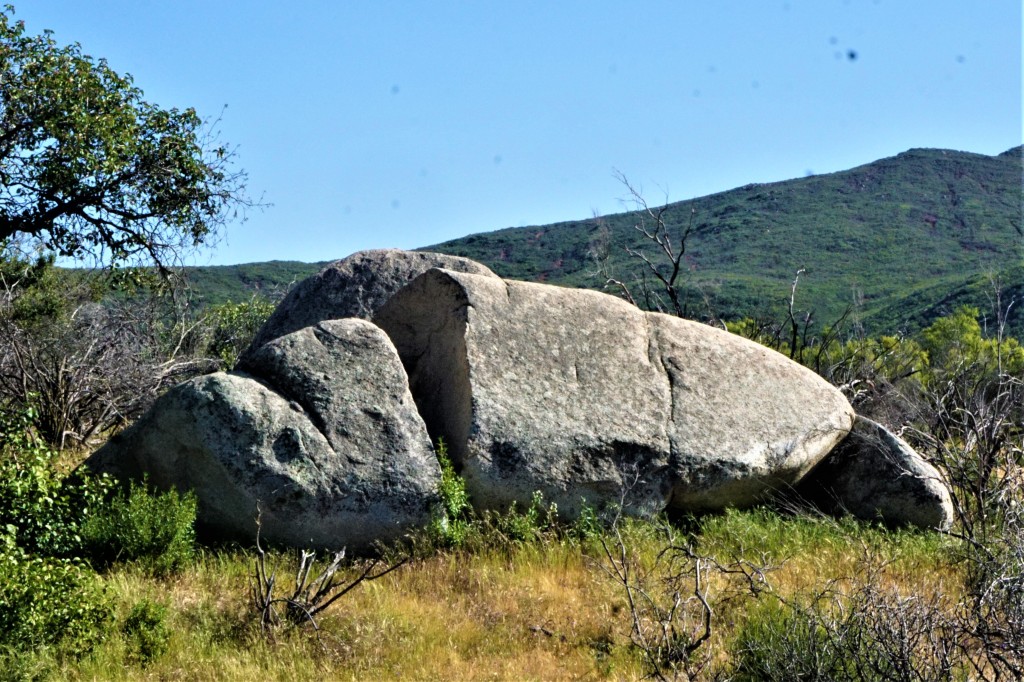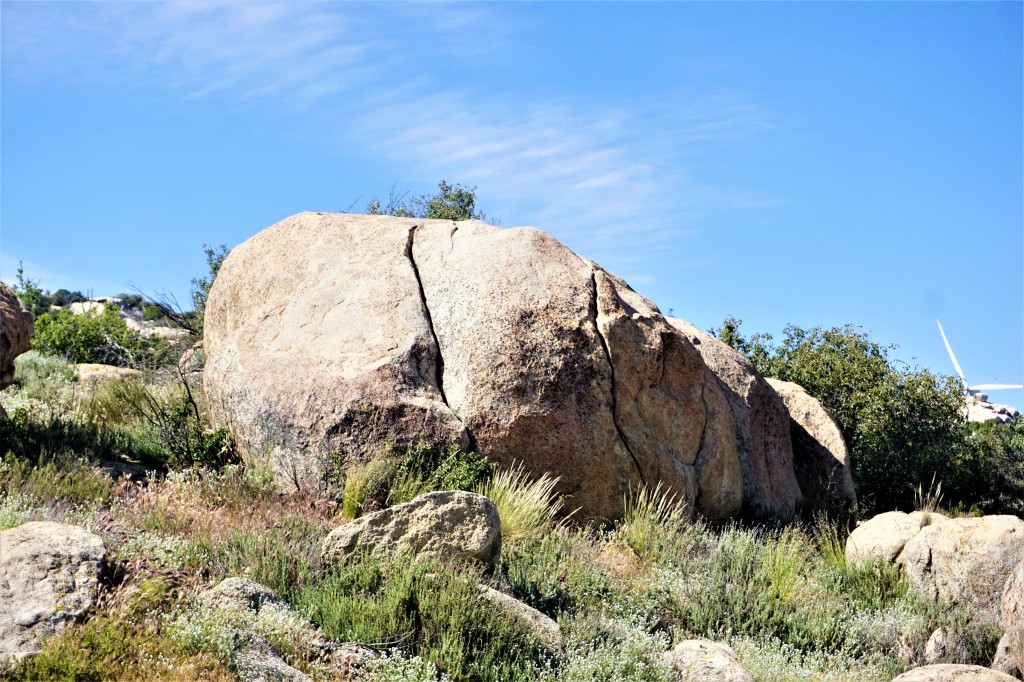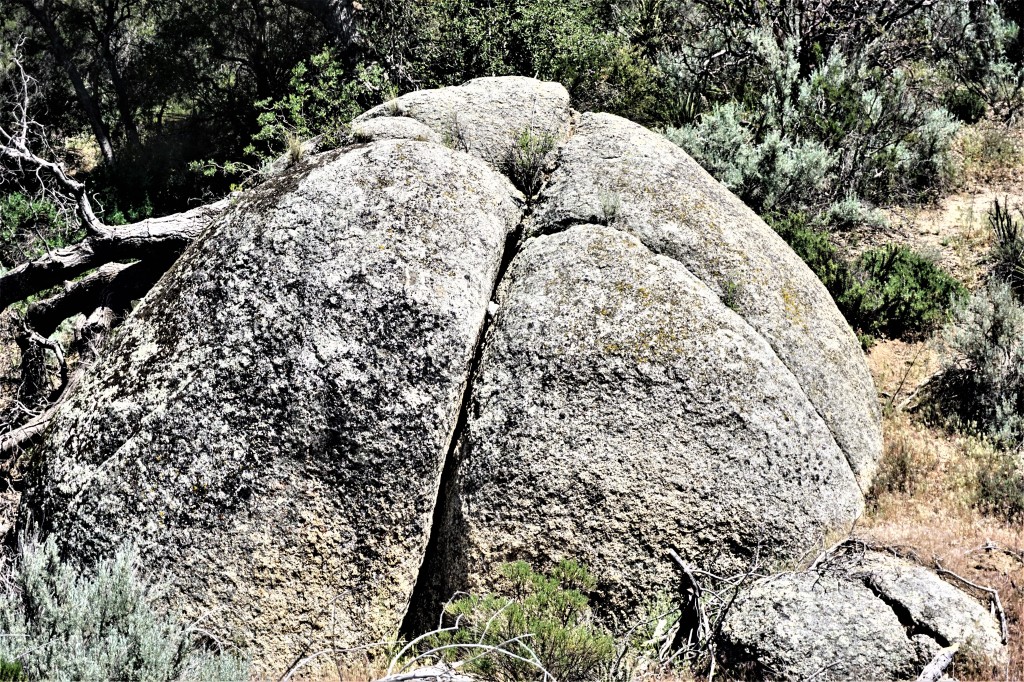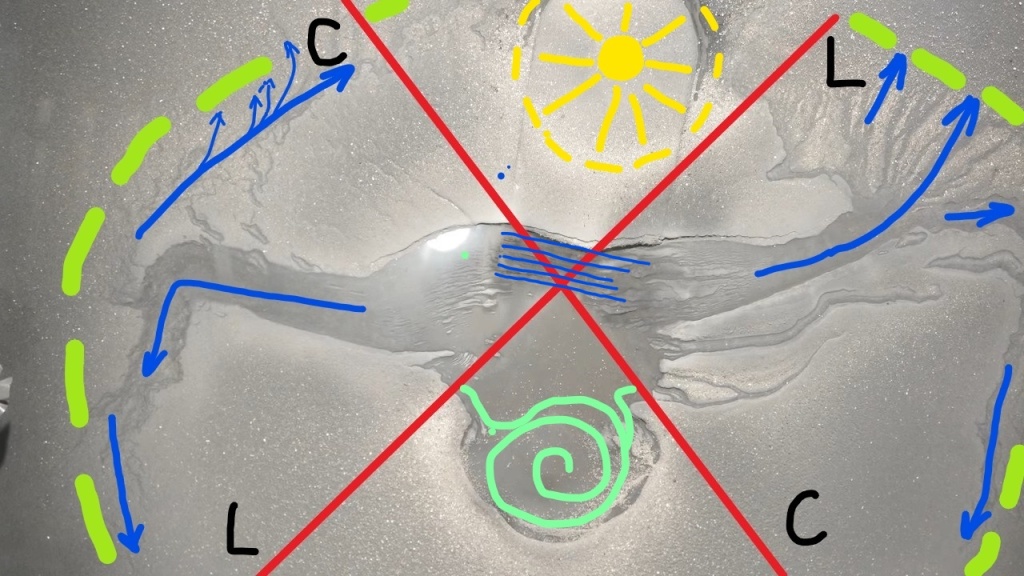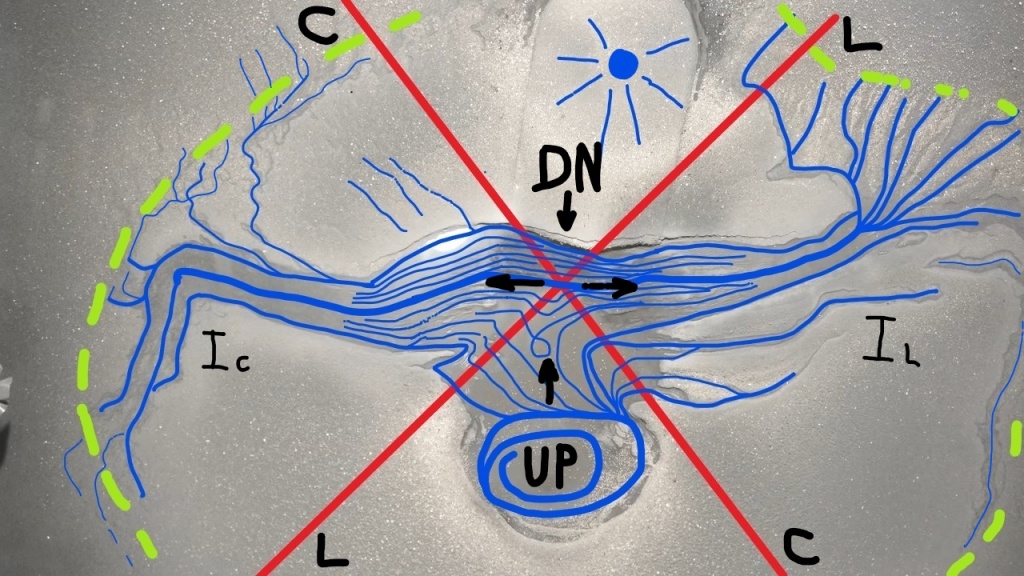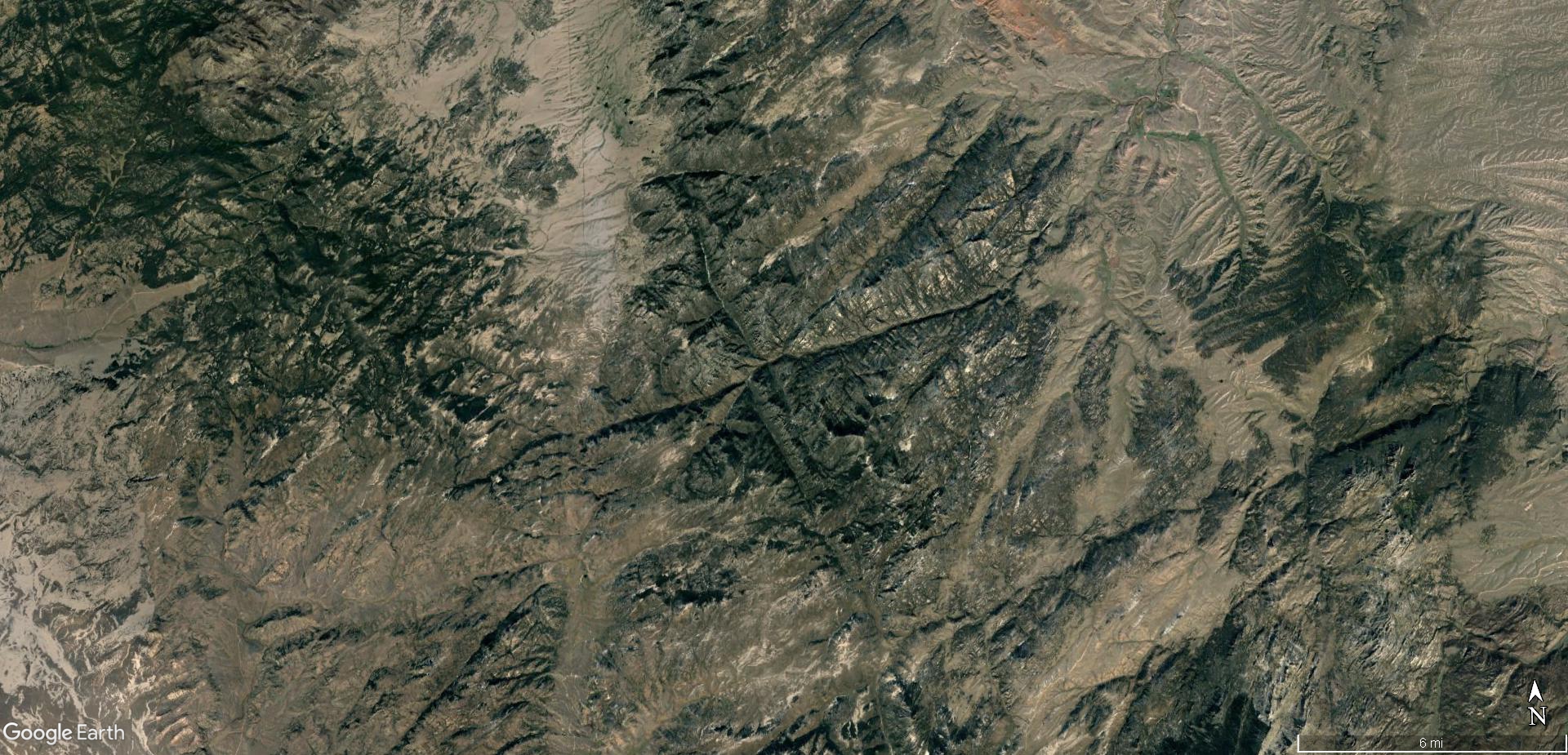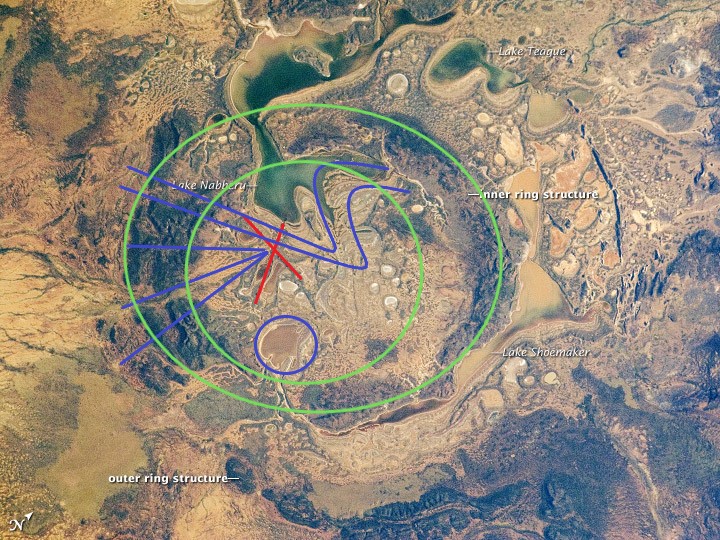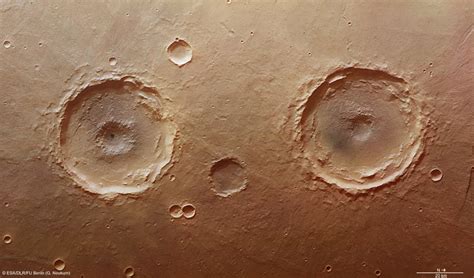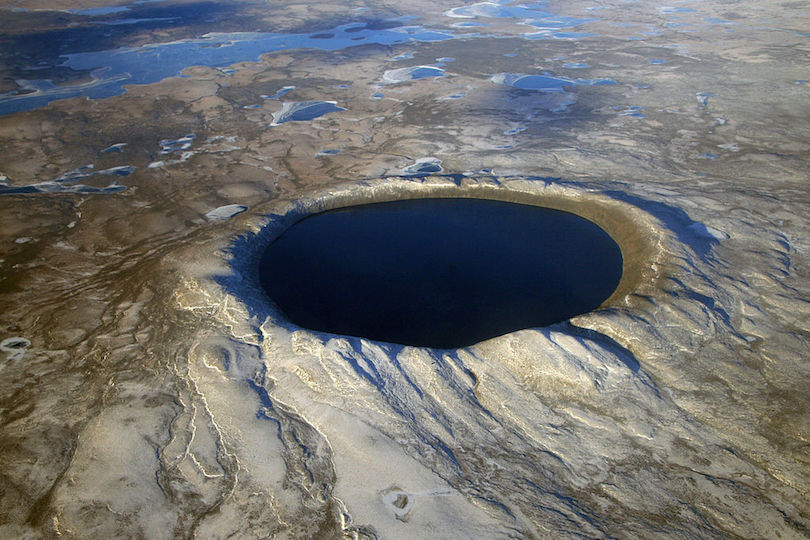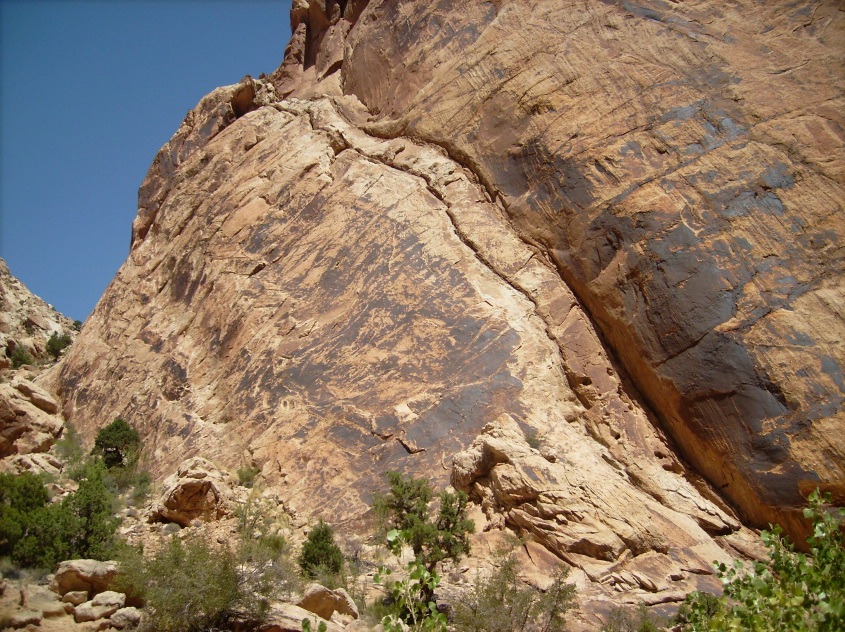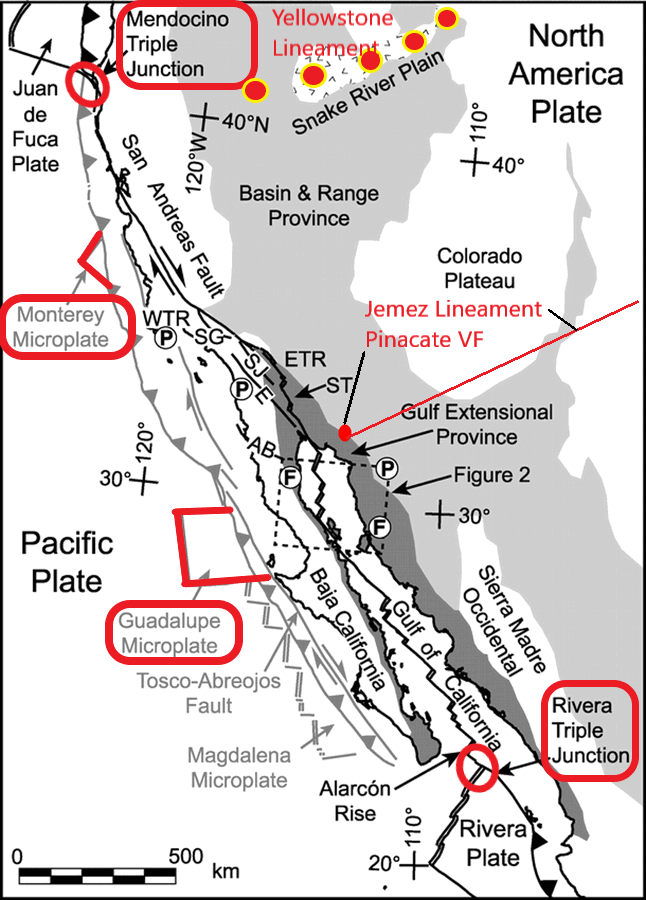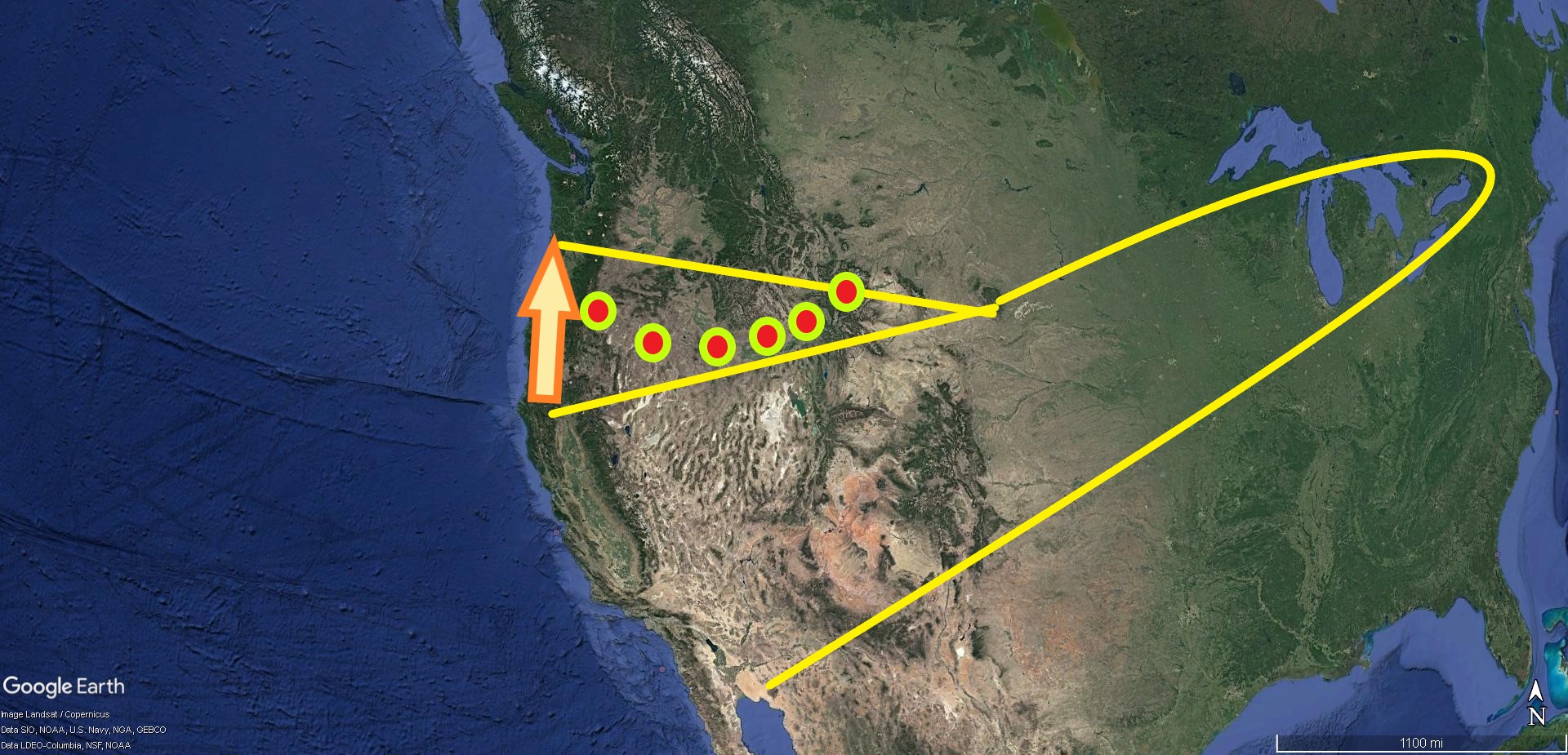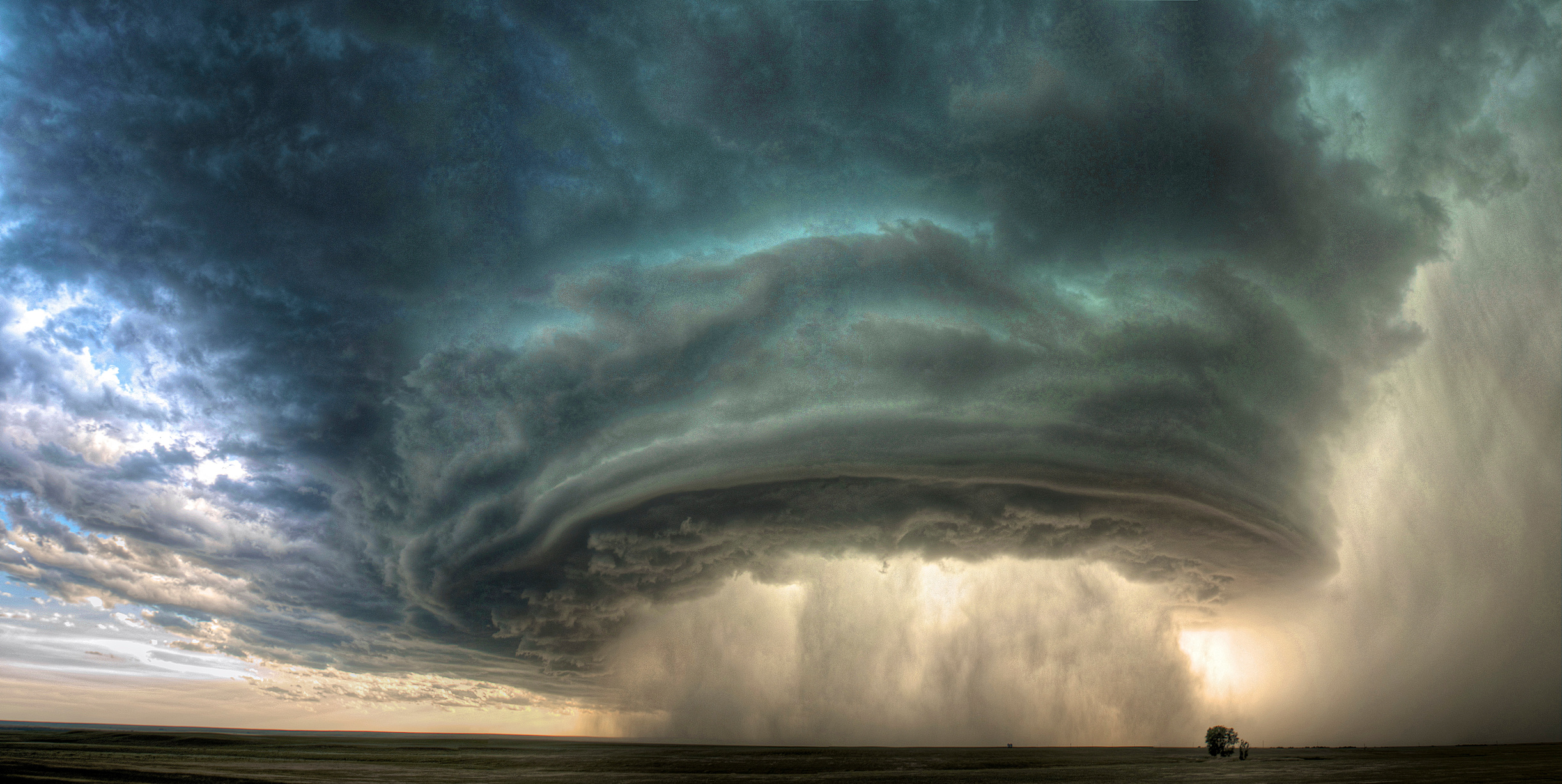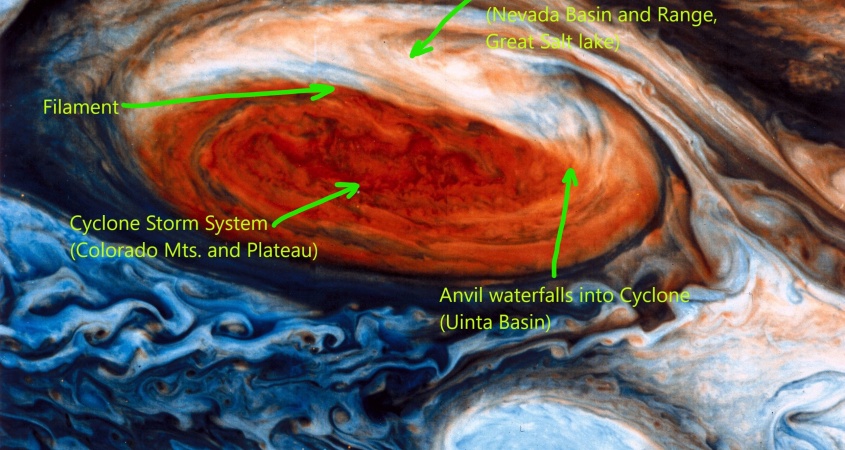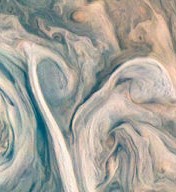Origami isn’t this mountain’s real name. It’s called Friday Fold, and is in the Alps, near Bern, Switzerland. Because it’s such a complex piece of earth, it serves especially well to demonstrate the actions of electric circuitry and plasma winds in mountain formation. In fact, this mountain displays electromagnetic/sonic-shock effects so well, it might be considered the “David” of plasma wind sculptures.
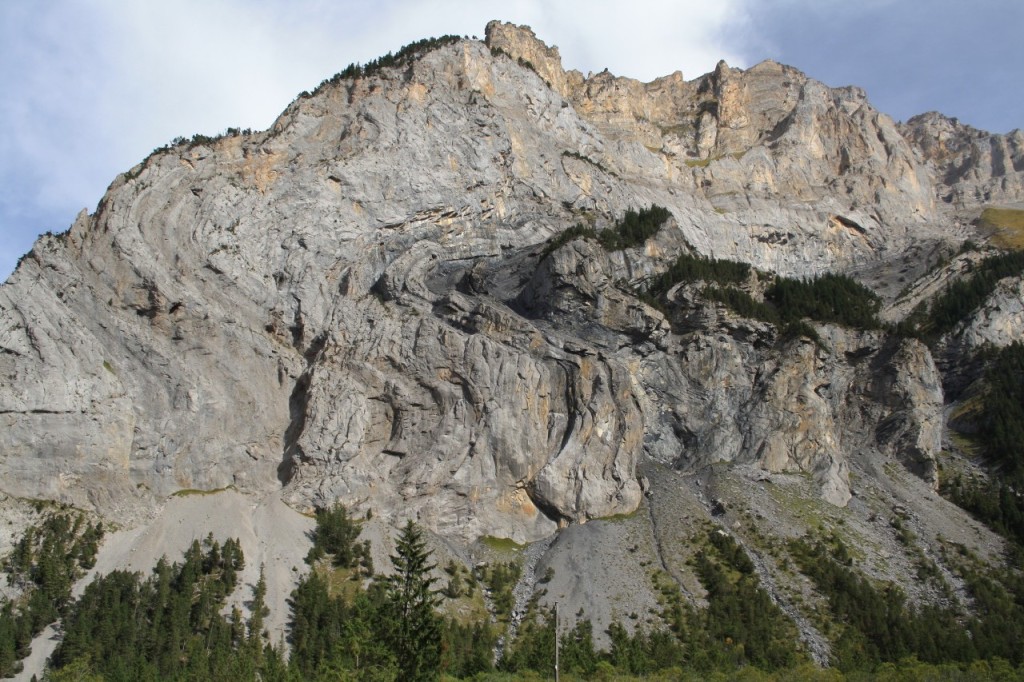
It also provides another opportunity to review sonic-shock effects, and expand our knowledge. This exquisite visual evidence portrays so many details of shockwave behavior that it could almost stand alone as proof that plasma winds sculpted the face of our planet. Therefore, we’ll spend some time reviewing shockwave evidence you may have seen in this space before, but it will be worth it to see how this one mountain ties it all together.
One has to wonder how these rock layers bent without breaking? Let’s first take a tongue-in-cheek review of the scientific consensus model for how such a mountain came to be. We should poke some fun because their theories are based on some incredibly hollow assumptions.
The consensus will say heat and pressure under tons of overburden made the rock plastic, and seismic forces made it twist. But these formations are right beneath the surface, where no such heat and pressure exists. So, the consensus added millions of years to allow time for something to happen.
And they have concluded that somewhere in that time this mountain grew deep underground under tremendous heat and pressure, either as a bottled-up volcano, or an ancient seabed, before being twisted and shoved thousands of feet through the Earth’s crust, bending without breaking, to arrive in the Alps – the very rooftop of Europe.
The twisting occurred because the continents are, according to the consensus, creeping across the face of the Earth like undulating amoebas, slowly smashing into each other and causing the crust to fold like an accordion. .
This requires some cause to push the continents, for which evidence has yet to be invented. Being a consensus, however, demands a settled consensus. And settled, they have, on the idea of subduction, whereby continental plates try to hump each other. One plate rides up onto another like a horny walrus causing all kinds of mayhem – earthquakes, volcanoes, and faulting from up-and-down accordion action. It’s an act of violent tectonic rape that shakes the bedframes, but very slowly over millions of years.
This still doesn’t answer what does the pushing, but it explains the heat and shaking. The consensus still looks for a source that pushes the continents around. Peer-reviewed papers claim it could be Plutons, Dark Energy, Dark Matter, micro-Black Holes, or a wormhole. These are “things” with names but no explanation. Many think it’s related to the idea – really just a wild-ass assumption – that the Earth has a core of iron that spins inside like a ball bearing at a different rate than the rest of the Earth. It’s been doing this for billions of years, right under our feet, and we don’t even feel it. It’s so damn smooth, like a Lincoln Continental, except when the continents bang around.

While agreeing to disagree about the pushing force, they agree on the humping. But the consensus model for mountain formation from accordion action needs one more act – erosion. They have to fill-up those millions of years. The concept is demonstrated in the above piece of “science”. The idea being mountains were really, long ago pushed up way higher, even two-three times as high as they are now, and then worn down by erosion over those millions of years. This has to happen in their models to produce mountain shapes – the sharp peaks, cliffs, deep cut canyons – and the fact they find “river rock” and sea shells on top of mountains and all other sorts of geologic strangeness.
Never-mind wear causes shapes to round-off, not sharpen. It’s counter-intuitive that mountains result from wear, of course, because it’s nonsense. Welcome to cognitive dissonance.
Their theories leave a lot of questions. Like, where is all that eroded matter? But the biggest question of all is how does that model of time plus random forces produce the harmonics that are so obviously present?
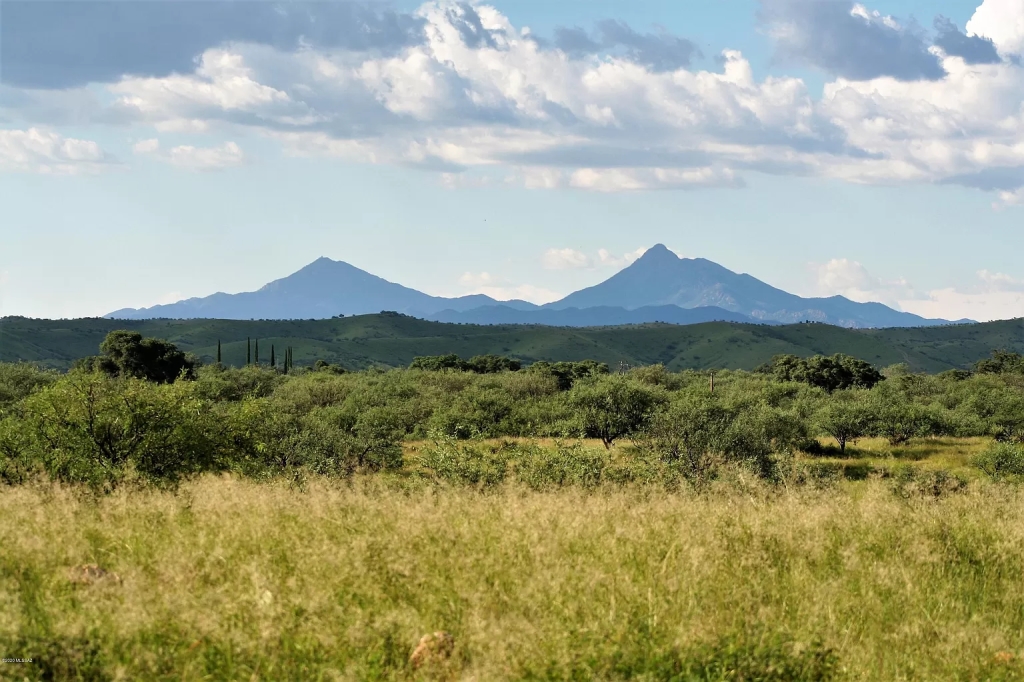
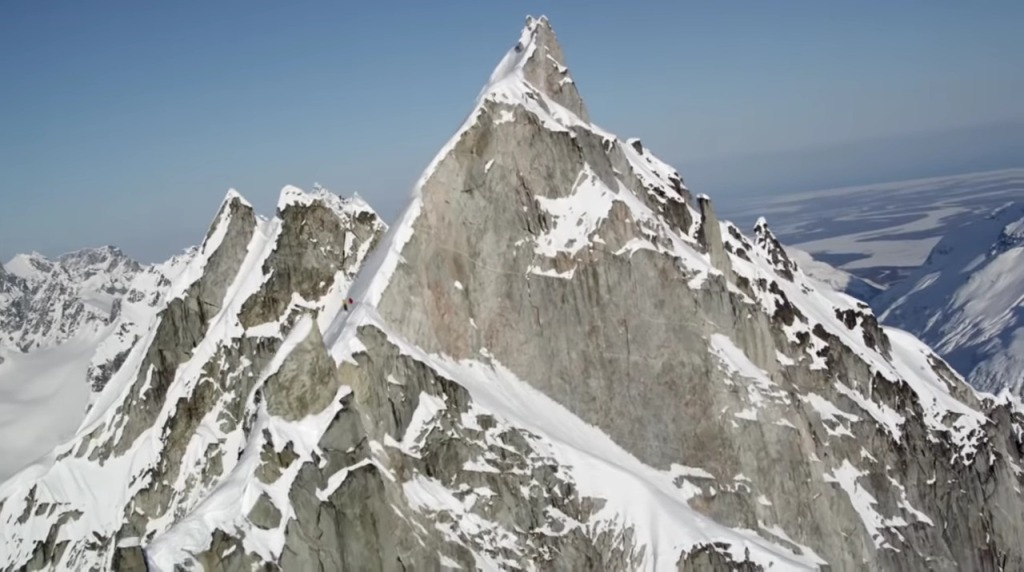
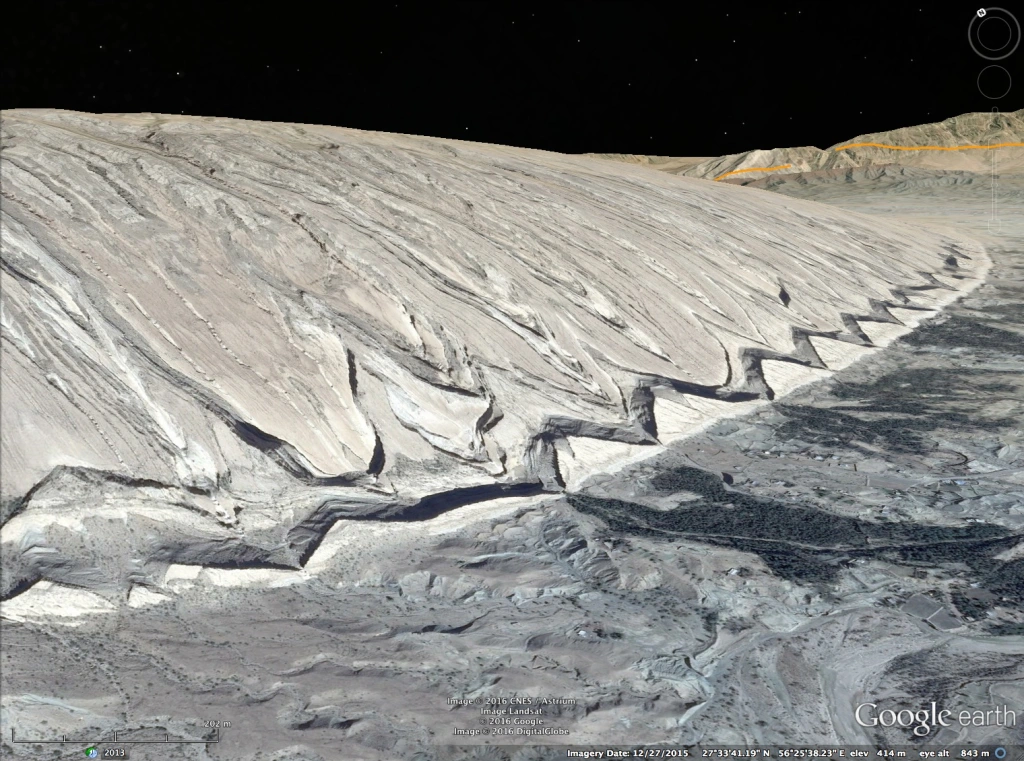

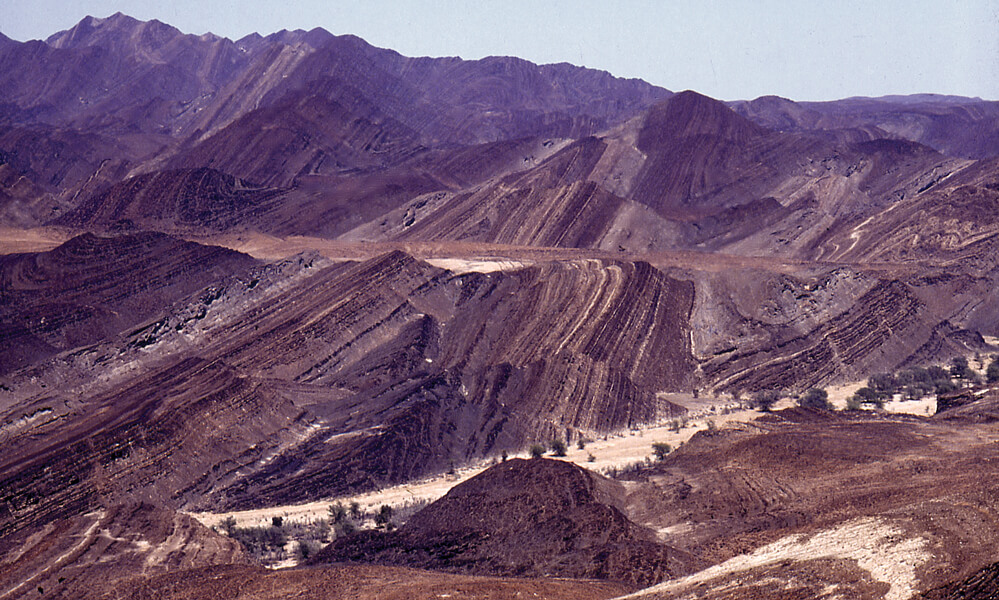
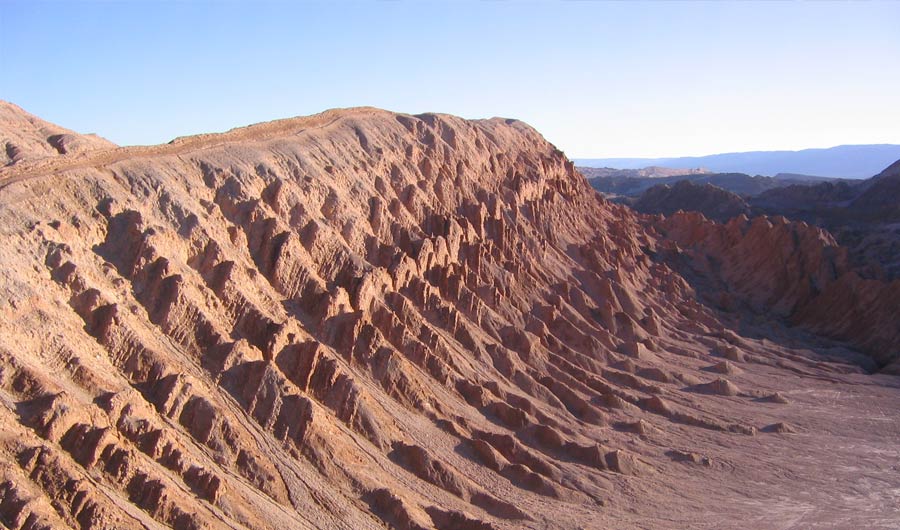


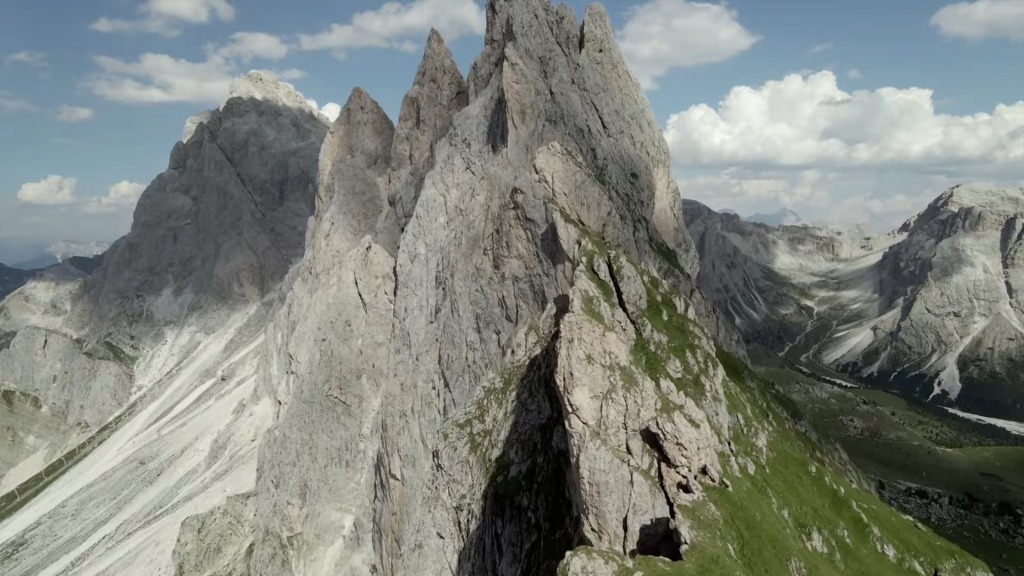
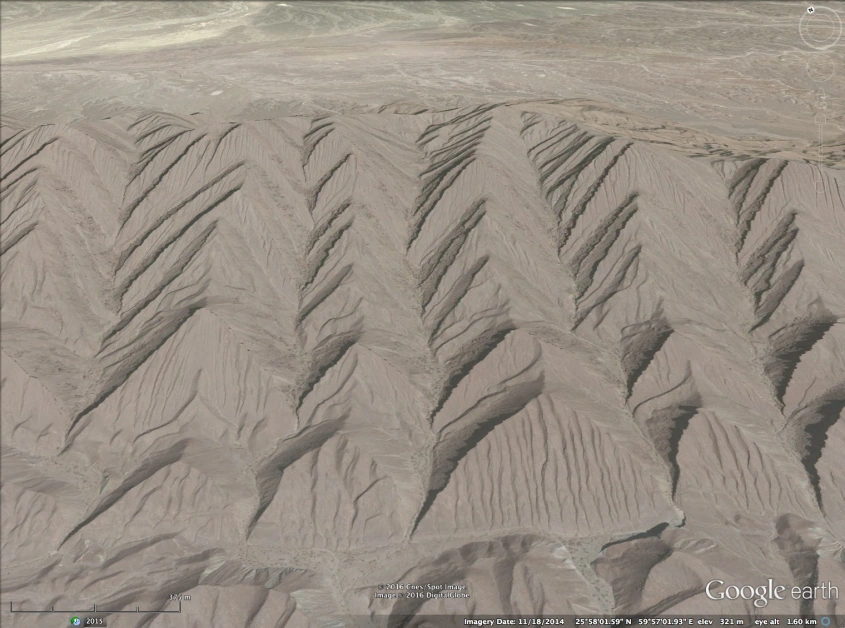

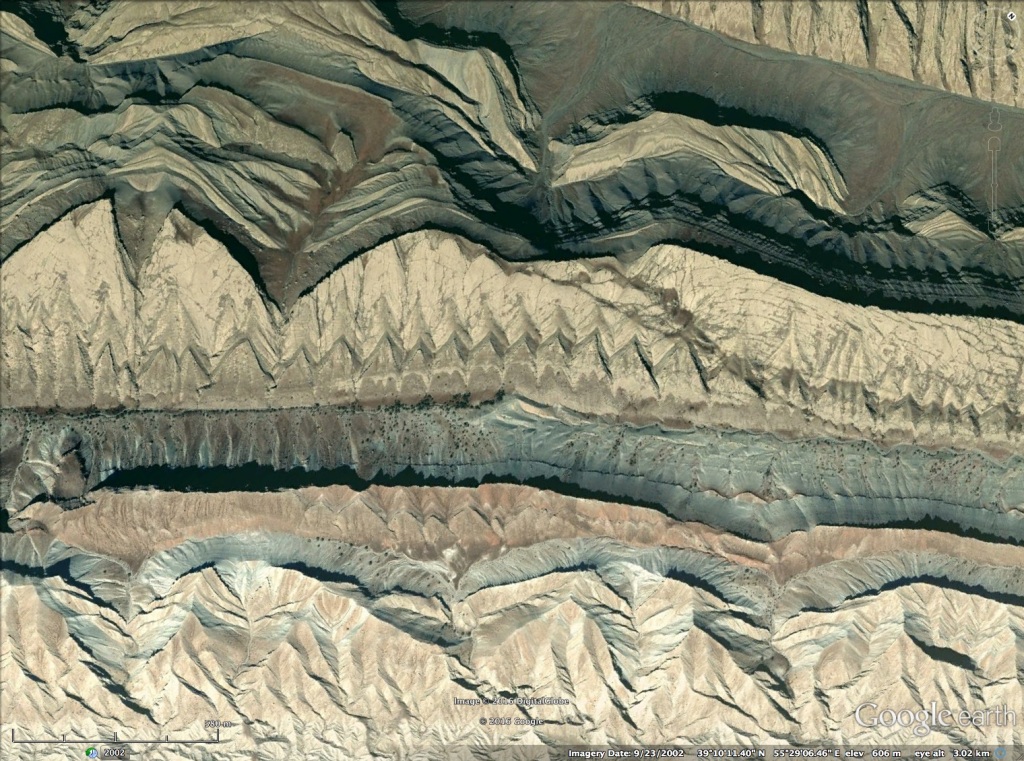


Look at the above pictures, and others to appear later. Go look at the mountains outside. There are harmonic shapes everywhere. These are sonic wave-forms. They are the result of an interference pattern generated by electric winds. The tetrahedral shape of mountains and layered triangular flat-irons are due to a high pressure zone in the shockwave called the Lambda Structure.
Harmonics in shockwaves are found in longitudinal, transverse and compound form. A longitudinal harmonic occurs when multiple lambda structures form simultaneously, side-by-side across a wind-front as an interference pattern. A transverse harmonic occurs when sequential lambda structures form in-line with the wind, like a jagged sine wave, building tetrahedrons one atop, or in-front of another as the shock wave travels into the wind. A compound harmonic occurs when both happen together, in symphony.
Transverse structures portray changes in amplitude to the lambda structure over time, allowing a way to determine if the winds were building, or diminishing as the mountain deposited. Longitudinal structures portray changes in amplitude as well, allowing determination of relative wind strength across the wind front.
Changes to the Mach angle, portrayed on the windward side of the tetrahedron, allow a way to determine relative changes to the wind velocity, in both direction and speed.
The mountains are waveforms. The waveforms are evident in virtually every mountain structure except for volcanoes, and even some volcanoes exhibit them, although the cause and effect are different. Some mountains are clearly defined tetrahedral shapes from supersonic winds and some are piles of fluid dunes, deposited by subsonic winds. The same shockwave forms appear time and again in every type of mountain, from igneous granites to sediments of sandstone and limestone, belying the consensus concepts of formation.
Consensus geology generally ignores the obvious harmonics because their paradigm holds no answer. That is why I never believed them. If you can even find where consensus geology tries to explain harmonics it revolves around meaningless pleas to butterfly wings, interconnectedness and complexity. Ponderings of the eternally confused. They are so full of crap.
They can’t explain it because they ignore the obvious role of electricity. Harmonics are a consequence of resonant frequencies in electromagnetic waves. Sound waves, light waves, any wave. The energy that drives the wind is electromagnetic.
You will know, if you have followed Electric Earth geology, that plasma winds and electrical discharge sculpted the face of our planet. Not parts of it – everything. Erosion and time have had superficial effects on a landscape shaped by Earth’s electromagnetic field, which time and again has amplified to catastrophic levels. Earth’s birth was electrical, and plasma winds scoured it’s face then, and since in repeated events of high potential that piled layer upon layer of sediments during storms of Jovian intensity. As myth has it, and the Thunderbolts.project knows, Zeus really did throw lightning.
That episodes of plasma storms swept the planet is, verifiably evident. Mount Origami is evidence of fluid, ionized dust deposited by supersonic winds during one of these episodes. The shape of it’s sinuous folds is irrefutable proof of supersonic winds.
Most mountain structures are formed like a sand dune, deposited by dust laden, plasma winds. The wind, however was in places supersonic, travelling in jet streams of electric current segregated by magnetic fields and step voltages. Winds swirled in coaxial vortices, paralleled at different speeds, passed each other in opposite directions, and crisscrossed like a freeway overpass. Polarity, harmonics, the electric field and magnetic induction patterned their motions. They were winds like those on the planet Jupiter are today.



Supersonic winds form shockwaves where there is a change in momentum, meaning a change in speed, direction, or density. Any bump on the ground in the path of such wind will produce a standing shockwave. Shockwaves produce sonic waveform geometries sharply defining regions of compression and rarefaction in the atmosphere. These geometries can be reproduced without fail in the laboratory using simple wind-tunnel models.
The image shown is an example. It portrays a standing shockwave produced by a supersonic wind in an expanding volume chamber. Note the nuanced patterns that barely show as shadows, as well as the darkly defined lines that portray the incident shockwave. These are all harmonic reflections that resonate with the incident shockwave, and portray an interference pattern of compression and rarefaction downstream.

Like any sound wave, shockwaves echo, refract, resonate and cancel in the manor that classical physics predicts. The dark lines in the image are from light refracted by the high density, extreme pressure in the shockwave, taken by Schleiren photography. Each dark line is actually a razor thin region of extreme compression and temperature. Compression also ionizes air in the shockwave, and in the charged plasma environment at the time mountains were built, they became electrical conductors between the clouds and ground.
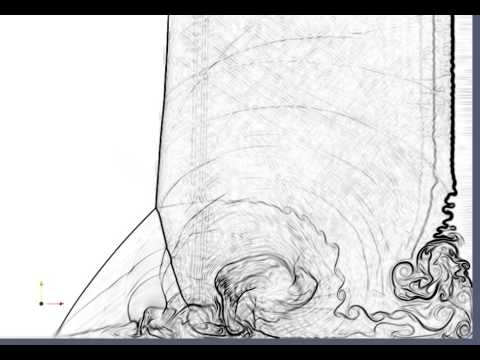
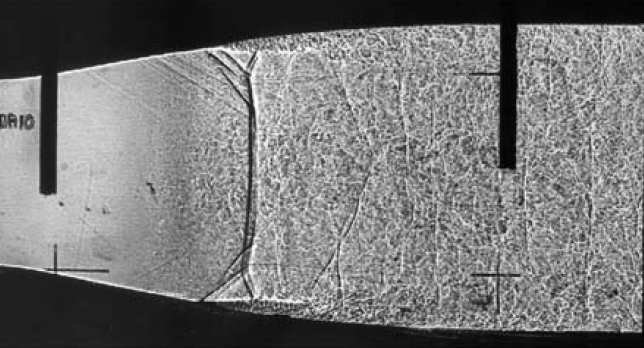
It should be recognized by intuitive reasoning that in a plasma environment, sonic waves and electromagnetic waves become one and the same. The energy in the shockwave forces ionization, as demonstrated when nuclear-blast shockwaves generate lightning. Add an electric field amped to super-storm levels, winds mixing a chemical soup; and Earths atmosphere had to mimic Jupiter’s, with gargantuan electric shocks trying to balance charges, and the shockwaves acting as lightning conduits.
All of the regions in the shock pattern influence mountain building, and the evidence is left in the rock. So we’ll take a look at a few examples to establish how to observe this, and then discuss the formation of Mt. Origami.
There are three regions highlighted in the next, simplified diagram of a standing supersonic shockwave and it’s turbulent downstream reflections. Use the slider to see the features highlighted.
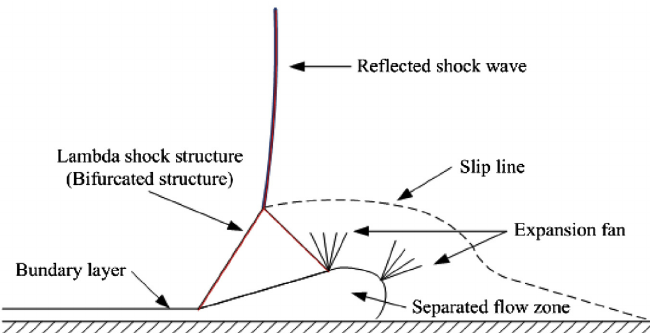

The highlighted features play the most common roles in mountain building. The first, most obvious feature to examine is the ‘Lambda Shock Structure’, also noted as the ‘Bifurcated Structure’, highlighted in red. This region is where a deflection of the supersonic wind creates a standing wave, called the ‘reflected shockwave’ in the diagram, because it is a reflection from the floor, but is sometimes referred to as the incident wave depending on the framework of the experiment.

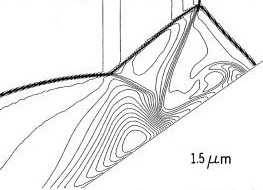
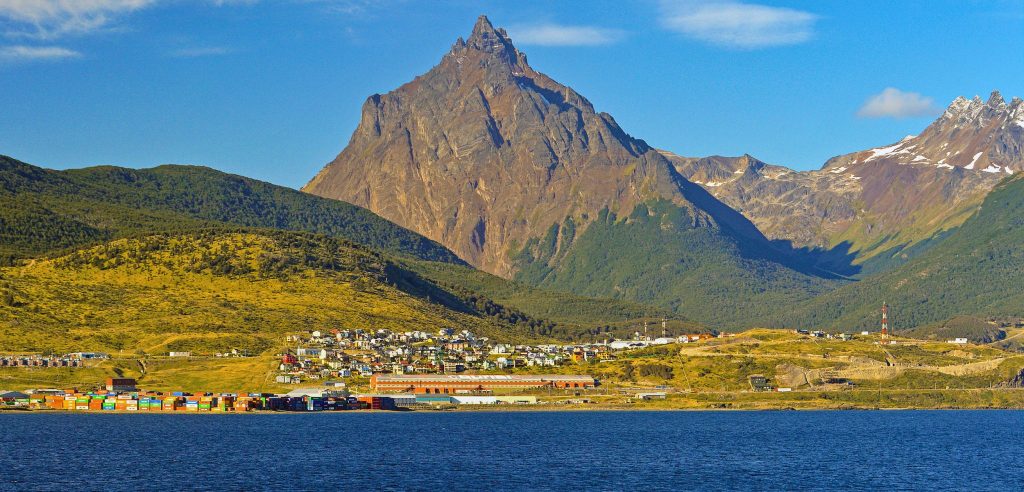

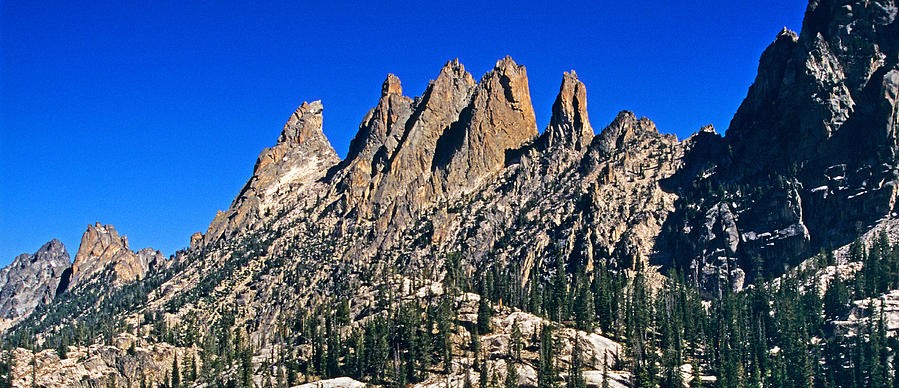

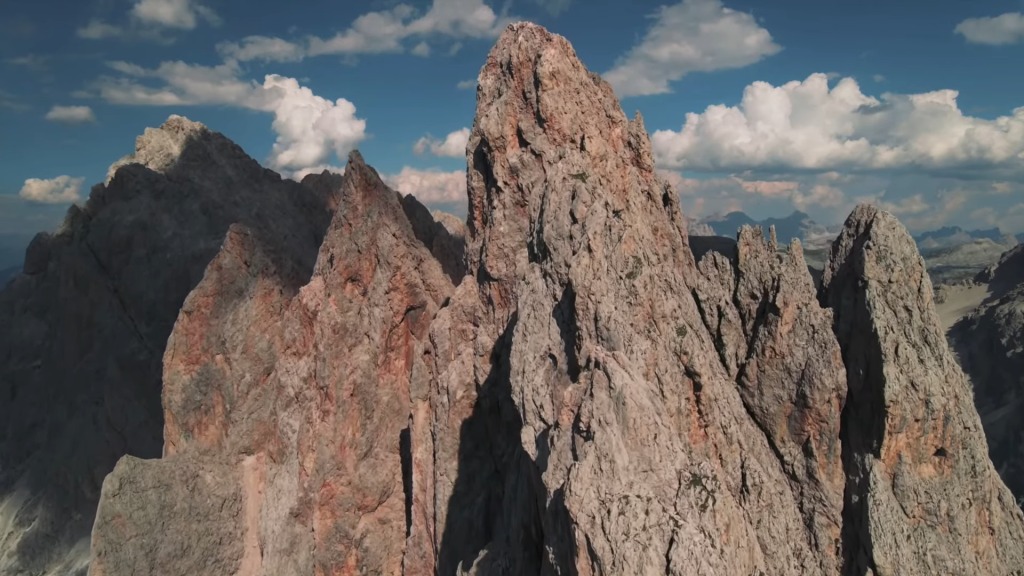
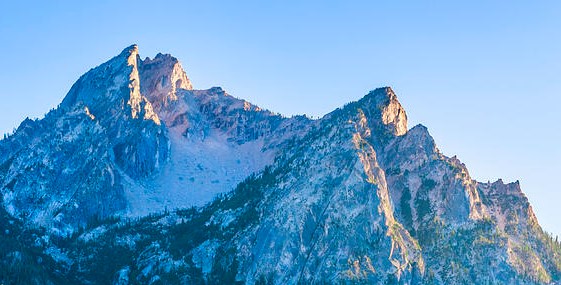



The Lambda structure is, in 3-D, a tetrahedral bubble of high pressure and low velocity created where the fast moving airstream separates from the ground and deflects upward. Like wind flowing over an airplane wing, the deflection produces a low pressure, high velocity zone above, and a high pressure, low velocity zone below. In a highly charged plasma environment, it was also a densely charged, delta-wye junction in the circuit between sky and ground, which made it act like an electrostatic dust bin.
The shape of the tallest, most dramatic mountains on the planet are direct visual proof of this. Note there are singular peaks and repeating, harmonic peaks. These were created in a singular storm event that swept the face of the planet. A storm so violent that supersonic winds generated lambda structures thousands of feet high. A wind so dusty it filled those structures to overflowing during that singular storm. This is just my opinion, of course, based on what I see around me. I will say in my defense, that many ancient texts and myths tend to agree.
Everest is a particularly good display, because it shows the magnitude of the freaking winds I’m talking about. It’s twenty-nine thousand feet tall and has sea shells in it. Meaning it was dredged from the sea and deposited high-speed into an electromagnetic Jell-O mold generated by an electrified wind dragging across the face of the Earth. To my mind, this could only be possible if nearly the entire atmosphere was in supersonic motion.
The angle of the windward face of the Lambda structure is related mathematically to the Mach speed of the wind producing the shockwave. The Lambda structure forms a triangular plane at this angle, situated perpendicular to the wind direction, just like the windward facet of a sand dune. It is called the Mach Angle and can be used to determine the wind velocity for a given gas density.
Everest’s north face, on the Tibetan side, is this windward face. The stratification of it’s limestone sediments are at an angle of ‘dip’ much shallower than the North face profile that portrays the Mach angle. The stratification is very evident in the photo of Everest shown.
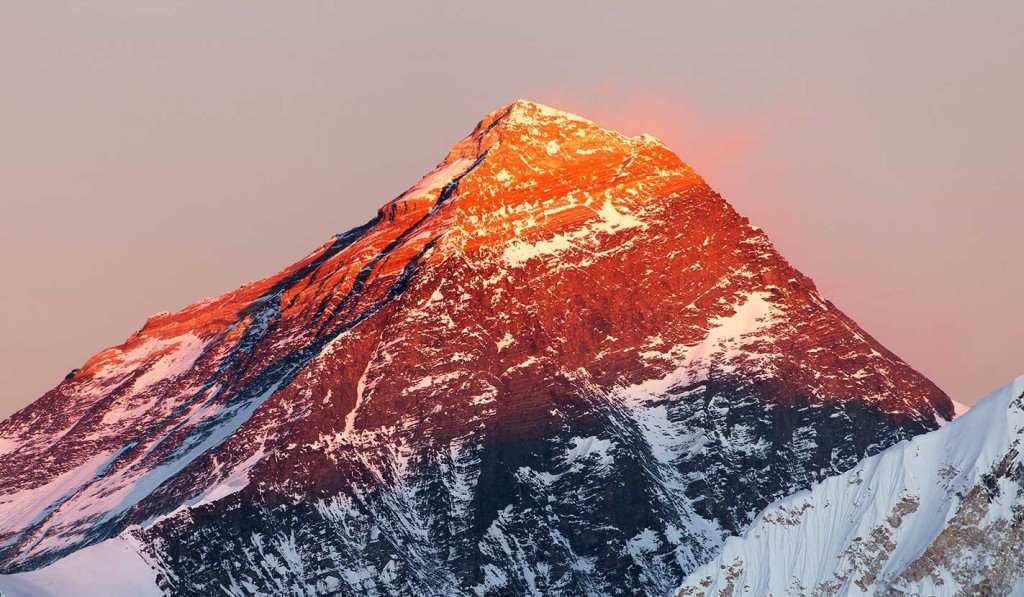

Please note in the accompanying shockwave image, inside the Lambda structure, there are echoes inside that have a reduced angle of dip compared to the Mach angle of the tetrahedron. This is highlighted in red in the image above.
Compare the stratification dip on Everest to it’s Lambda outline, and there is a similar relationship to the internal pressure stratification in the Lambda structure, indicating the mountain was deposited in layers at this angle under the influence of a continuous wind until entirely filling the tetrahedron. The layers vary in composition, indicating the wind itself was layered, or segmented in composition.
Did the layers deposit sequentially, one atop the other; or did a single wind, rainbow-layered in chemistry fill this lambda structure all at once? I strongly favor sequential layering, but haven’t ruled-out the rainbow. At least, it did not happen over millions of years. It occurred during a single ‘storm’ event. Geologically speaking, it happened all at once.
That must have been something. The entire planet must have spun. In fact, it did. This can be shown – and will be in future articles – by identifying the interference patterns that remain for us to observe. The devil is in the details, however, so understanding shockwaves first is critical. With direct knowledge of how supersonic wave structures act, anyone can see – and study – these structures in the mountains for themselves. There is a wealth of peer-reviewed material in applied science, written by engineers without political agendas, that can be relied upon to study shockwave behavior. The mountains are at your disposal.
The next feature is noted as the ‘separated flow zone’, or more commonly the separation bubble highlighted green in the diagram. It’s this zone of the shockwave structure that formed Mt. Origami. This zone is really a sub-set, or bubble within a bubble of the lambda structure. Because these are sonic waves there are harmonies, and this is a harmonic within the lambda structure. It can fill with dust and create a mountain which will show unique characteristics. One is the ‘double peak’ configuration caused by destructive interference in the waveform.
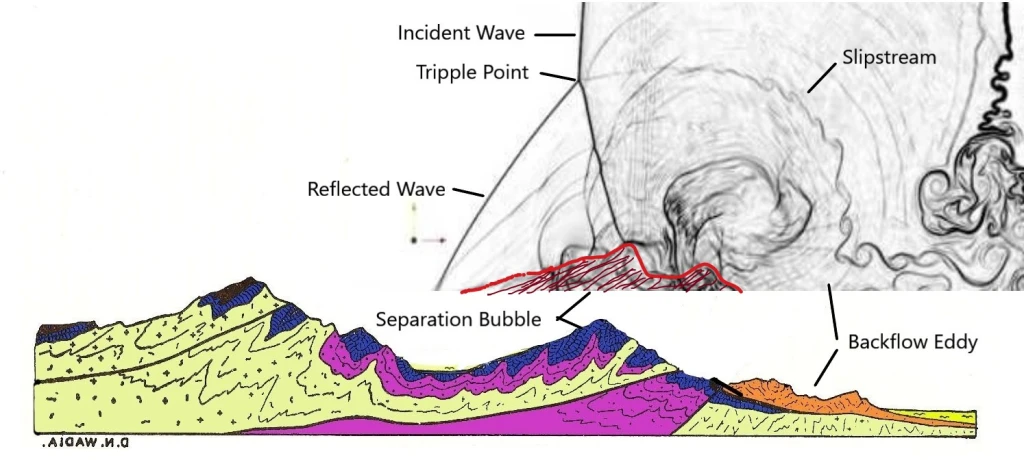
The separation bubble is an even higher pressure, lower velocity zone within the Lambda structure. It can also be turbulent, with sucking de-compression zones and backflowing eddies. It is subject to destabilizing as wind velocity fluctuates, and as the bubble fills with dust. The instabilities make identifiable patterns, one of which is ‘double peaks’.

It’s cause is the ‘expansion fan’, the third feature highlighted blue in the diagram, that creates a standing wave interference pattern. This is an interference pattern common in mountain ranges everywhere, where linear, windswept valleys stretch between rows of tetrahedral peaks caused by a low pressure expansion fan at the top of the separation bubble.

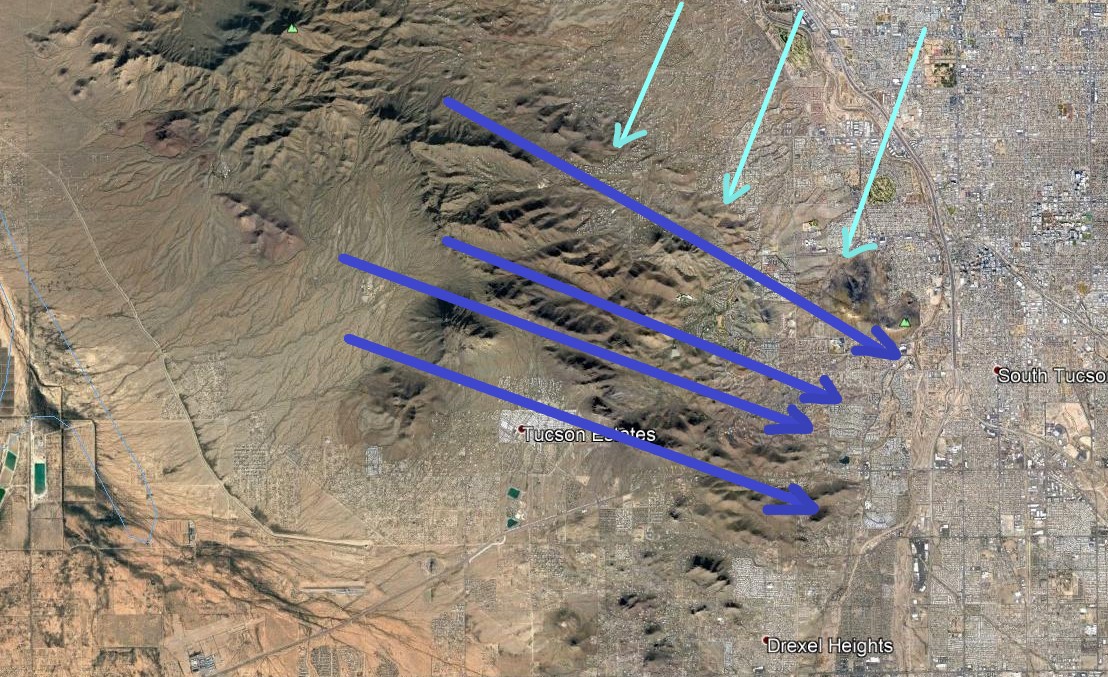
The Schlieren photo shows the low pressure zone created beneath the expansion fan that evacuates this region of the separation bubble with fast circulating winds, leaving a valley between two peaks. In profile, one sees two harmonic peaks, but is actually parallel rows of peaks.


It’s important to understand the expansion fans are standing-waves of low pressure that re-vector the wind 90 degrees to the wind forming the shockwave. It causes recirculation, or whirlpools of low pressure in their wake. The whirlpool effect redirects the wind ninety degrees, like a horizontal tornado obeying the right-hand rule, which is how the wind flows hugging the ground in the interference pattern.
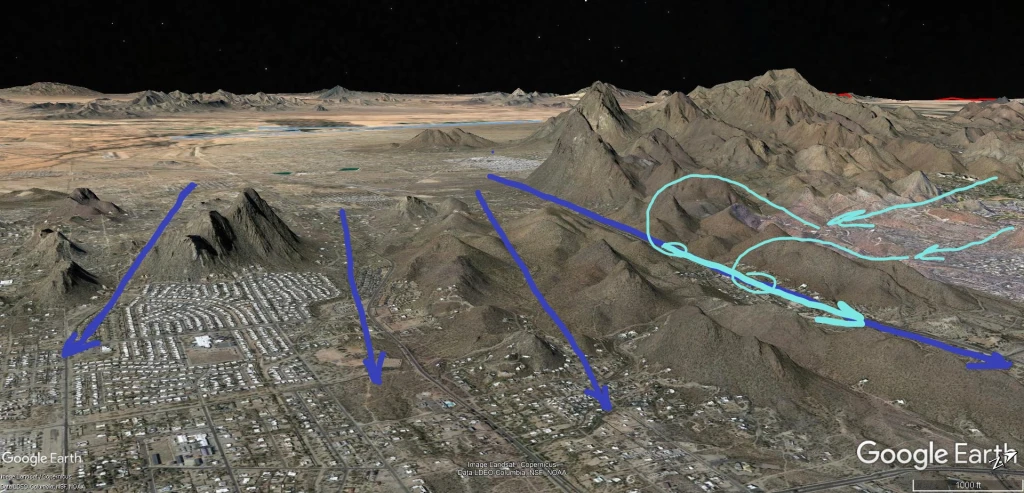
If conditions are right, the expansion fan can also suck dust into this region of the separation bubble and fill it, although examples are harder to find because they are usually beneath the ground. The example on the left shows an improbable convex hill made of concave stratigraphy. On the right is an example of an intrusive stratigraphy curling like a wave beneath a perfectly level ridge. This is, literally, a petrified tornado curled beneath an opposite polarity cross-wind that leveled the surface.
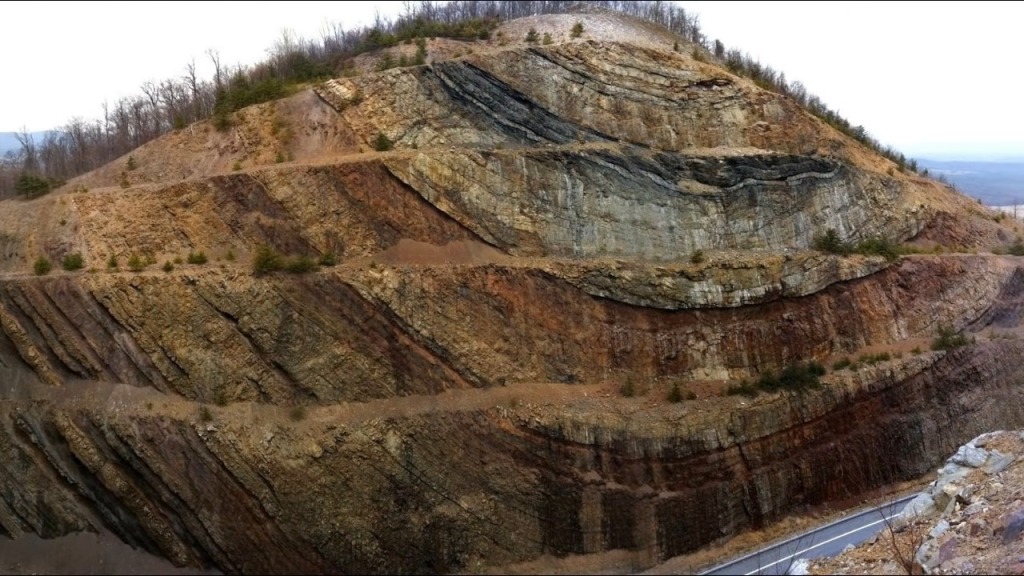
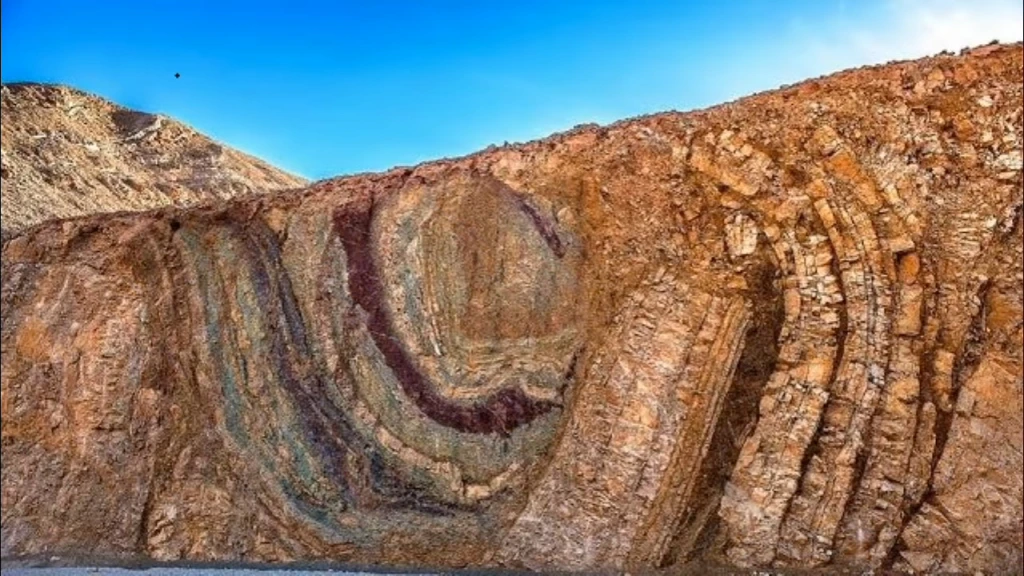
A separation bubble produces harmonics in wind tunnel tests that can be perfectly matched with complex mountain forms. Wind deposits “sediment” layers aligned with pressure regimes within the separation bubble. More often these are deposited in laminar planes, like this geologic depiction of the layers in the Catalina Mountains, in Tucson Arizona.

However, these pressure regimes curl like waves – because they are, – when there is turbulence.
Turbulent shockwave reflections can do the darndest, harmonic things when they are energized with high charge density. Note in the region downwind of the lambda structure shown next, there are regular, parallel, vertically linear shock reflections. This is a fine harmonic detail in the pattern of compression and rarefaction that can be found in extremely energetic events.
It’s expressed in the rock as regular perpendicular seams, where knife thin compression waves carried currents that evacuated matter and left checkerboard cracks.

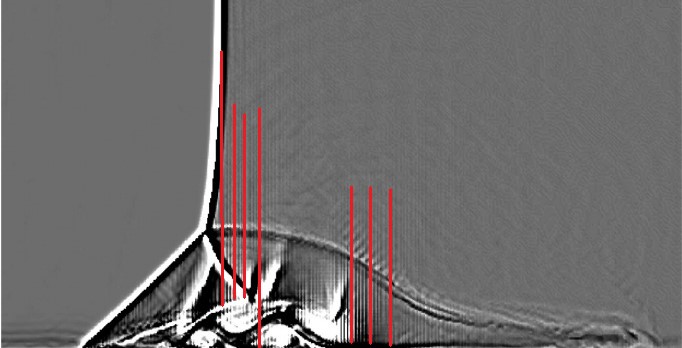
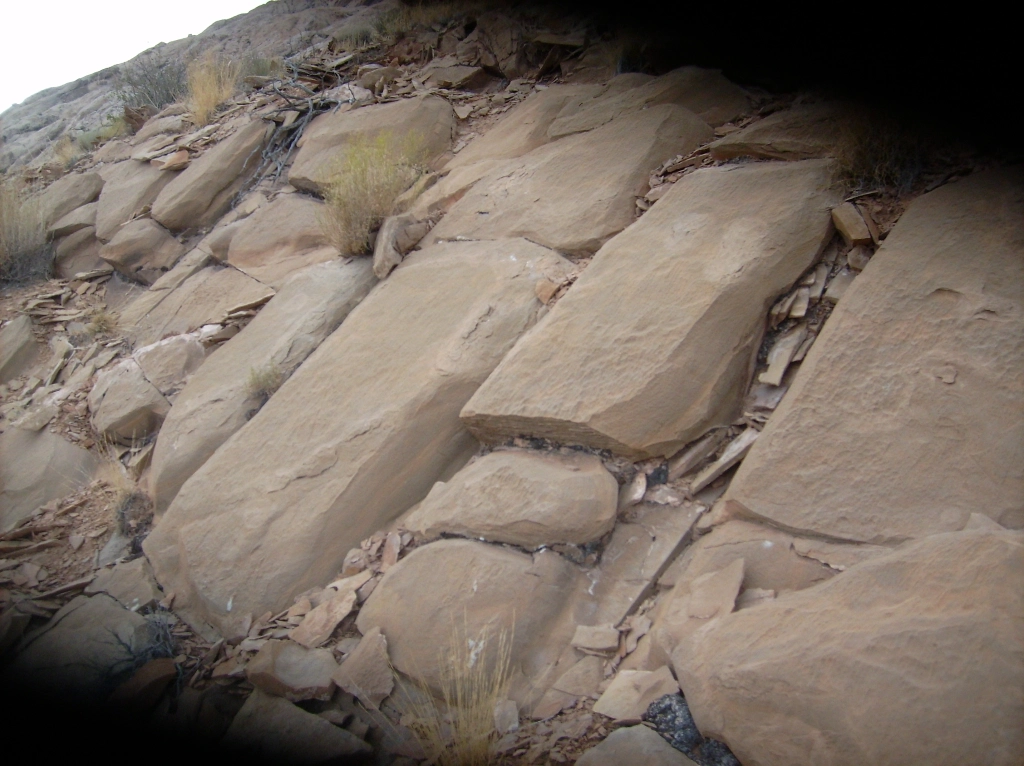
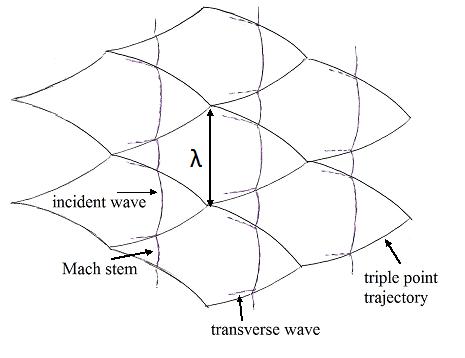
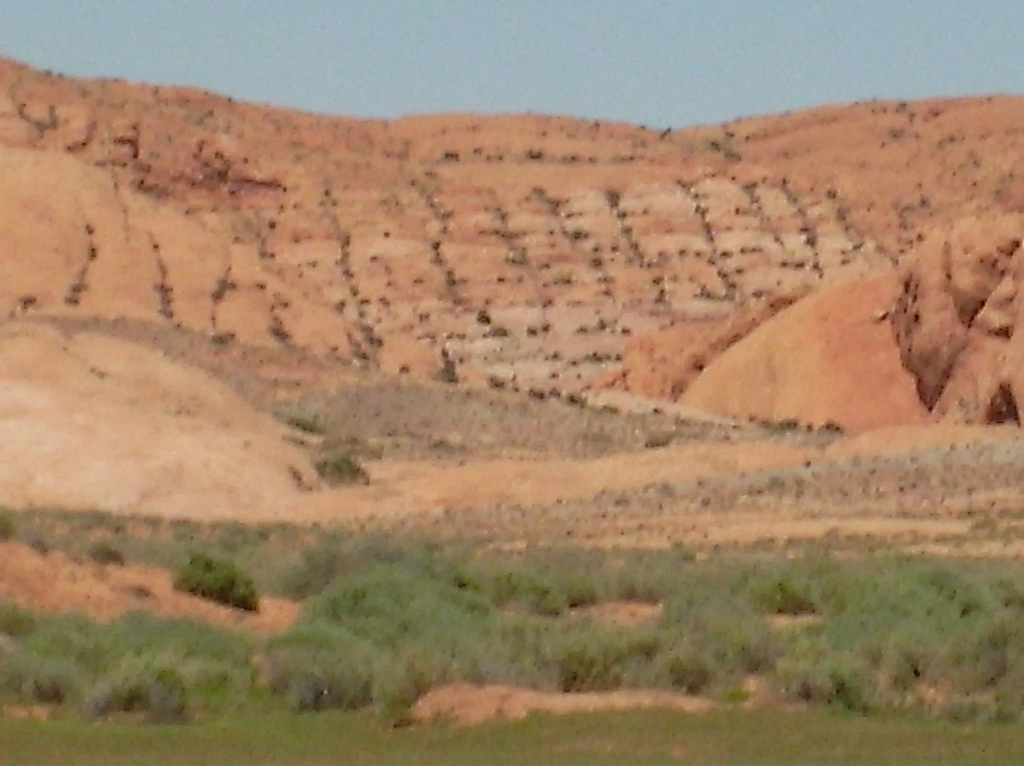
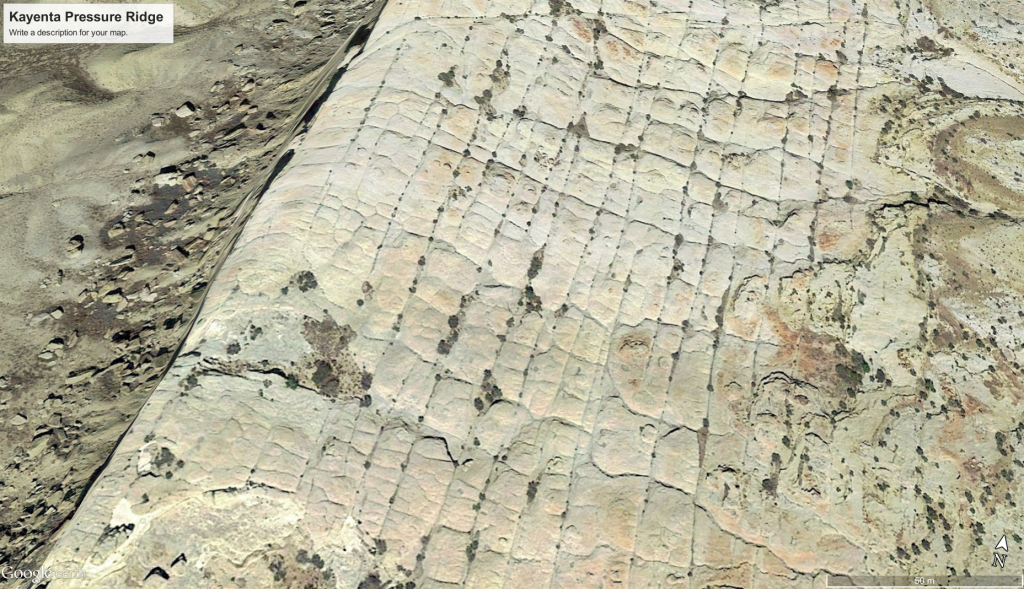
The next image shows greater fidelity of the intricate standing wave geometries that can form in the Lambda foot near the separation bubble. Bear in mind, the wind blows through sonic waves, but they aren’t bounded by the wind alone. They couple to, and vibrate the solid matter they contact, as some of the energy they convey reflects, and some absorbs depending on the properties of that material. These sonic wave patterns are what you’ll see if you examine rocks much. At least where I live, granite and quartz is crisscrossed with fissures in these same geometries.
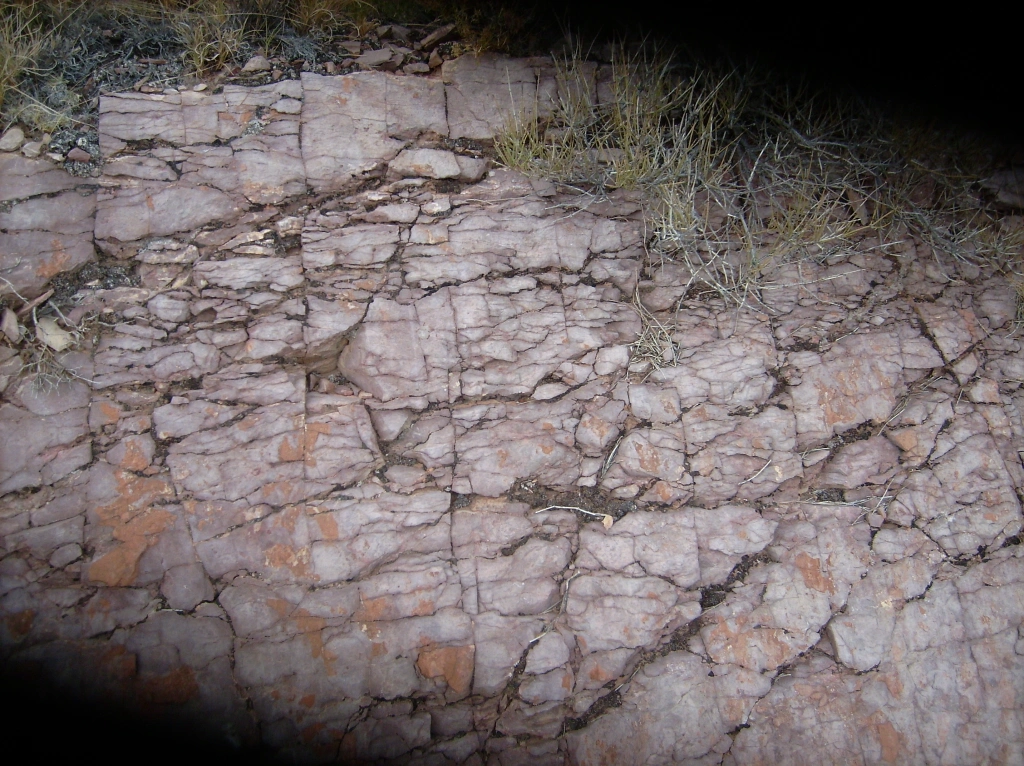
The coupling occurs because the matter is being deposited in a fluid, or semifluid state around the shockwave itself, and therefore molding to it’s intricate pressure regimes and boundary layers, all of which is energized with electric current that solidifies to rock as ions recombine to absorb the energy.
The following images display, on the left, a diagram of pressure regimes at the boundary layer of a reflected shockwave. On the right is a perfect example in nature where this exact thing happened, layering windborne dust in the exact mold of the shockwave because this dust deposited into the shockwave as the separation bubble filled, following its exact pressure and step-voltage profile. Yes, I said exact three times.
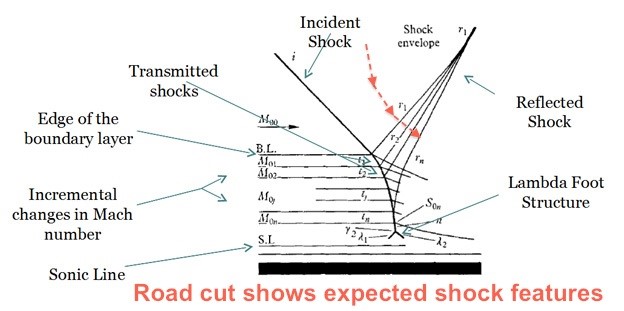
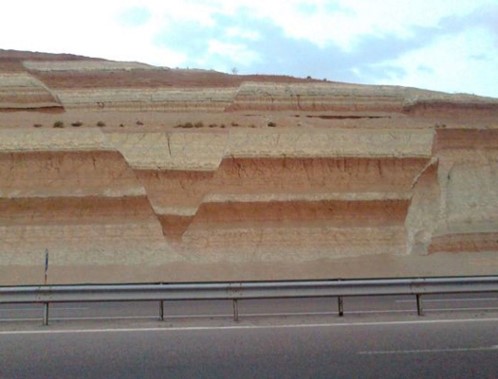
What’s especially telling of wind formation are downburst craters. Downburst craters occur where the eye of a cyclonic storm impacted the land beneath like a supersonic blowtorch. It typically created ‘boot-print’ craters, with the inner rim of the crater displaying harmonic, tetrahedral shock-patterns where the plasma wind deflected from the ground. The very type of cyclonic storm that produced boot-prints on Earth can be seen raging in Jupiter’s atmosphere today. The glaringly apparent harmonics in these waveform structures can fully be explained by plasma winds, and is reproducible – did I mention Jupiter, where it’s happening today?
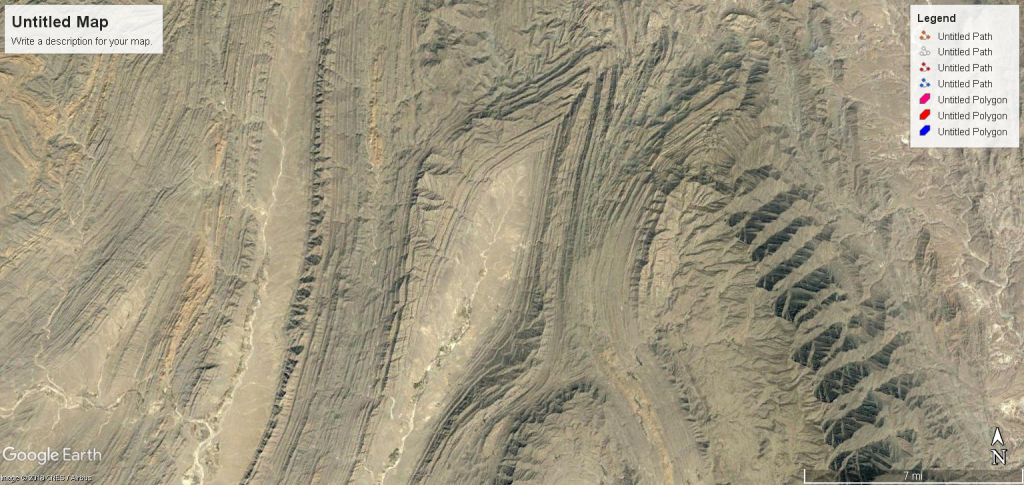
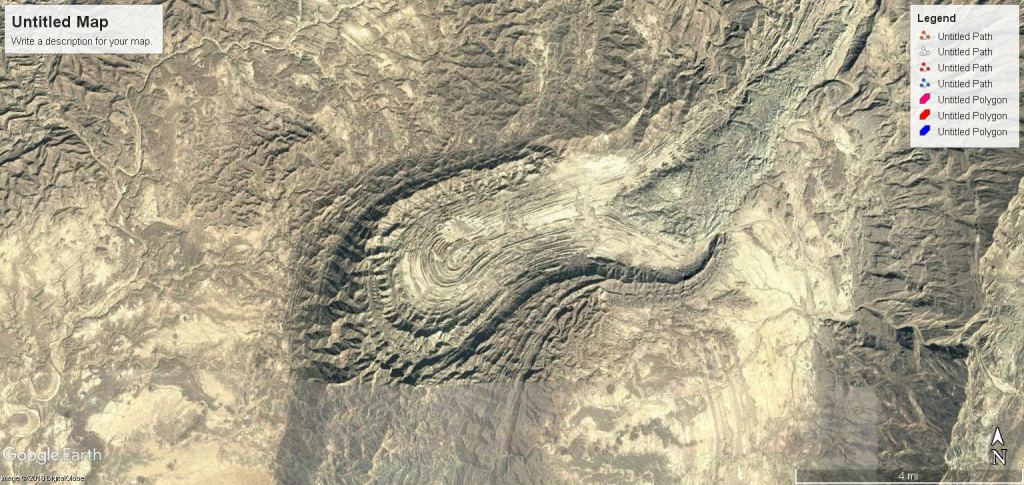
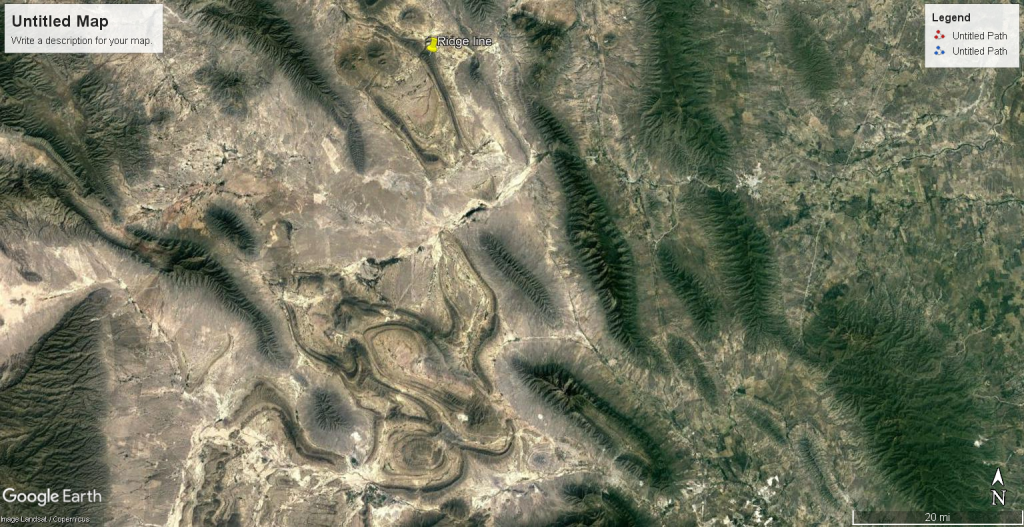
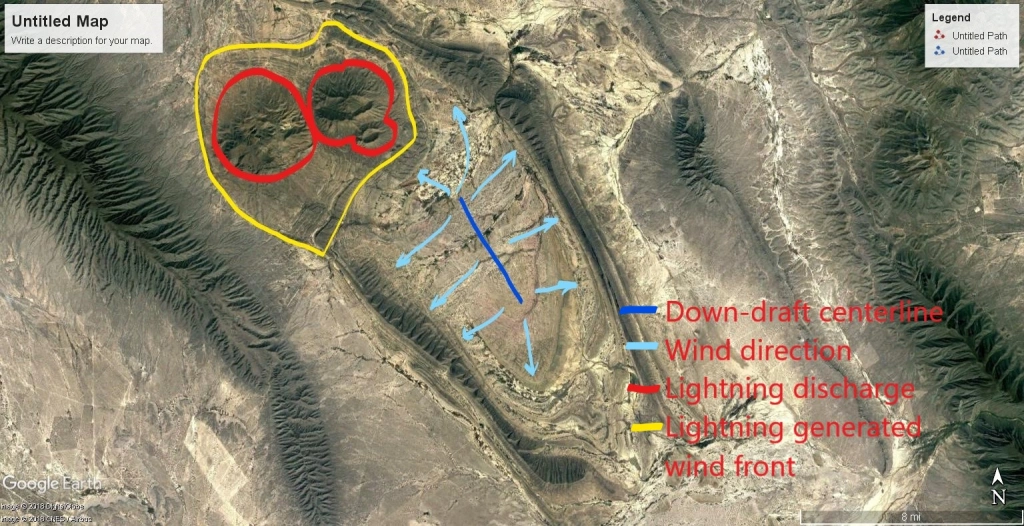
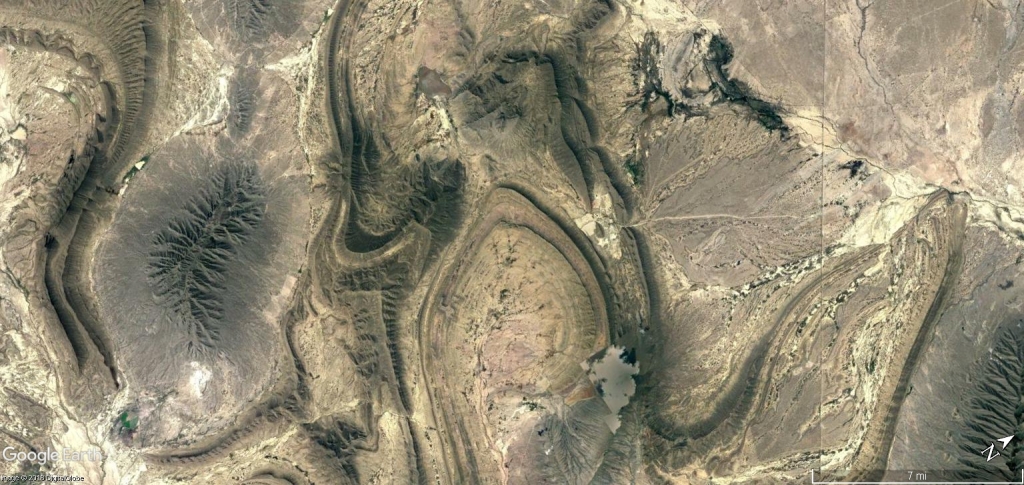



There is only one rational, reproducible cause that complies with known physics to produce such harmonic effects, and it’s not erosion. It is harmonic sonic waveforms produced by supersonic winds. Harmonic waveforms appear at every scale from the structure of the rock itself to the shape of the tallest mountains, and each and every one can be modelled with wind and a dose of current.
The next image highlights features of a mountain in Comb Ridge, Arizona, along the rim of Monument Valley, formed by an unstable shockwave. In it there is a circular hollow in the center of the tetrahedral mountain. This is also the result of an expansion zone that creates a tornadic circulation which eats into the separation bubble. Around it, harmonic mini-tetrahedrons are forming in forward positions as the destabilized shockwave was beginning to advance into the wind.
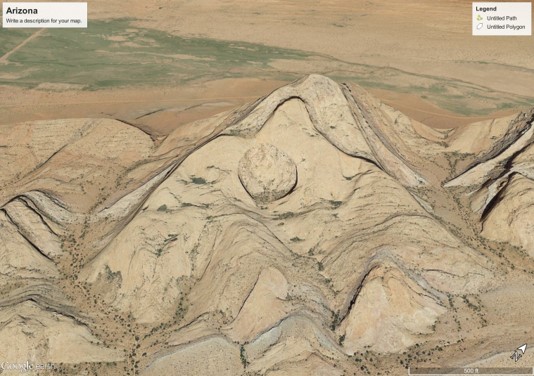
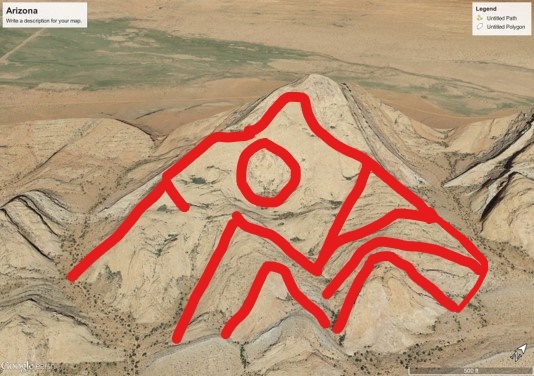
Next are highlighted prominent features on the image of an unstable shockwave produced in a wind tunnel. You can see, adjusting for perspective, they are patterned almost identically.
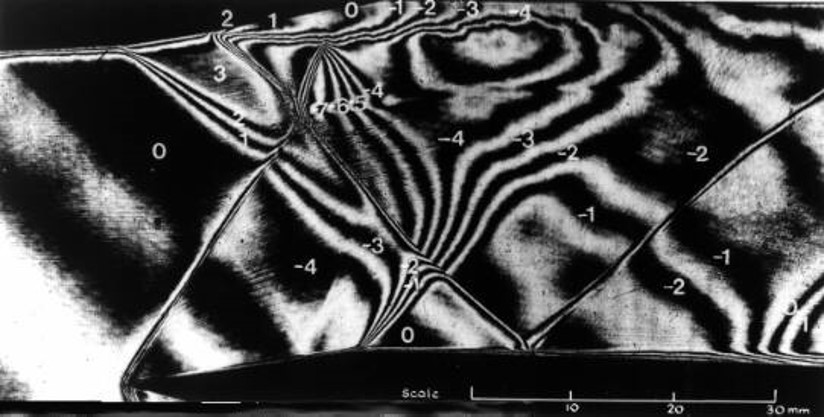

Which brings us back to Mt. Origami and it’s strangeness.
The hole is why. Mount Origami, like the mountain in Comb Ridge had a hole in it, too. It’s a very common thing to find such holes in mountain faces, because they were all formed by winds that repeated the same actions again and again. Here are a few examples:


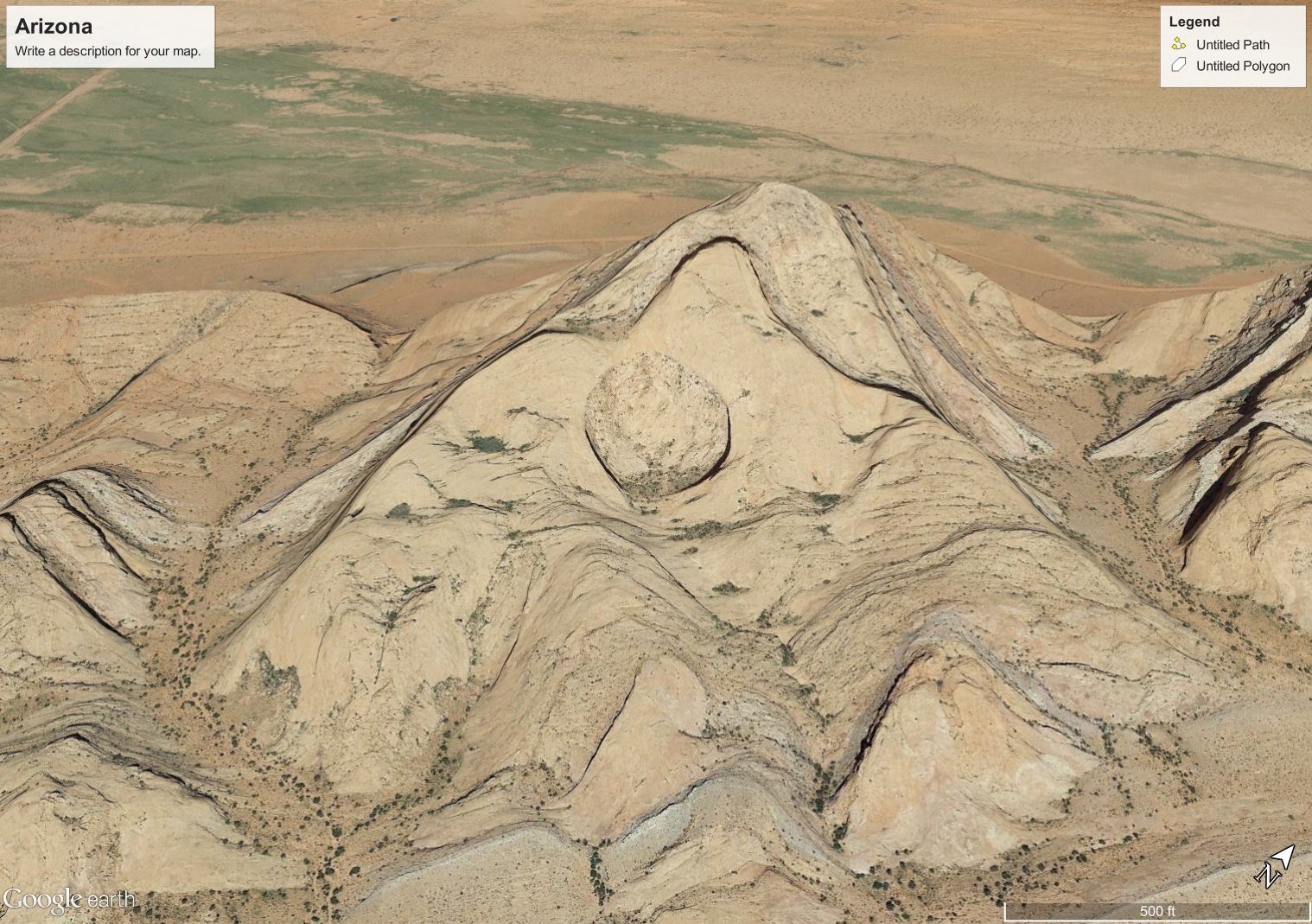
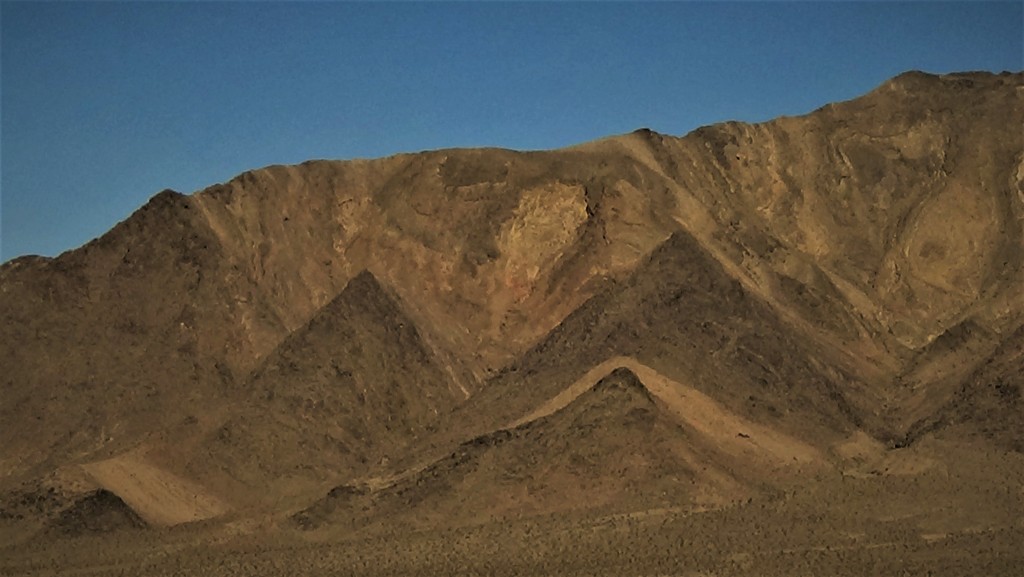
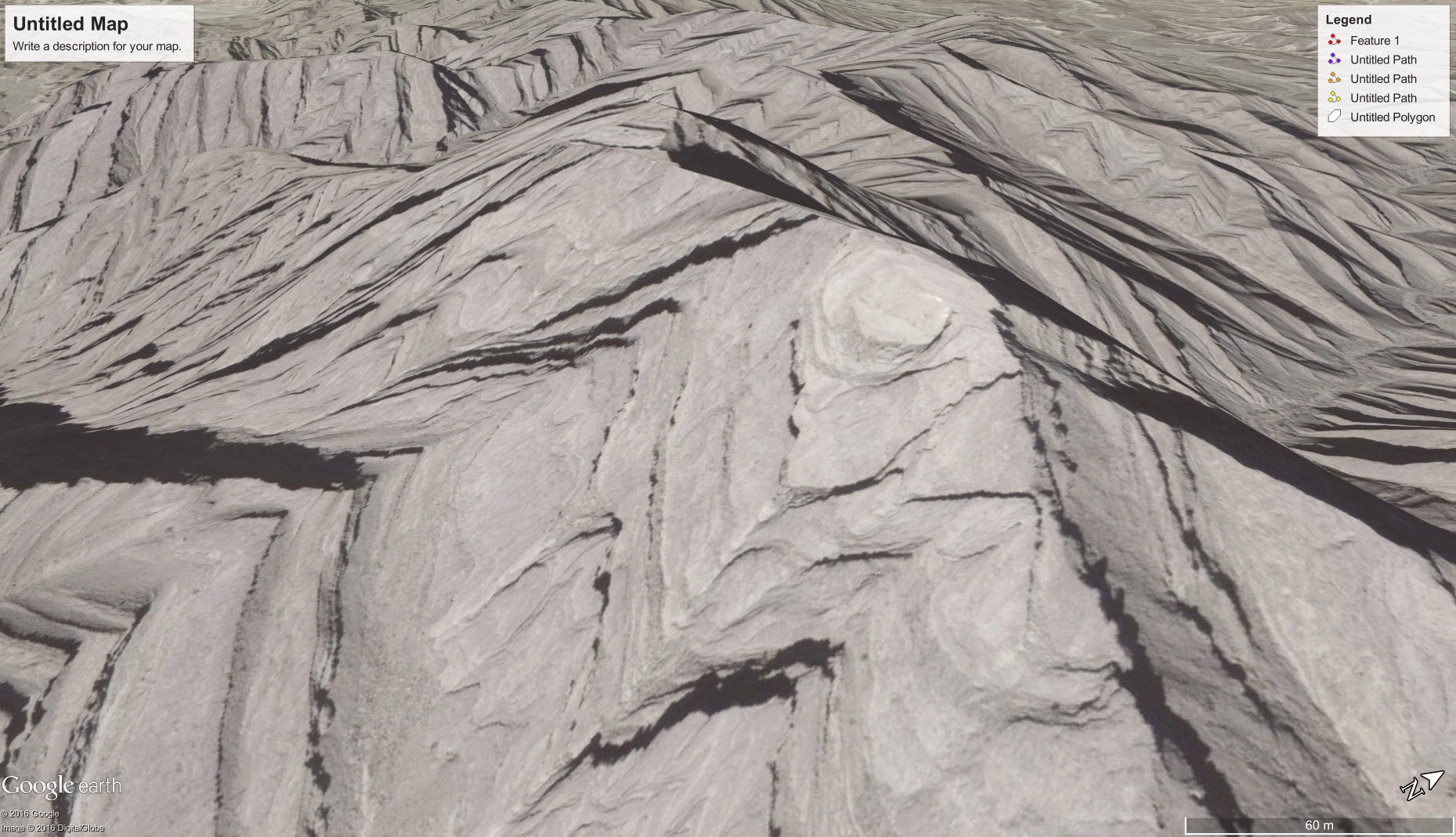
Look carefully at the next image, which is a close-up of the hole in the mountain in Comb Ridge. You will see the hole penetrates layers into the face of this tetrahedron, and even undercuts the rim. The hole penetrates deeper at the center, and concentric rings of the penetrated layers are exposed.

What forms these holes is a whirlwind that attacks the face of the tetrahedron due to instabilities in the shockwave. The whirlwind drives into the face like a drill. If conditions are right, this whirlwind can drill a hole in the mountain as it forms, and then suck dust from the upper regions of the airstream, and inject it into this hole like a firehose.
Being in a plasma wind, the whirlwind is a Marklund current, which is coaxial, with a spiraling negative current that draws matter up, surrounding a downdraft current of positive ions. The outer whirlwind drills the hole and the inner current gabs dust from above and injects into it.
Imagine taking a hot croissant from the oven, still chewy and too hot to eat. Before it cools, punch a hole in the center of it’s triangular face and inject it with cream cheese. Fill until it separates the croissant and lifts the top layer. Now, press your hand on it and squish until the cheese begins extruding out the sides. That is essentially what happened to Mt. Origami. Take a look:

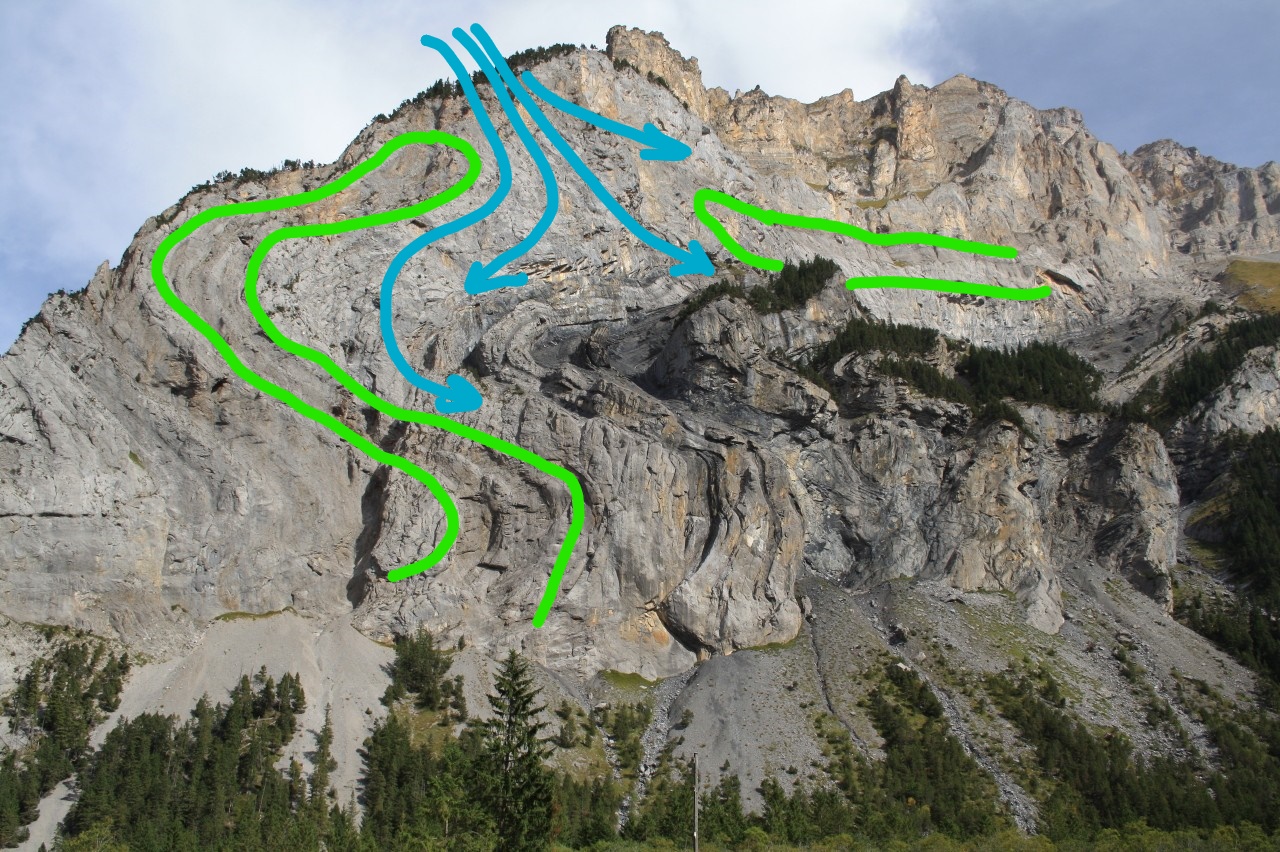
The outline, in green, profiles the hole discontinuity and blue lines trace the flowstone sucked into the gap. This tetrahedron formed in the separation bubble of a shockwave that destabilized, allowing a vortex to form on the face that penetrated the nascent tetrahedron and blew dust in, like injecting cream cheese. The shock wave itself, and the patterned layers that it molded, under tremendous pressure, were curled by the inflection in the wind, which changed the attitude and shape of the original tetrahedron, folding it back like a flap of croissant and filling beneath with hot fluid material.
The following pictures show where hot, semi-fluid matter extruded and dripped, covering the stratified layers with flow-stone.

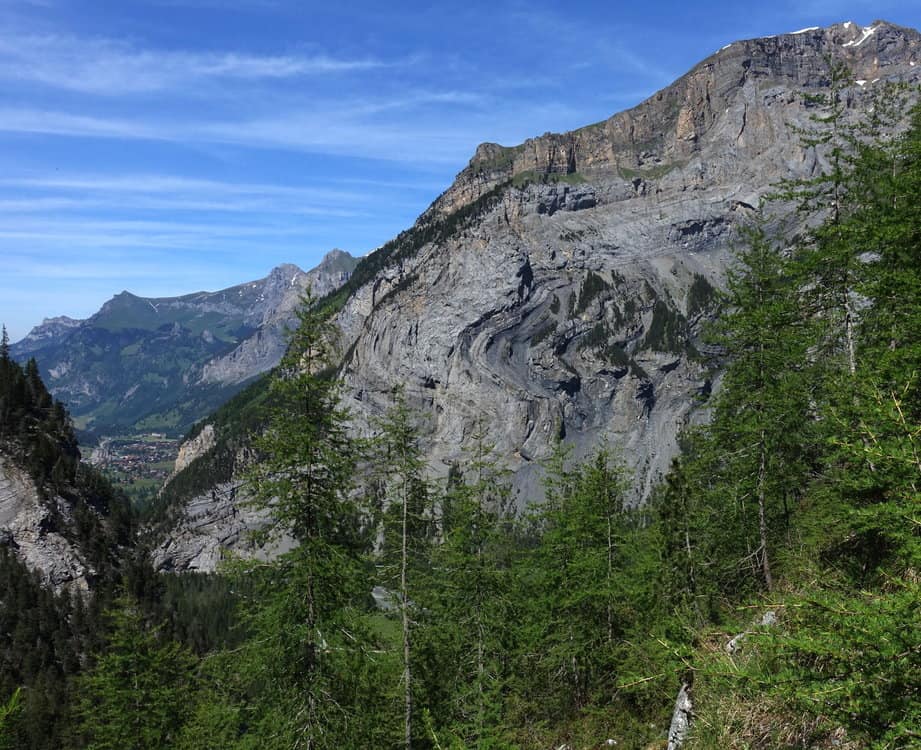

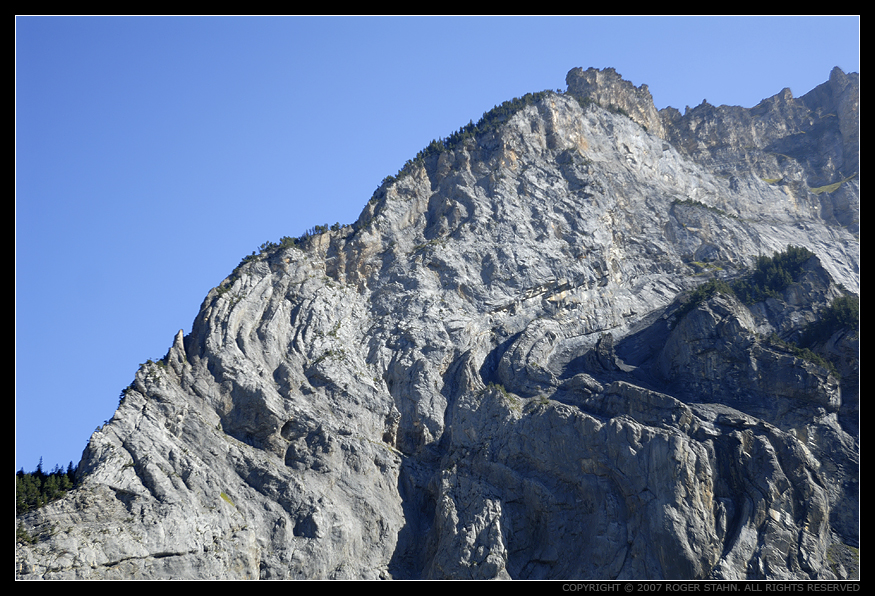
Perhaps you are still skeptical the wind could do this? Then take one more look at the entire panorama of the Gasterntal mountains. Examine all the details. It is a living sculpture in perfect profile of an unstable separation bubble, portraying in excruciating detail the turbulence in the wind.



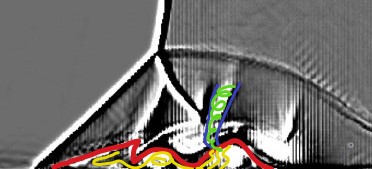


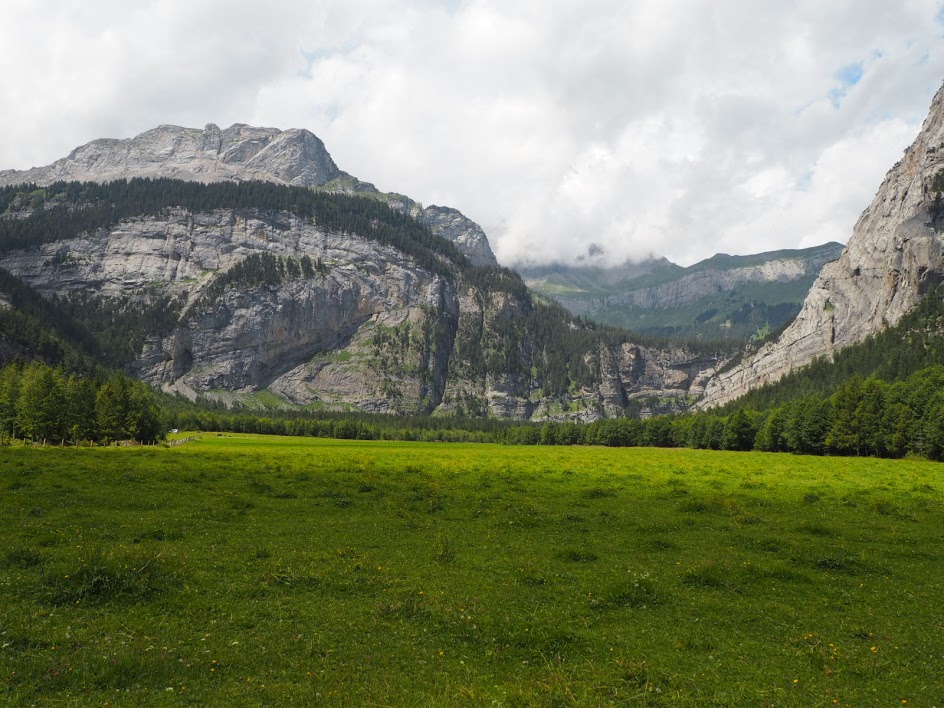
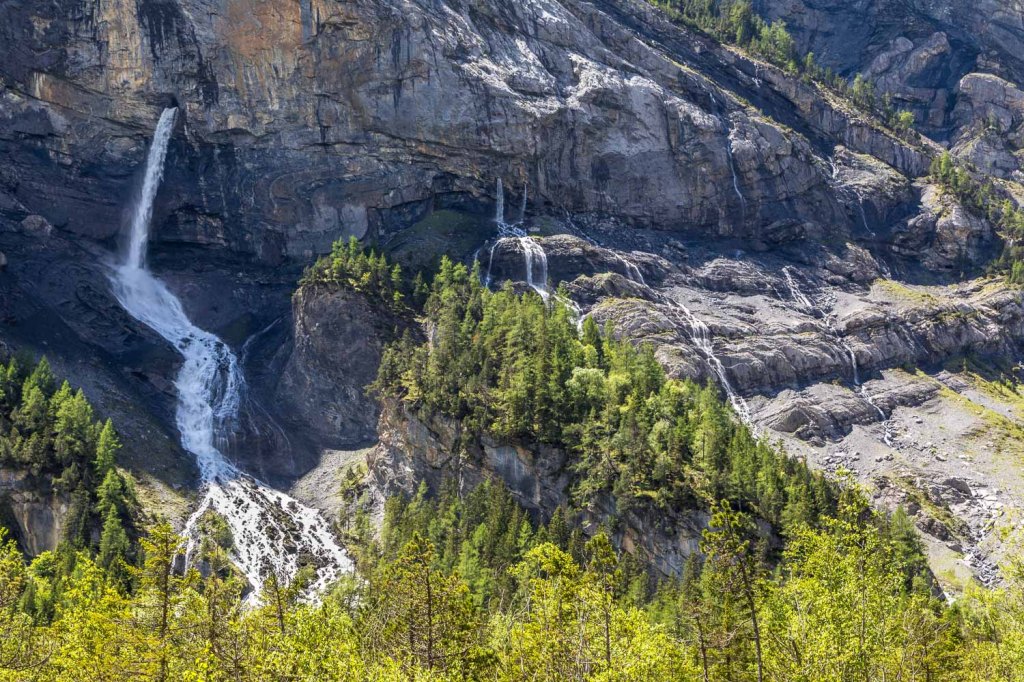
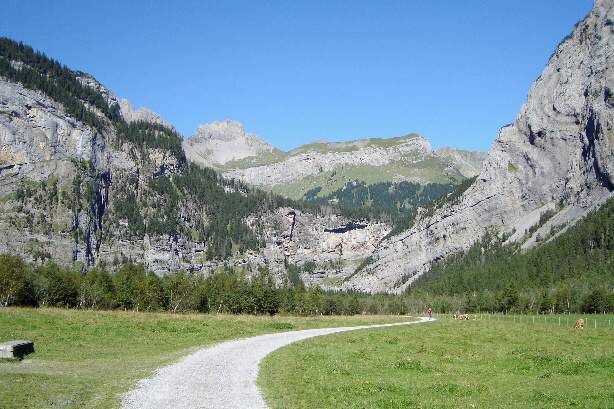
This should nail the coffin shut on consensus geology and prove plasma winds. The entire mountain displays intricate shockwave patterns that can be matched, curl for curl with a repeatable wind tunnel test. And this isn’t the only example of the same turbulent form in mountains. Mt. Origami happens to be the best example I’ve found.
Of course there will be those who call this pareidolia. They are the same people that say the paltry, one-way force of gravity shapes and powers the universe. They are the same people who say millions of years of erosion makes harmonic, perfectly formed tetrahedral peaks in the shape of shockwaves. They also say a room of monkeys could write the Bible if given enough time. They are the consensus – herd minds who have shepherds who feed them this nonsense. But for normal people, I think common sense and a pair of eyes is all that’s needed to see what is actually sitting in Switzerland.
Wind blew through sonic shock patterns of high charge densities, carrying matter. A chemical Pandora in reverse – all jammed together in layers that conformed to shockwaves that came and went. A brief interference pattern caused by some ‘Velikovsky-style’ event. Only their pattern is left behind, as solid as a rock.


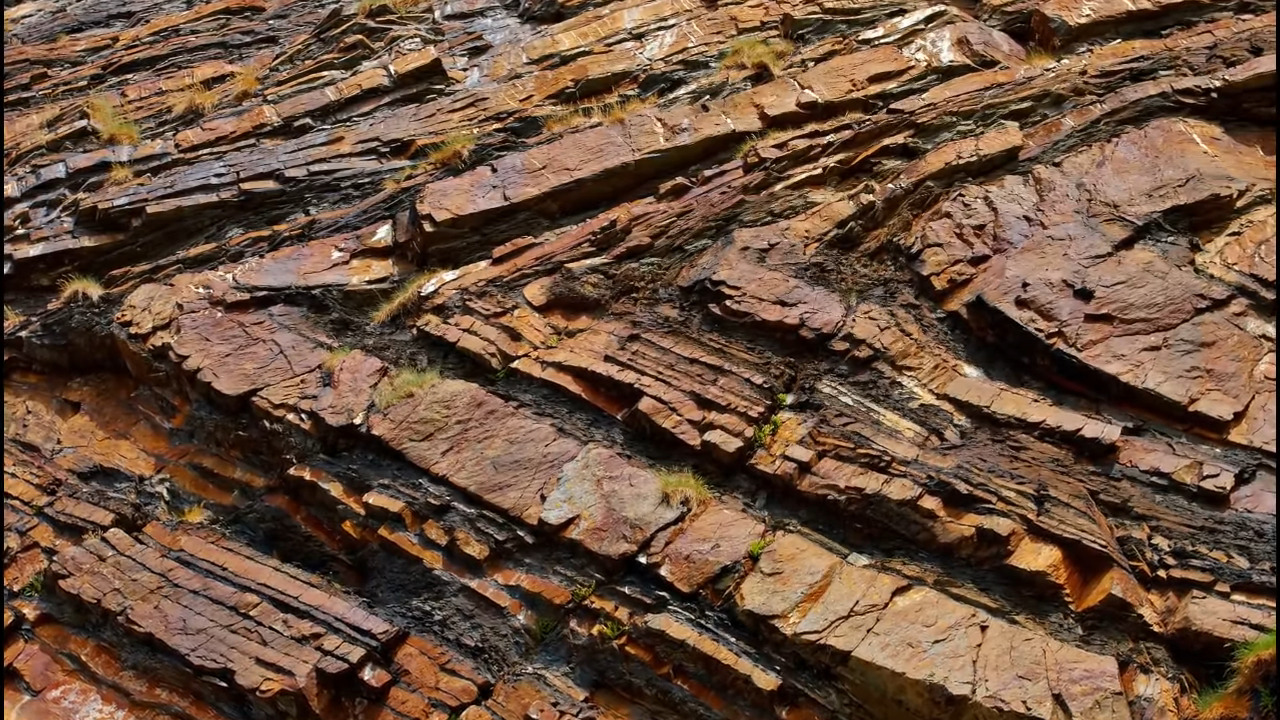
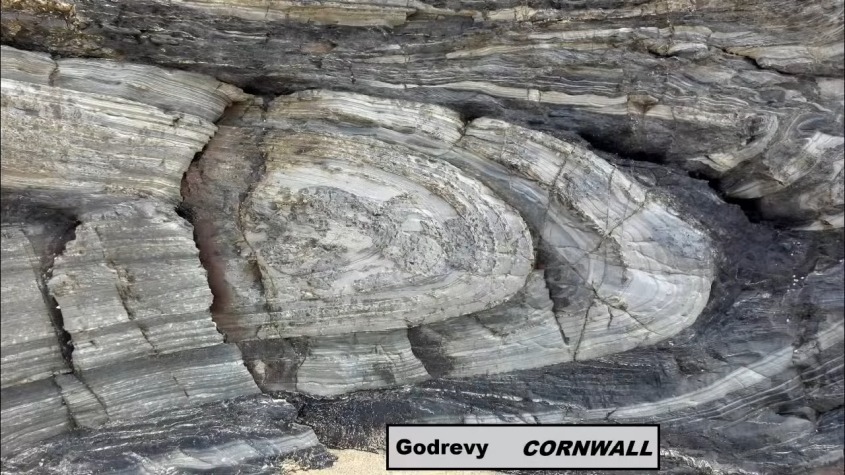

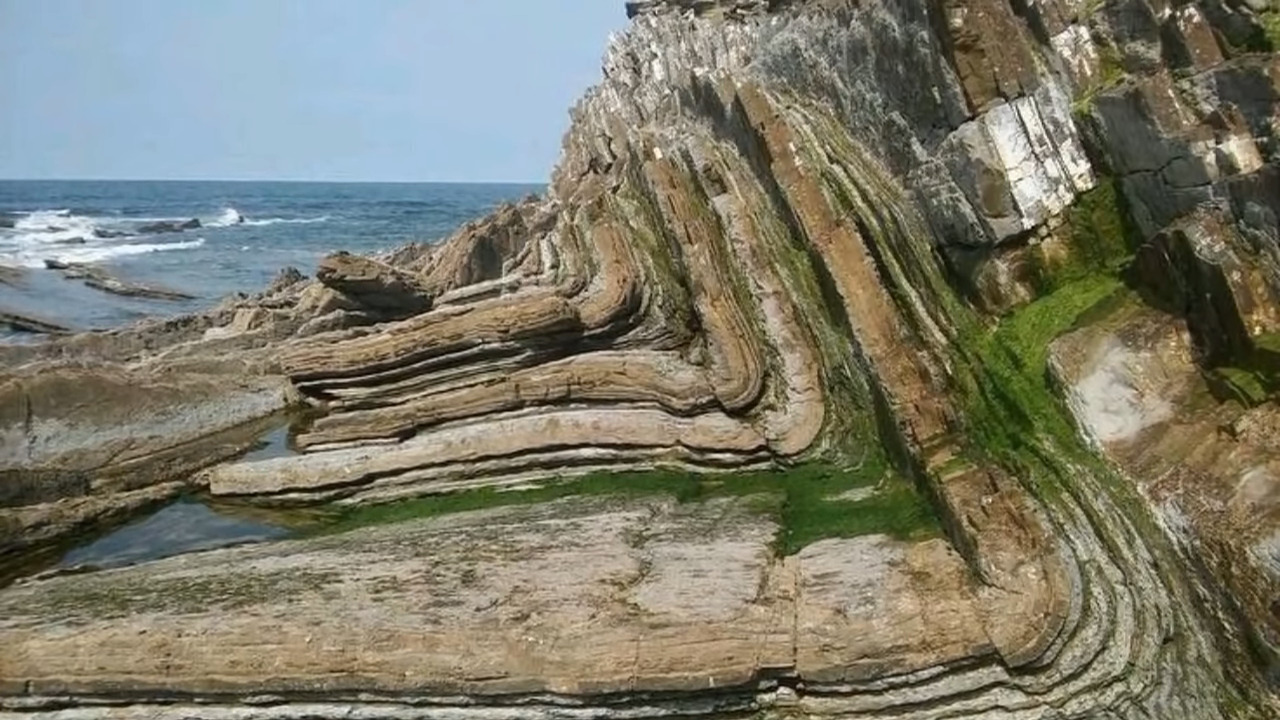
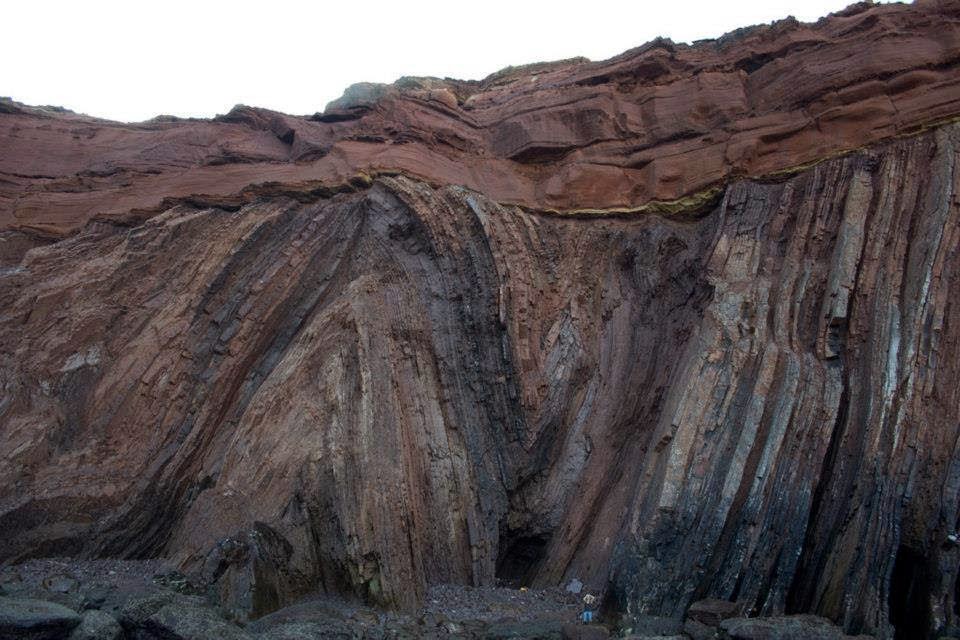
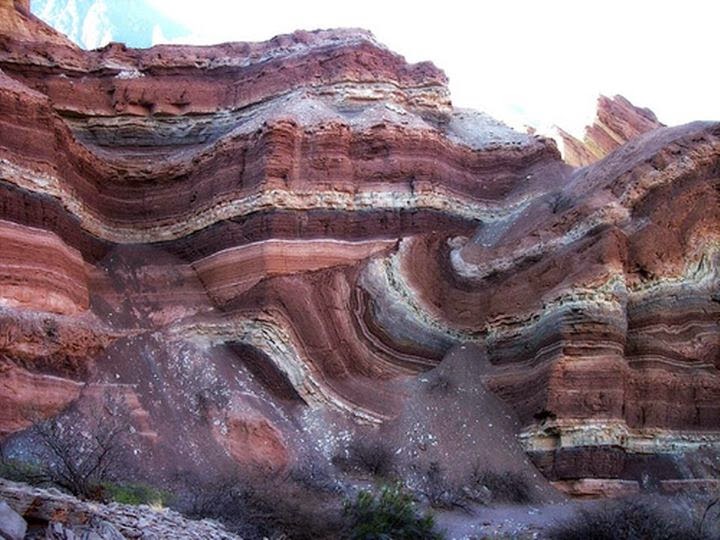
There is no need for equations, or a PhD. Nature provides the empirical knowledge by example. God wants us to know. Besides, you must be aware by now, a PhD is evidence of complete matrix absorption – the highest level of brainwash.
This is why I am a Natural Philosopher, not a psy-op-entist. Why waste time on detailed forensics when the truth has already been revealed? It’s my Dharma, which is to say, my pleasure to show humanity, not to prove anything. Belief is in each individual’s heart; not charts, or equations. You look, you see, you think and you decide.
Thank you, and Cheers!
